Hiking the Tour du Mont Blanc in September and October : everything you need to know
by Trekking Mont Blanc | 24 November 2022 | Tour du Mont Blanc: itineraries , Tour du Mont Blanc: tips
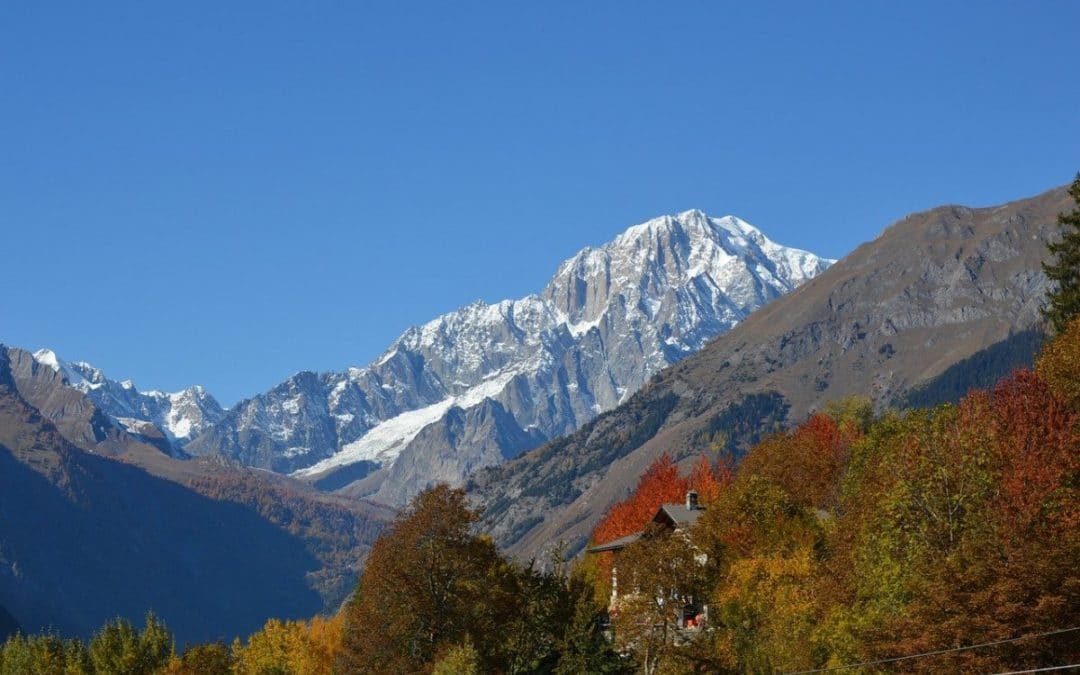
When planning to do the Tour Du Mont Blanc, it is necessary to think about the best time to do it. The best time to do this trek is between mid-June and early October. Most walkers do it in July and August. However, doing the Tour du Mont Blanc in autumn is possible and is even an excellent idea!
July and August are the most popular months for hikers because the temperatures are more pleasant. It is also during this period that many people can go on holiday.
But how about not doing what everyone else is doing, by postponing your departure a bit? In this article, discover the advantages of doing the Tour Du Mont Blanc in autumn and our tips to make it a success! 🙂

Why hiking the Tour Du Mont Blanc during the fall is a great idea
There are many arguments to convince you to do the Tour du Mont Blanc in September and October.
First of all, autumn means fewer people on the trails .
This is an important point when you are looking for the serenity and peace of the mountains. You will be able to enjoy a calmer, more leisurely trek, really taking the time to recharge your batteries at the rhythm of nature.
Less crowds on the trails also means more accessible and less crowded mountain huts . This is the perfect opportunity to spend more peaceful nights and avoid the panic of not being able to book a night!
Doing the Tour Du Mont Blanc in autumn is therefore an ideal choice for all those of you who are looking for the silence, peace and quiet of the high mountain pastures on their route.
June is also a rather quiet period on the trails of the Tour Du Mont Blanc. However, the snow is still present at low altitude and in exposed passages such as the Fenêtre d’Arpette . It will be difficult for you to use certain sections unless you invest in appropriate mountain equipment (crampons, rope, ice axe…). You may even have to consider doing part of the trek with a mountain guide .
In September, the snow has had time to melt and is therefore absent from the trails of the Tour Du Mont Blanc. The practice of alpine variants is therefore much easier!
For example, it will be much easier to take the Haute Route du Tour du Mont Blanc, a more sporty and alpine itinerary that will surely leave you with a great and unforgettable memory of the Tour du Mont Blanc.
It would not be wrong to say that in autumn the temperatures are a little cooler than in June or in the middle of summer. However, they are still largely bearable and do not require you to get out the big down jackets, and other winter hiking clothes. Although they are getting shorter, the days are still long, which allows you to fully enjoy your experience.
How to hike the Tour Du Mont Blanc in September or October?
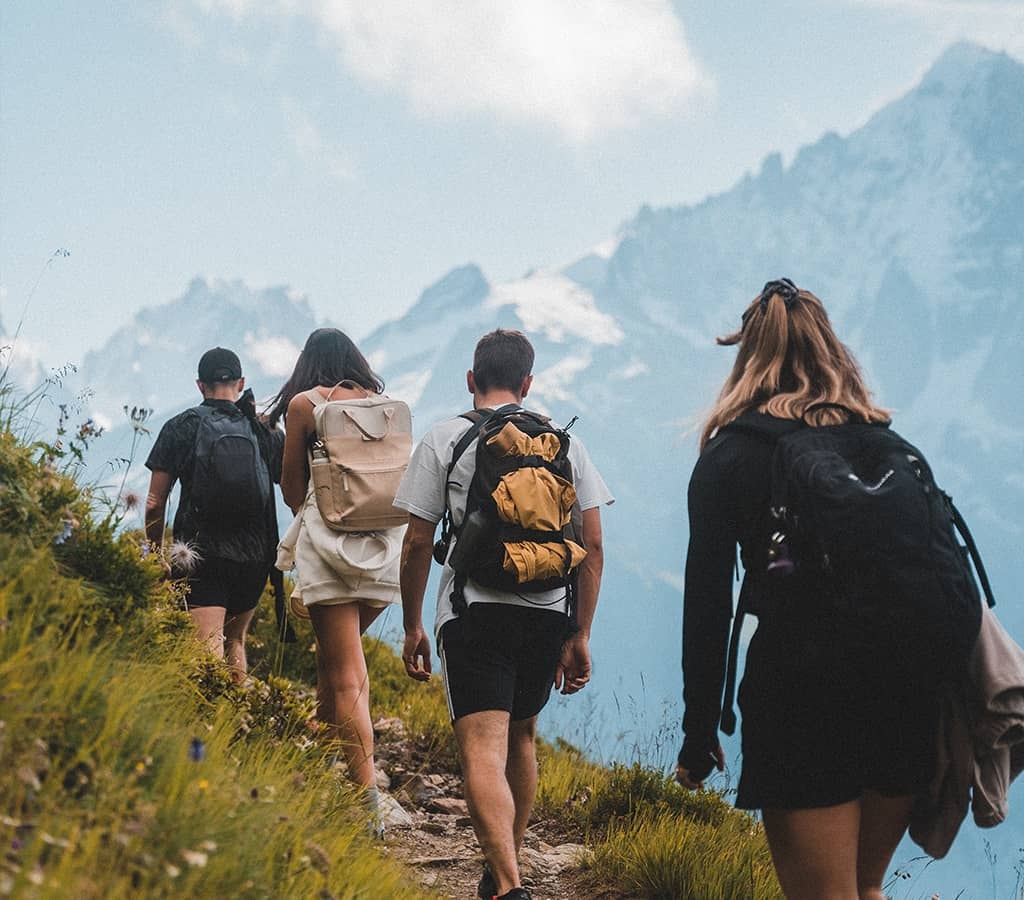
To do the Tour du Mont Blanc in September and October , several routes are possible. To help you to make your choice, we list here three of them answering different constraints such as time or difficulty.
Which itinerary to choose to do the Tour Du Mont Blanc during the fall?
The tour du mont blanc by the classical way.
To do the Tour Du Mont Blanc in autumn, there are several possibilities.
- The classic route: between 9 and 11 days
- The shortened route: 7 days
- The Haute Route: an alpine variant
The first and most complete one is to do the whole Tour Du Mont Blanc .
Depending on your itinerary and your pace, you will hike 9 to 11 days , covering nearly 170 km and facing more than 10,000 meters of vertical drop .
This trekking route does not leave out any pass, any village, any passage of interest. You will discover all the richness of the French, Italian and Swiss valleys. It is the ideal route for those who can afford to take the time to discover in depth all the wonders that the massifs shelter!
Another option is to do the Tour du Mont Blanc in 7 days . This is an option often chosen by those who can’t spare more than a week in their holidays.
Less difficult, with a little more than 7000 meters of positive difference in altitude , it will take you along the most beautiful stages of the Mont Blanc in a minimum of time.
Crossing also the three border countries, you will be able to enjoy all the most beautiful places and panoramas of the French, Swiss and Italian massifs, selecting only the best stages.
Please note: this itinerary requires transfers by shuttle, bus or private vehicle, which requires a more extensive prior organization.
The Haute Route
Finally, for the more adventurous among you, there is a less conventional route called the Haute Route of the Tour du Mont Blanc .
In September and October, the itinerary of this Tour Du Mont Blanc in autumn is well cleared and more practicable than at the beginning of the season.
A little known variant of the Tour Du Mont Blanc, the route goes through the heights. This 7 day trek in the Alps takes in several little marked passages, even off trail. You will also cross several glaciers! In short, an unforgettable mountain experience 🙂
To do this Tour du Mont Blanc in autumn, it is highly recommended to have some hiking and mountain experience before embarking on it.
Otherwise, we advise you to do this Tour Du Mont Blanc with a guide.
What hiking gear should I bring to do the TMB?
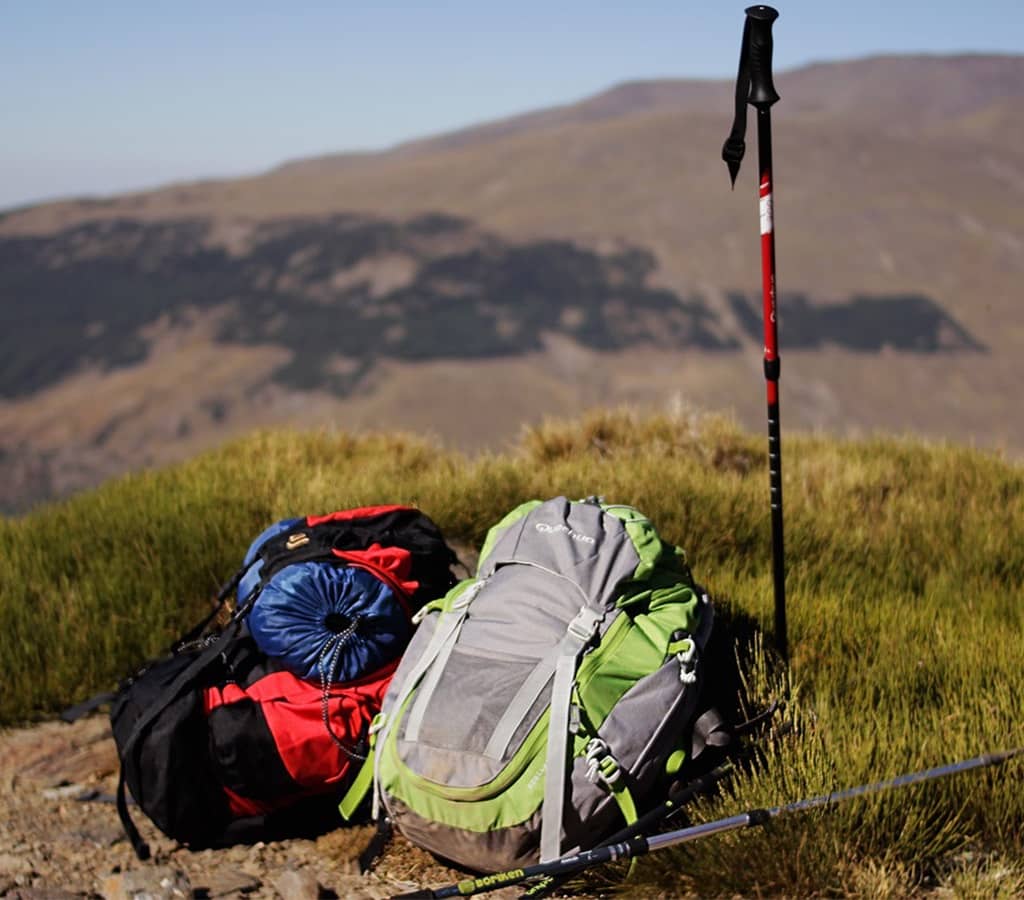
Trekking equipment
The trekking gear you need to take to do the Tour Du Mont Blanc in autumn is not much more important than what you would take if you were doing it in summer. If you plan to sleep in refuges on the Tour du Mont Blanc , you won’t need to bring any specific additional equipment except for appropriate hiking clothes.
Be careful to prepare your departure . It is possible that some refuges close their doors in September. We therefore advise you to find out when they will be open and to book your nights before you leave for greater peace of mind.
If you are more of a backpacker, you still have the possibility to do the Tour Du Mont Blanc in bivouac , even during September and October. In addition to taking your tent with you, you will need equipment adapted to the temperatures you will encounter at night.
We therefore recommend that you take the following equipment with you for a trouble-free autonomous trek:
- a sufficiently warm duvet so as not to feel cold at night. For optimal comfort, we advise you to take a bag with a comfort temperature of around 0 degrees.
- A sufficiently insulating floor mat (with an R-Value of at least 3.5) to try to limit the humidity and cold of your bedding as much as possible.
- a silk sheet , which allows you to gain a few more degrees, and will ensure that you spend your nights warm.
Hiking clothes
Even if the weather is generally still nice (and sometimes warm) in the Alps in September or October, temperatures can quickly drop in altitude. If this is not a problem to do the Tour Du Mont Blanc in autumn, it is still necessary to dress accordingly.
For the fall season, we recommend that you pack three layers of clothing, which will allow you to easily adapt to the climate you will encounter:
a light and breathable first layer : a synthetic fibre t-shirt like a sports t-shirt. Lightweight, it will allow you to feel comfortable during your long walking sessions.
a second, more insulating layer : to protect you from humidity. A fleece like those sold at Decathlon which are very efficient and reasonably priced.
a third, slightly thicker layer : this will protect you from the biting wind of the mountain pastures and from the rain. The waterproof jacket, although a little more cumbersome, can quickly become your best friend in case of bad weather.
This complementarity between the layers ensures great modularity according to the climate and temperatures and allows you to easily remove or add one of them.
If you are still afraid of being cold, we advise you to bring some extra clothes:
- A merino wool t-shirt : known for its lightness, its breathability and its antibacterial properties (and therefore effective against bad odours), it will be a perfect ally in case of cool temperatures.
- Gloves : especially for the morning and evening or in autumn.
- A hat : it will allow you to protect your ears which also tend to suffer from the cold.
- An extra insulating layer : like a soft-shell or micro-fleece for example, to be sure to counter the humidity and cold
- Warm hiking socks : which, like the gloves and the hat, will protect your feet, which often tend to suffer from the cold in the mountains.
- A tights : for the night to ensure additional insulation, and will allow you to be sure to sleep in the comfort of a warm environment.
To conclude our article, we must remember that no matter the season, doing the Tour Du Mont Blanc is an unforgettable experience . However, autumn offers some important advantages to start the adventure.
So, it’s time! Choose your route, pack your backpack, and after carefully preparing your departure, embark on this incredible adventure, full of surprises 🙂
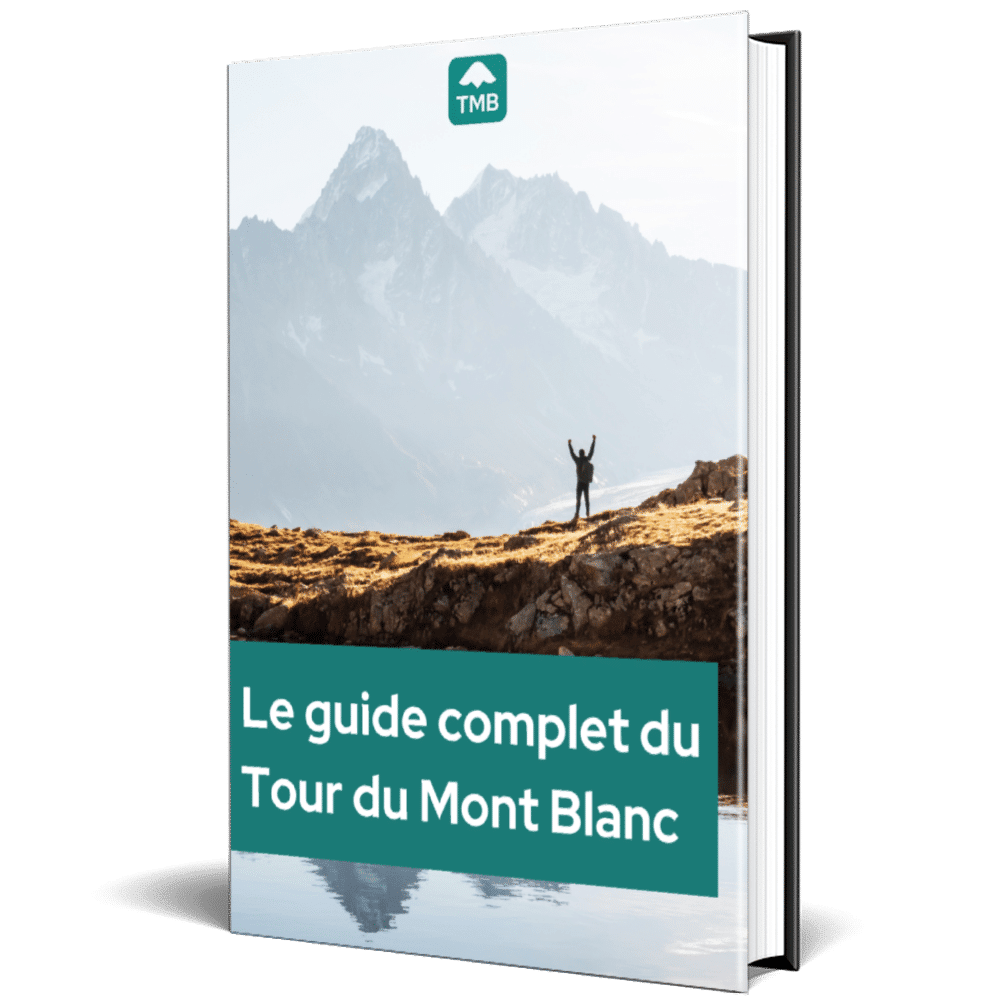
Obtenez gratuitement le guide ultime du Tour du Mont Blanc !
Itinéraires, refuges, conseils de préparation physique, liste de matériel et vêtements... Toutes les réponses aux questions que vous vous posez sur le plus beau trek d'Europe se trouvent ici ! Forts de leur expérience, nos guides ont compilé tout leur savoir dans un guide complet de plus de 50 pages. Téléchargez-le gratuitement ici 🙂
- Tips for hiking and trekking
- Tour du Mont Blanc: itineraries
- Tour du Mont Blanc: tips
- Trekking and hiking gear
- Trekking in the Alps
- Uncategorized
D’autres articles qui peuvent vous intéresser
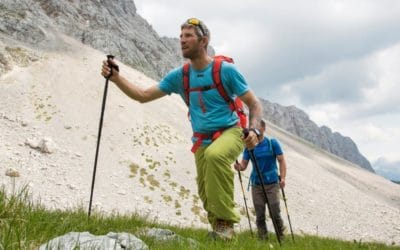
How to choose hiking poles?
by Trekking Mont Blanc | 30 November 2022 | Trekking and hiking gear
How to choose the best hiking poles? This is a question that is (very) often asked, but there is no simple, ready-made answer. However, choosing the right trekking poles is essential for them to accompany you effectively on your outings...
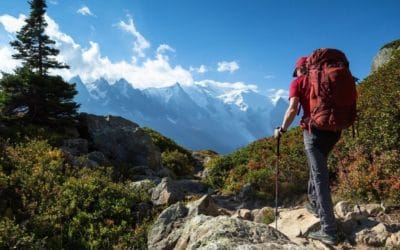
10 useful information and tips on the Tour du Mont Blanc (TMB)
by Trekking Mont Blanc | 29 November 2022 | Tour du Mont Blanc: tips
The Tour du Mont Blanc is a trek that is the dream of many hikers and nature lovers in France and around the world. On this trekking itinerary, varied landscapes and grandiose panoramas are offered to the walkers who cover it and in...
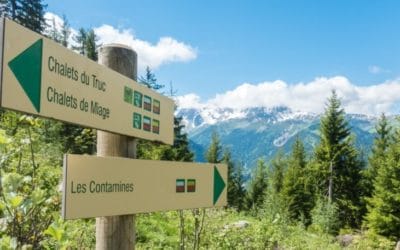
How to read the Tour du Mont Blanc markers and signs in France, Italy and Switerland
by Trekking Mont Blanc | 29 November 2022 | Tour du Mont Blanc: itineraries , Tour du Mont Blanc: tips
The Tour du Mont Blanc was first marked between 1950 and 1952, making it the first truly international GR®. Indeed, it was in 1947 that the Comité National des Sentiers de Grande Randonnée (CNSGR) was born. Three years later, the CNSGR...
- Chamonix Tourism
- Chamonix Hotels
- Chamonix Bed and Breakfast
- Chamonix Vacation Rentals
- Flights to Chamonix
- Chamonix Restaurants
- Things to Do in Chamonix
- Chamonix Travel Forum
- Chamonix Photos
- Chamonix Map
- All Chamonix Hotels
- Chamonix Hotel Deals
- Last Minute Hotels in Chamonix
- Things to Do
- Restaurants
- Vacation Rentals
- Travel Stories
- Rental Cars
- Add a Place
- Travel Forum
- Travelers' Choice
- Help Center
Tour Du Mont Blanc in October - Chamonix Forum
- Europe
- France
- Auvergne-Rhone-Alpes
- Haute-Savoie
- Chamonix
Tour Du Mont Blanc in October
- United States Forums
- Europe Forums
- Canada Forums
- Asia Forums
- Central America Forums
- Africa Forums
- Caribbean Forums
- Mexico Forums
- South Pacific Forums
- South America Forums
- Middle East Forums
- Honeymoons and Romance
- Business Travel
- Train Travel
- Traveling With Disabilities
- Tripadvisor Support
- Solo Travel
- Bargain Travel
- Timeshares / Vacation Rentals
- Haute-Savoie forums
- Chamonix forum

And I only have 7 days to spare for the hiking, is it possible to complete it or have a shorter route for the hike? I am physically fit and have hiked a few times in other countries but nothing as big as Tour Du Mont Blanc.
Thank you all for reading!!

There will be some accommodations available in the towns that are open year round, but most huts will be closed. As far as spaces for tents, the one campground I know of that is right on the route is already closed for the season. You would need to just find a place for your tent, which is typically frowned upon, but there will be so few people out there. As far as the timing goes, 7 days is not enough for the whole round. You can maybe to Chamonix to Courmayeur, but keep in mind that public transportation to connect back to the other side will not be straightforward.
For that time of year, you can maybe look at Jura, Queyras, or the Maritime Alps in France for a hiking tour. But anything else in the Western Alps is going to present challenges due to the altitude. If your travel plans are flexible, the Dolomites might be a really good option, but only if you are prepared to camp without campgrounds. I should stress that you should only go out for a multi-day trip in October in the Alps, even to the locations I mentioned, if you are prepared for and experienced with snow. I ended up in a surprise snowstorm this year in the French Alps on September 2nd that nobody was expecting.
I plan trips in the Alps for a living, and I am happy to recommend some other itineraries to you if you give me more details about what your are looking for and what your fixed travel plans are up to this point. But, it will be quite tricky this time of year.
Woah , thank you for Information. I am also planning to hike TMB in a few days ... but now after reading your post I am reconsidering. I am an experienced hiker and my last hiking trip was 8 days and I hiked 426 km walking around 45-50 km per day with elevation. However , the question I am concerned about is where I will stay over night if the huts are closed .
Did you make it to the mountain yet ?
Feel free to reach out if you have questions. I know how tricky trip planning in the Alps is in the autumn!
Thank you for your suggestions but I prefer hiking rather than biking. Maybe just will do the part of TMB. Thank you
Your best bet will be the north section. You go through enough civilization that you should be able to plan your accommodation in towns. Just keep in mind that some of the passes may already be problematic, and stay flexible. Have fun!
North part is not as beautiful as the south as I heard from many people . Thank you for your advice
Just came back from a wonderful trip! In the end I did part of the route du mont blanc 13-17 oct blessed with only sun. All huts were closed, but a few have a winter room that is open for use, so I left my tent at home and had some planning to do on where to sleep. I did bring my stove and meals. My itinerary was: contamines - croix du bonhomme (route Robert Blanc) - Elisabetta Soldini - Bonatti - Champex - (route fenetre d'arpette) Tré le champs. Looks like winter comes this weekend, so just in time;)
- Easter in Chamonix yesterday
- Chamonix September yesterday
- Chamonix - 29th May to 1st June Mar 31, 2024
- JUNE STAG DO - activities and ideas Mar 27, 2024
- Chamonix - Aiguille du Midi - Courmayeur round trip Mar 22, 2024
- grocery stores open late? Mar 19, 2024
- Private ski instructor Mar 16, 2024
- In Chamonix with One Year Old Grandchild Mar 08, 2024
- How are the snow conditions for skiing? Mar 08, 2024
- Private Piano To Practice on Mar 07, 2024
- TMB porter services allowing local self drop off at Chamonix Mar 07, 2024
- Late spring skiing - Chamonix April 2024 Mar 05, 2024
- Clothing in December Mar 04, 2024
- Lift Passes for the week of Sunday 31st of March Mar 04, 2024
- Paris to Chamonix 6 replies
- how to get from Lyon or Annecy to Chamonix FR 5 replies
- Geneva Airport to Chamonix 14 replies
- Drive Geneva-Chamonix 8 replies
- Driving from Paris to Chamonix 4 replies
- Chamonix in October 6 replies
- Renting Car in Geneva airport - Swiss or French side? 142 replies
- romantic log cabin with wood burnig fire/stove. mont blanc 3 replies
- Summer honeymoon in French Alps 7 replies
- Day hike recommendations around Chamonix 3 replies
Chamonix Hotels and Places to Stay
- What's the best way to get from Geneva to Chamonix?
How to Hike the Tour Du Mont Blanc Self-Guided
By: Author Gabi
Posted on Last updated: March 2, 2024
The 105-mile Tour du Mont Blanc hike is one of the most renowned, prestigious, and extraordinary backpacking trips in the world. While challenging, this trek doesn’t require any special expertise, and hiring a guide isn’t necessary. This guide will help you plan your very own, self-guided Tour du Mont Blanc trek and experience one of the greatest hikes on earth.

While the Tour du Mont Blanc is considered one of the greatest walks in the world, a surprisingly large number of people have never heard of this famous hike that takes you around the base of one of the Alp’s largest mountains, Mont Blanc.

Mont Blanc’s grandeur at 15,771 feet captivates Le Brévent, Courmayeur, and the thrilling Aiguille du Midi cable car.
Sure, tackling the Tour Du Mont Blanc can be a life-changing experience suitable for various skill levels. But before diving in, it’s crucial to thoroughly understand what the journey entails to set yourself up for success.
The Tour du Mont Blanc: a trek that beckons with beauty and challenges alike. Despite my extensive prep, key details eluded me. Still, the journey was magical. Yet, more insights beforehand could’ve elevated the experience. Research consumed hours, but info scarcity was a hurdle.
I hope this planning guide will give you ample beta so you can plan the perfect Tour du Mont Blanc adventure.
Table of Contents
What Is The Tour Du Mont Blanc?
The Tour du Mont Blanc is a 168 km (104 mile) trail that goes around the Mont Blanc Massif and has a total height gain and loss of 32,000 feet (10,000m) depending on the variants you choose…that’s the equivalent of climbing Mount Everest (without the high altitude of course).
Mont Blanc isn’t solitary. It’s surrounded by a breathtaking lineup of peaks like Grandes Jorasses, Aiguille Noire, Aiguille du Midi, the Verte and Drus, Mont Maudit, and Mont Dolent. These names might not mean much during the planning phase, but once witnessed in person, these jagged, glacier-clad summits etch themselves into your memory for a lifetime.

Mont Blanc, spanning France, Italy, and Switzerland, offers diverse cultures and cuisines along its perimeter hike.
This trek stands out from other renowned treks because it offers diverse accommodation options like refuges, chalets, and hotels instead of solely relying on camping, though camping remains a viable choice.
When you hike the Tour du Mont Blanc you aren’t summiting any of these peaks. You rarely even walk along the base of peaks. Usually, you walk along a hillside across the valley so that you can look at the Mont Blanc Massif from a better vantage point.

The Tour du Mont Blanc winds through valleys, crossing 10 or 11 passes, revealing stunning mountain landscapes.

You never have to worry about getting lost, the trail is very well-marked.
Besides making the hike easier than what a mountaineer would take on, you get incredible views of Mont Blanc from many different vantage points along the way because you are looking at the mountain from a distance.
Map of the Tour du Mont Blanc
I found this map to be most helpful in the preliminary stages of planning our Tour du Mont Blanc trek.
I suggest pinning this map to one of your Pinterest boards or screenshotting it for easy access.
Planning your self-guided TMB trek is going to be very confusing until you’ve got a good understanding of this map.

Reasons To Hike The Tour Du Mont Blanc
I’ve done a lot of hikes and traveled to many countries, hiking the TMB is at the top of my list for 3 reasons:
- Glaciers: We’ve seen a lot of glaciers through our travels but never so many in such a short period. If glaciers make you happy, you have to do the TMB.
- Food: The food in Europe is so delicious, but to me, the French do food best. I’m not talking about overpriced Parisian food. I mean the down-to-earth real food you can find in every French town. Baguettes, butter, croissants, chocolate cakes, berries, coffee, and most of all the incredibly fresh and gorgeous looking produce. You haven’t had lettuce until you’ve had it in France! The refugees in Italy were insanely good good too.
- Solitude: Sure we passed people on the trail but for the most part, we had a ton of solitude. I can’t remember the last time my mind felt so at peace. Despite occasional pangs of guilt for leaving my children behind, the immeasurable personal wellness and growth gained from this life-changing adventure make it entirely worthwhile.
If that isn’t enough to inspire you, check out these 35 insane pics that Gabi captured along the way .
Why You Should Go With Self-Guided
Up until I was actually on the trail, I didn’t realize so many people chose to go with a guide on the Tour du Mont Blanc.
Honestly, a guide is unnecessary and this hike is anything but a rugged adventure. Challenging? Yes. But rugged? No. There is almost no risk of getting lost, you’re practically staying in a hotel every night, and you pass through civilization daily.

If you’re here, you likely know the perks of self-guided TMB trekking: cost-effective, flexible, and less obligatory socializing. Refuge communities suffice for social butterflies.
The only reason not to go with a self-guided tour would be if you’re the type who doesn’t like planning and doesn’t mind letting someone have full control of the schedule.
Where Does the Tour du Mont Blanc Start & End?
Traditionally, the Tour du Mont Blanc starts in the Chamonix Valley in Les Houches , which is a short bus ride from Chamonix. Many hikers also choose to start in Courmayeur, Italy especially if it is easier to get a flight into Milan.
Technically, the Tour du Mont Blanc is circular so you really can start it anywhere.
The reason most start in Les Houches and hike it in a counterclockwise direction is that it leaves the most dramatic views of Mont Blanc and the slopes of the Aiguilles Rouges chain for the end.
Most people choose to start the Tour du Mont Blanc in Chamonix, France, or Courmayeur, Italy because these towns are big enough to get supplies in, they are easy to find transportation to and from, and are lively ski towns that are destinations in themselves.
How to Get to The Tour du Mont Blanc
The closest international airports are Geneva, Switzerland, and Milan, Italy, and getting a bus to Chamonix or Courmayeur is very easy. As I’ve mentioned, depending on where you’re flying from, Milan may be a cheaper and/or easier flight though I will say that I liked Chamonix far more than Courmayeur.
We always use Skyscanner to find cheap flights. Use the search box below to find cheap flights from your chosen location.
Buses and Trains to Chamonix
Since we were starting in Chamonix, we flew into Geneva and then took a bus to Chamonix. We used both AlpyBus, Easy Bus, and Swiss Tours for different legs of our bus ride.
The most important about this part is to try and avoid flying in late at night. There are very few bus services that run late at night which means you have to opt for the train (which is painful) or pay for a private transfer .

Initially, we booked with AlpyBus because they were one of the few options that had the option at 11 pm but unfortunately, our flight got delayed to get to Geneva, and by the time we arrived, we had missed our booked shuttle ride and no other shuttles were running that night that they could re-book us on.
We ended up rebooking a new ride with EasyBus since their first bus of the day was at 6 am whereas AlpyBus wasn’t until 10 am or so and on the way back we rode with Swiss Tours.
Bus Services to Chamonix
Prices are per person
- AlpyBus : 25 Euros one way, 50 Euro round-trip; I can’t vouch for AlpyBus since I never actually got a chance to ride there however their booking process was really easy and the benefit of their service is that they’ll drop you off at your specific accommodation. They also have private transfers and they can take you to Courmayeur or Champex if you’re starting somewhere else.
- EasyBus : 17 Euros one way, 34 Euro round-trip; A cheap option with early morning service. Smooth and easy process even though we booked less than 24 hours in advance.
- SwissTours : 10-15 Euros one way (depending on the day); SwissTours was simple and easy and even though it’s a bus, not a shuttle, they were upscale busses with restrooms and wifi. Slightly longer bus ride since they stopped in the city of Geneva. Amazing value for the price.
- Mountain Drop-offs : Did not ride this one personally but is known as one of the highest-rated ride services to Chamonix. Suitable for late arrivals since they offer private shuttles.
Riding a train can be a cheap option however the train route to Geneva requires a lot of transfers which can be a real drag especially when you’re super excited to get on the trail.
Overall, try to avoid arriving at Geneva Airport late at night and if you do, it’s best to save yourself the headache and pay for a private transfer.
If you are traveling within Europe, local train travel to Chamonix is a very easy option and often doesn’t require many transfers
Staying in Chamonix
Most hikers opt to stay in their starting town for a few days before or after their TMB trek purely for the sake of enjoying the beautiful towns.
I loved staying a few days in Chamonix. If you are considering spending a few days here before or after (or both like us) then check out our complete guide to Chamonix (coming soon).

We loved staying at La Folie Douce Hotel and highly recommend it to all trekkers.
Related: Why We Love La Folie Douce Hotel in Chamonix
If you’ve brought a tent and are planning on tent camping on the TMB, you’ll want to stay at Camping Les Arolles in town.
The town of Chamonix is super pedestrian-friendly no matter where you stay and there’s even a free bus system to get around town if necessary.
We use Booking.com to find great hotel deals.
Getting to Les Houches
Assuming that you’re tackling the TMB in the traditional anti-clockwise direction, you’re starting point is in the town of Les Houches which you pass right through when you drive into Chamonix from Geneva.
When you’re ready to begin your trek, you’re going to want to get on the bus that departs every 30 minutes from Chamonix Sud, the main bus station in Chamonix that is hard to miss.
Note that this isn’t the only way to start the TMB and that there are many alternate starting options.

For example, we started our tour by riding the Le Brevent cable car right from the town of Chamonix. We did this because of unfavorable weather conditions to unfavorable weather predictions and we wanted to make sure we didn’t miss out on the amazing views of stage 11.
Because weather is so unpredictable in the Alps, even in the summer, I highly encourage you to have a plan and then a few back up plans.
Read How We Fast Packed the TMB to get ideas on how you can deviate from the traditional route in case the weather isn’t ideal for you.
Refuges vs Camping
There are two main ways to go about accommodation on the Tour. The most popular option is to stay at hotels and refuges as mentioned earlier.
Refuges are what make the TMB a unique backpacking experience. Not only does it mean you can carry a very light pack, but you also get to trek through one of the world’s most stunning mountain ranges whilst eating like a king every evening from a remote and cozy mountain hut.

Refuge food is ridiculously food and there is nowhere else in the world where you can eat so luxuriously while backpacking.
At the same time, refuges are very expensive ranging from 50-60 Euros per person per night (half board price with dinner and breakfast included) so we opted for camping (with 2 nights at a refuge).

I loved camping and don’t regret our decision to camp since we got to sleep in the most stunning spots but it’s not a decision that should be taken lightly. By camping you will have to carry at least 20lb packs as opposed to when staying refuges, you can carry as little as 8lb packs.
If you’re considering camping, read this blog for all the details on Camping the TMB.
Staying at Refuges
Staying at a European mountain refuge is a one-of-a-kind experience. It’s one part shelter and ease of travel, one part incredible culinary delights, and one part a community experience of people who are all here for the same reason, to hike the Alps.

Now there are a few things you should know about staying at refuges.
Refuge Basics
A refuge is a mountain hut and is run like a bed and breakfast. Some are privately owned and some are owned by the county/city (Elisabetta for example). Either way, every refuge is dedicated to providing you with the utmost comfort on your adventure. That’s not to say that all refugees are on par with one another. It’s important to consider which refuges you’re going to stay at because not all of them deliver a 5-star Alps experience (Chalet Refuge de la Balme for example).

In refuges, the schedule revolves around dinnertime. Dinnertime is one of the most wonderful experiences of the TMB and includes 3-4 courses. In general, dinner is served between 6:30 pm and 7:15 pm which means that you should be arriving at least an hour before that so that you can settle in, shower, and clean yourself up for dinner.

If you haven’t booked your stay ahead of time, plan on arriving no later than 5 pm, or else they may not be able to accommodate you for dinner.
Hiking boots are not allowed in refuges so upon arrival, you’ll remove your hiking boots in the boot room and switch to sandals. If you don’t want to pack sandals, crocs are provided by refuges.
Half Board vs Dorm Only
Many of the bigger refuges give you the option of paying for half board, dinner, and dorm, or dorm only. Half board is the most typical choice and includes dinner, a bed, and breakfast.
If you’re the type of person who doesn’t need breakfast, going with the dinner and dorm option is a nice option so you can save a little bit of money. If I’d been staying at refuges the whole trip, I would’ve chosen to do this.

If perhaps you’re trying to save money and are hauling your food, paying for just the room is an option.
No matter which board option you go with, you can choose to pay for a take-away lunch for the next day, just make sure you request it the night before.
Espresso/Alcohol Isn’t Included
This isn’t crucial knowledge but I sorta wish I had known this about espresso ahead of time.
While an unlimited supply of coffee and cream is provided with breakfast (assuming you opt for breakfast) at refuges, espresso, which is of course the local specialty, is not included. Each morning we paid for the espresso separately as did many other guests.

You may have already assumed that alcohol isn’t included in which case you’d be correct. Beer and wine are always available but they are not included in dinner. They are added to your tab and paid for separately.
Cost of Refuges
Refuges are pricey as I mentioned previously. Refuge prices can vary greatly depending on the type of refuge you’re staying at. Some refuges offer private rooms, semi-private dorms, and traditional dorm-style rooms. There’s also the option of dinner or no dinner and breakfast or no breakfast as I mentioned before. Depending on which room you choose/are available will greatly affect the cost.
For example, this is what a typical rate sheet looks like when you look at each refuge’s info online:
Half board (dinner and breakfast): – € 43 in dormitory – € 57.50 in twin room Overnight stay (no dinner or breakfast): – € 21 in dormitory – € 36.50 in a twin room – € 9.50 for breakfast Packed lunches are available to purchase: € 9.50
In addition, some refuges charge less for kids, but not all.
On average, half board in refuges cost 50 Euros per person per night and in Switzerland, they cost around 20 Euros more.
When you go to book your actual refuges, the rates will be shown on the TMB website (see next section).
Booking Refuges
If you’re doing a self-guided Tour du Mont Blanc trek in the high season of July or August, you’ll need to book your refuge around 6 months in advance. Yep, seriously. Thousands of people hike this every year primarily between July and August which means with only a limited amount of available beds in each refuge, you’re going to want to make sure you secure your reservations ahead of time.
To book refuges, the best place to go is 1) the guidebook as I mentioned at the bottom of this post, or 2) the Tour du Mont Blanc website.
The TMB website gives good, basic information on each accommodation including rates, and contact info to make reservations. Click here to start making bookings.
The entire TMB website helps plan your TMB trek but only if you’re staying on huts. There’s an interactive map that shows where each refuge is. We didn’t use the website because we were camping and it doesn’t give any information on camping spots.
How Long Does it Take to Hike the Tour du Mont Blanc?
- 9-11 days: Leisurely hiking – Most popular option
- 6-8 days: Fastpacking
- 4-5 days: Nearly running
The traditional and most popular way of hiking the Tour du Mont Blanc is in 9-11 days. Since the Tour du Mont Blanc is made up of 11 stages, doing 1, or just a little more than 1 stage per day requires a very leisurely pace, little challenge, and a lot of time spent relaxing in refuges or campgrounds.
Realistically, more experienced hikers would rather take on more mileage in a day and would be the kind of people who would rather Fastpack like we did.

Fastpacking is ideal for people who regularly tackle strenuous 12+ mile day hikes and are carrying just a light pack. It is a bit more challenging to pack fast if you go with the self-sufficient approach of camping. Get more details on this with our Camping on the Tour du Mont Blanc Guide.
If you’re interested in doing the trek in 6-8 days, see our guide on How to Fastpack the Tour du Mont Blanc .
If You Don’t Have Time to Hike it All
Opting for intermittent public transportation allows you to leisurely explore the TMB while discovering its highlights.
We met several people who did this and were only hiking some stages of the TMB due to time limits on their trip.
Another popular option that could easily choose is to just do half of the Tour by starting in Chamonix and finishing in Courmayeur (or vice versa). If you do choose this option, I recommend prioritizing the France/Italy side as opposed to the Swiss side.

The final option if you’re crunched on time is to just do day hikes from Chamonix or Courmayeur and there is a cable car, The Aiguille du Midi, that takes you over the mountain from Chamonix to Courmayeur (or vice versa).
Clockwise vs Counter Clockwise
When planning your Tour du Mont Blanc adventure, it feels like a huge decision on whether you should go clockwise or anti-clockwise but first let me reassure you, you can’t go wrong with either option. In fact you should probably do it one time in each direction, it’s that amazing.
Hiking the TMB anti-clockwise aligns with the popular route, ensuring encounters with fellow hikers, a potential positive or negative experience.

Hiking Tour du Mont Blanc clockwise offers solitude initially, with Champex as the starting point, bypassing challenging ascents.
Hiked Tour du Mont Blanc, and might try the opposite direction. Loved the trek, keen to see Val Ferret and Val Veni from a new angle.
Will you be alone on the Tour Du Mont Blanc?
No. Besides the fact that thousands of people hike the Tour du Mont Blanc every summer, many sections are also hiked as day hikes from many different starting points.
Having a semi-crowded trail provides some inspiration and healthy peer pressure to keep moving and it also makes you feel like you are part of something bigger when you are hiking it.
Consider this: Civilization is nearby, but some remote areas may necessitate mountain rescue in case of emergencies. Thus, getting travel insurance is strongly advised.
Are There Cities Along the Tour du Mont Blanc?
Yes. The TMB goes through populated areas and there are refuges along the way, but if you choose to camp it is very important that you read this blog because finding ample food along the way was a challenge for us despite affirmations from others that it’s super easy to find food on the Tour du Mont Blanc.

If you are following the traditional 11-day route and reserve your refugios and hotels as outlined in Overview of the Stages of the TMB , you will not have trouble finding food, entertainment, and a hot shower along the way.
How Hard is the Tour du Mont Blanc?
The Tour du Mont Blanc is rated as difficult and demanding. You should not underestimate the effort it takes to do this hike of a lifetime.
With that being said, there are many ways to make it easier, whether bypassing some strenuous sections or taking cable cars to minimize the impact of the steep downhills.
Not all effort can be avoided, however, and if too many challenges are avoided, then you’d miss out on the true goal of taking on this quest.
Technically speaking, there are a few sheer cliffs, some ladders (that can be avoided), and exposure that under ideal circumstances are perfectly safe. But in the Alps, normal doesn’t exist and the only certainty is uncertainty.

Weather patterns change quickly and there are remote sections that would require a mountain rescue. Not to scare you out of doing it, but rather to encourage you to be smart about it. It’s very cheap to travel with travel insurance from World Nomads and then you can hike knowing that if something were to go wrong, you’d be covered.
To prove to yourself what you are you are capable of and then experience the pride, joy, and exhilaration of achievement that soaks into your soul and will prove to be some of your happiest moments in life.
Best Time to Hike the Tour du Mont Blanc
Summer, with ample daylight and mild temperatures, is perfect for TMB hikes. June start might encounter snow, requiring crampons.
By July, just patches of snow remained. In August, only the majestic glaciers and clouds atop the peaks were white. Rain seemed most frequent in August, but in an era of climate change, anything feels possible when you travel frequently.

September is a great time to do the TMB as it is less crowded and temperatures are still warm enough for a pleasant hike. Supposedly it’s also drier weather in September than in August.
Most refuges close up by the end of September so hiking in October might require some creativity of fastpacking or camping and there is a good chance of snowfall. If you are flexible, tenacious, and want more solitude, this might be a good time for you.
The Ultra Tour du Mont Blanc
This is a good time to note that there is a huge race along the Tour du Mont Blanc route that takes place at the end of August each year, also known as the UTMB.
The UTMB is an ultra-marathon race that follows the Tour du Mont Blanc hiking route. Top runners can finish the entire 100 miles in less than one day. Crazy, huh?!
Hiking alongside the racers unexpectedly was worrying at first, but it turned out to be an amazing experience!

During the Tour du Mont Blanc, we hiked alongside runners for half a day, maintaining a respectful distance to avoid disrupting their race. Surprisingly, we matched their uphill pace, feeling invigorated by the energy of such an impressive athletic event. Timing our trek with the UTMB (Ultra-Trail du Mont-Blanc) wasn’t a significant issue. Many hikers avoid this period, assuming it’s crowded. However, in late August, the trail was surprisingly quiet, perhaps due to this misconception.
Weather on the Tour du Mont Blanc
A big reason we ended up fastpacking the TMB was due to the weather. We were constantly trying to time our mountain pass crossings on sunny days.

Plus, each day you’ll be going over mountain passes at much higher elevations than Chamonix and Courmayeur so expect days to feel hotter and nights cooler at the passes or Refugios.
Temperature: June and September average a high in the mid-sixties and a low in the mid-fifties, while July and August average a high of seventy and a low of sixty.
Rainfall: Summer averages 90 mm of rainfall but July typically has the least rain.
How Fit Do You Need To Be To Hike the Tour du Mont Blanc?
The Tour du Mont Blanc is hard, there’s no doubt about that. But if you are an avid hiker, you shouldn’t have any problem.
You can also check out my blog How To Train For A Strenuous Hike for some tips to make sure you are fully prepared.
If you aren’t an avid hiker but have the desire to take on this incredible journey, set up a free consult with Victor ([email protected]) and he can get you set up on a program to make sure you are in your best conditioning for this once in a lifetime experience.
Things to Consider before taking on the TMB
- Weather is unpredictable. Build a flex day into your schedule.
- Maximize your time in the TMB area. We spent 2 days in Copenhagen on the way in and 2 more in Paris on the way out. I wish I hadn’t. If I had known how amazing the towns along the TMB were, I would have flown directly here and spent more time enjoying Chamonix, Courmayeur, and Champex.
- Siesta is a thing. Many businesses close from about 1-4 p.m. and some even longer than this.
- While there are places to get supplies, it takes up quite a bit of time and isn’t as easy as I thought it would be.
- Reserve your huts way in advance.
TMB Guidebook and Map
If you are seriously contemplating the TMB, you’ll want a copy of the Cicerone Guidebook. I normally don’t use guidebooks I dragged my feet on getting the Tour du Mont Blanc guidebook, but when I finally got the book I was so glad I did. It is a crucial part of hiking the Tour du Mont Blanc on your own.
While I’ve provided you with a lot of information and these blogs will help tremendously with your planning, I loved that I could stop along the trail and see how much further I had to go or to double check that I was on the right path.
The book contains very little information on camping opportunities ( which is why we wrote a whole blog on it ) but contains good info on refugees and contact info to make bookings.

You could get this map too but I honestly didn’t need it for the TMB. If you plan on doing hikes in the area around Chamonix, then definitely grab it.
What to Pack for the Tour du Mont Blanc

Every ounce counts on the TMB and that’s why we’ve put together a complete list of everything you need to pack, and everything you shouldn’t pay for for the Tour du Mont Blanc.
Click here to see the pack list.
Overview of the Stages of the Tour Du Mont Blanc
The Tour du Mont Blanc (TMB) is a challenging hike with steep ascents and descents. It typically involves climbing around 3,000 feet and then descending the same amount daily. Fastpacking, where two passes are covered in a day, is quite intense and not recommended for most.
The estimated times for hiking provided by Cicerone’s guide were fairly accurate for uphill climbs, but we often took longer to appreciate the scenery. Expect these times as actual hiking durations and allocate additional time for scenic breaks or picnics.
Following the suggested stages allows ample time to relish the journey. Most days involve less than 6 hours of hiking, leaving room for a leisurely morning with breakfast, breaks at refuges, and the chance to freshen up before dinner, usually around 6:30 or 7:00 pm.
Additionally, there are options to adhere to this itinerary while using buses or cable cars to bypass certain sections. Details on these shortcuts can be found in the blog ‘How to Fast Pack the TMB’.
Stage 1: Les Houches to Les Contamines
Distance: 16 km Elevation Gain: 646 m Elevation Loss: 633 m Time: 5 – 5.5 hrs
Stage 2: Les Contamines to Les Chapieux
Distance: 18 km Elevation Gain: 1316 m Elevation Loss: 929 m Time: 7 – 7.5 hrs
Stage 3: Les Chapieux to Rifugio Elisabetta
Distance: 15 km Elevation Gain: 1004 m Elevation Loss: 258 m Time: 4.5 – 5 hrs
Stage 4: Rifugio Elisabetta to Courmayeur
Distance: 18 km Elevation Gain: 460 m Elevation Loss: 1560 m Time: 5 – 5.5 hrs
Stage 5: Courmayeur to Rifugio Bonatti
Distance: 12 km Elevation Gain: 860 m Elevation Loss: 101 m Time: 4.5 hours
Stage 6: Rifugio Bonatti to La Fouly
Distance: 20 km Elevation Gain: 895 m Elevation Loss: 1410 m Time: 6 – 6.5 hrs
Stage 7: La Fouly to Champex
Distance: 15 km Elevation Gain: 420 m Elevation Loss: 565 m Time: 4 – 4.5 hrs
Stage 8: Champex to Col de la Forclaz
Distance: 16 km Elevation Gain: 742 m Elevation Loss: 682 m Time: 4.5 – 5 hrs
Stage 9: Col de la Forclaz to Tré-le-Champ
Distance: 13 km Elevation Gain: 1069 m Elevation Loss: 1178 m Time: 5.5 hrs
Stage 10: Tré-le-Champ to Refuge La Flégère
Distance: 8 km Elevation Gain: 733 m Elevation Loss: 257 m Time: 3.5 – 4 hrs
Stage 11: La Flégère to Les Houches
Distance: 17 km Elevation Gain: 772 m Elevation Loss: 1546 m Time: 6.5 hrs
Tour du Mont Blanc Resources:
- Ultimate Tour du Mont Blanc Pack List
- Guide to Camping on the Tour du Mont Blanc
- How to Hike the TMB in 7 days: Fastpacking Guide
- 35 Photos to Inspire You to Hike the TMB
- Best Place to Stay in Chamonix Before/After the TMB
- Access our course Fit To Hike
- Get Travel Insurance
- Book Hotels or Airbnbs for your Trip
- Check Skyscanner for Cheap Flights
If you find this planning guide useful and you believe in karma, we’d feel honored if you could:
- Share this blog or save it to one of your Pinterest boards!
- Purchase through our affiliate links! We receive a small commission at no extra charge to you when you click to buy something through our website.
- Leave a comment below with questions or even just let us know if they helped you plan your self-guided TMB trip
Click here to join and get ready to tackle bigger adventures this year .

Share it or Pin it:

Hey! We're glad you found us! You may want to also join us on Instagram and follow our travels. .
Notify me of follow-up comments by email.
Notify me of new posts by email.
This site uses Akismet to reduce spam. Learn how your comment data is processed .
Wednesday 1st of November 2023
Easy read and a wealth of information! Thank you so much. Very detailed just like I wanted. All your details are helping me with decisions for our July 2024 trek on the TMB. I’ll check out the links you provided too. Much thanks for your help. Happy you absorbed the TMB experience!
Sunday 26th of March 2023
This blog has been SO HELPFUL!!!! I know it's late in the game but I am trying to plan a trip this August. Unfortunately Rifugio Bonatti is all booked and it looks like there are no other options in that area. So my back up plan is to camp between COURMAYEUR TO LA FOULY. I came across Camping Grandes Jorasses in another blog. Do you think this is the best bet since the Rifugio Bonatti is all booked or should I try to push it from COURMAYEUR TO LA FOULY in one day? I think thats around 20 miles? What are your thoughts?
Tuesday 25th of April 2023
That should work fine. We camped at a campground just a few miles before Bonatii but past Courmayeur (it might have been Jorassses) and it was great for us. I wouldn't push past Bonatti because you don't want to rush the Italy section there since it is so gorgeous. The Switzerland part can be pushed faster imo.
Friday 23rd of December 2022
I'm practically shaking with anticipation for this adventure. I'm going to try to make it there in July of 23.
Saturday 24th of December 2022
It’s so amazing! I hope you get to experience it:)
Atashi Mandal
Monday 26th of July 2021
Very helpful and overall fantastic blog! I am about to embark on the tour and your blog definitely injected even more excitement to get on the trail. Thanks for all the thoughtful details
Tuesday 27th of July 2021
Wonderful to hear! Enjoy the incredible trek!
Monday 19th of April 2021
I have been reading a lot about TMB for next year hike and your article is very clear and precise! It helps me to plan for my trip. Thank you.
Tuesday 20th of April 2021
That is so great to hear! I wish I was hiking the TMB this year...It is so amazing! My mouth is watering thinking about the chocolate croissants and Italian espresso :)
Why the Tour du Mont Blanc is the ultimate mountain hike

Nov 9, 2023 • 6 min read
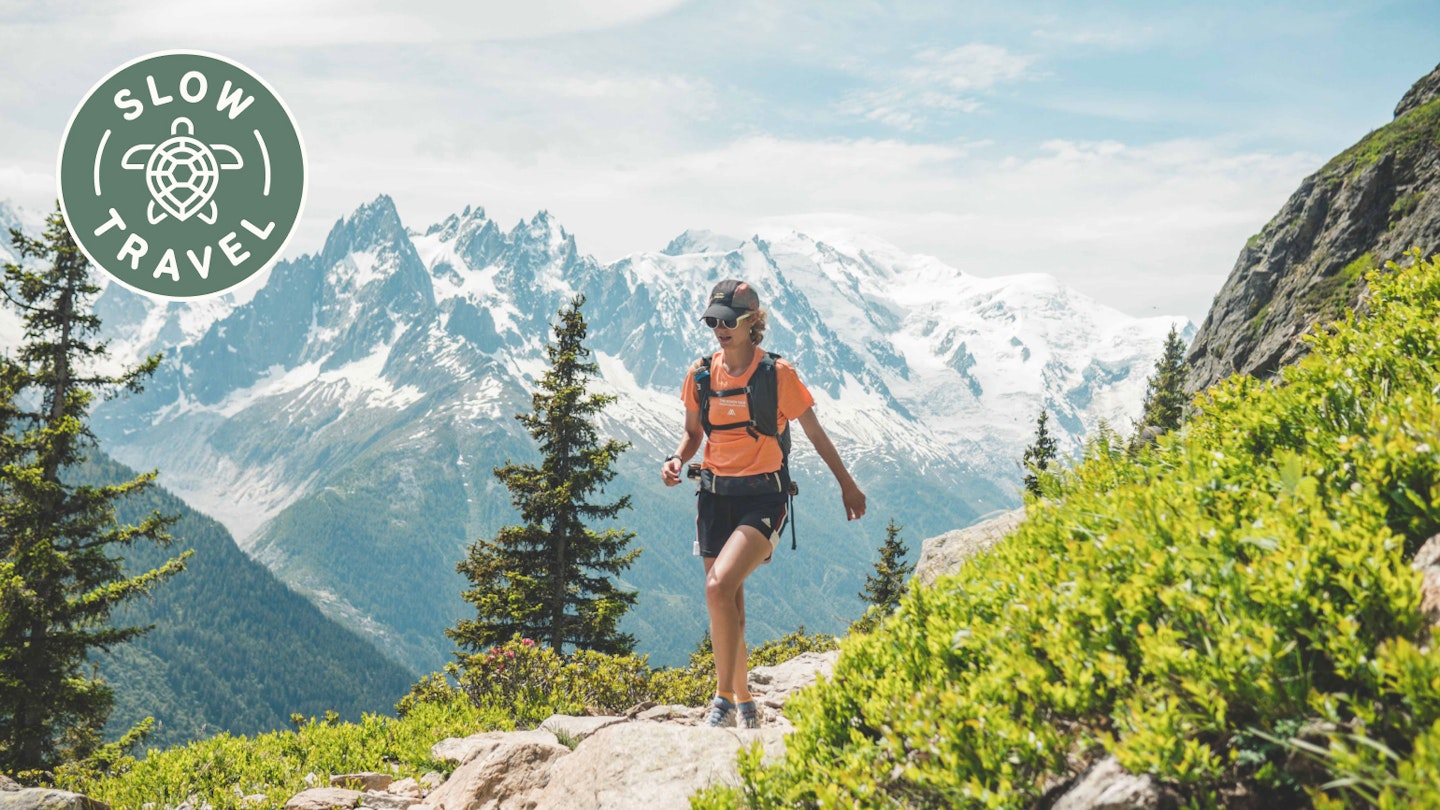
Few multiday mountain hikes rival the Tour du Mont Blanc © Quentin Boehm
If you’ve got one European long-distance hike on your bucket list, it’s probably the Tour du Mont Blanc. It was on mine, too.
Views over sparkling glaciers, Alpine prairies and lots (and lots!) of cheese await anyone who embarks on this border-crossing trek. Circling the largest peak in the Alps , Mont Blanc, the trail covers 170km (105 miles), climbs more than 10,000m (32,800ft) in cumulative altitude, and weaves through three Alpine countries: France , Italy and Switzerland . Typically, the route begins and ends in Les Houches, France, and follows a counterclockwise loop around the mountain range.
Every dream feels far away – until we start to break down what we need to do to achieve it. Here’s what it takes to hike or run the Tour du Mont Blanc.
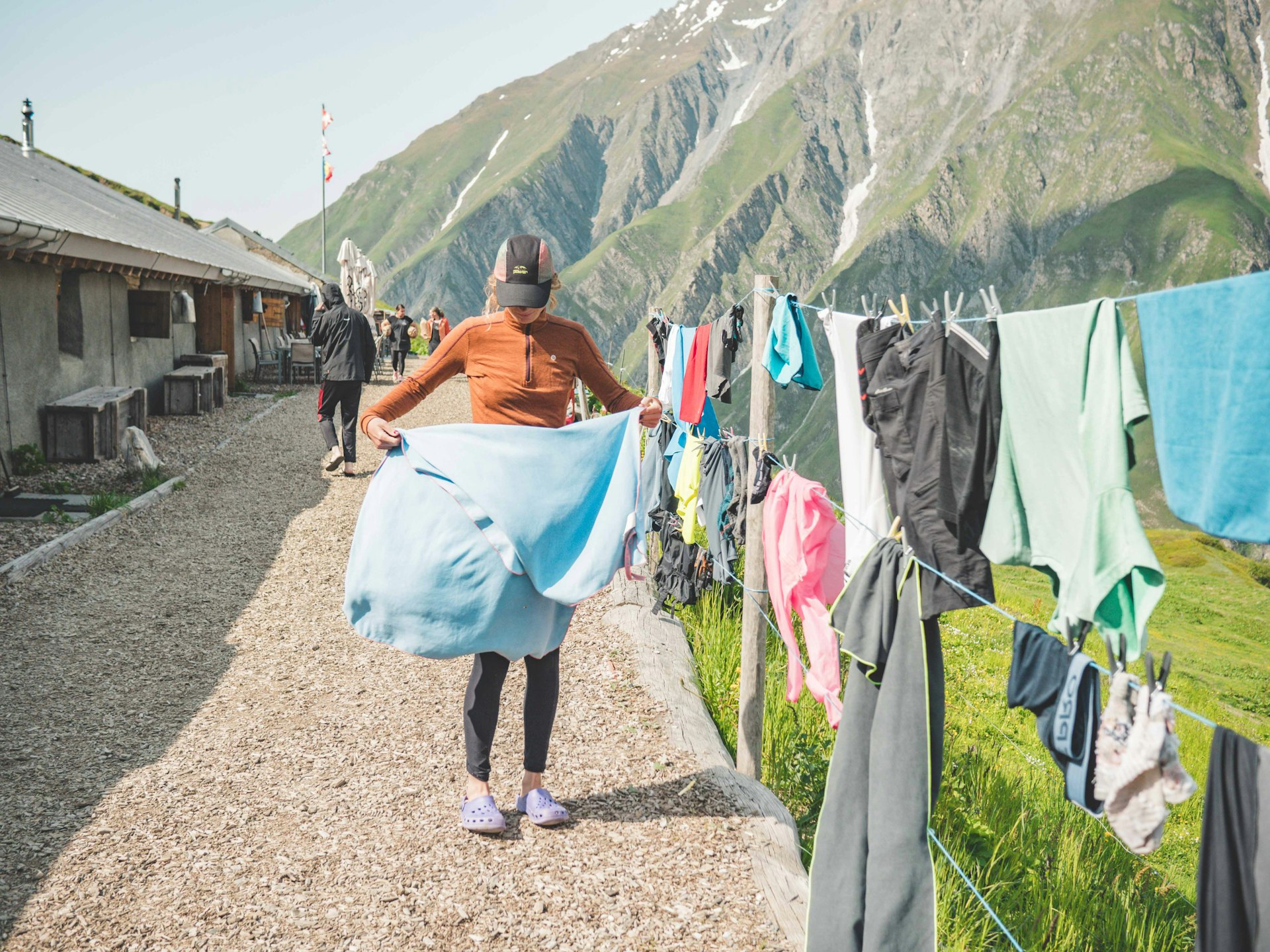
How I prepared for the Tour du Mont Blanc
Don’t laugh at the folks who’ve sawed off the handle of their toothbrush to save on weight. Many of the climbs along the Tour du Mont Blanc are arduous, and every gram really does count.
My first question as I prepared my bag was, Where would I sleep? Opting for camping would make the trek feel really wild, let me spend more time in nature and give a bit more flexibility about where and when I’d arrive each night. On the flip side, this would mean my home would be on my back (like a turtle), and heavy enough to reduce my walking speed significantly.
The other option was to sleep in refuges , or mountain huts. Refuges can range from rows of bunk beds to rooms that are almost luxurious – yet what they all offer in common is a dry place, sheltered from the elements. Plus (with rare exceptions), the dinners are delicious. Staying in refuges means no need to pack any camping or cooking gear, freeing up a lot of room in your backpack.
Each refuge has its own culture and way of working, says Céline Mila, the gardienne (caretaker) of Refuge des Prés in the Contamines Valley. “Usually that means taking off your shoes before entering, and taking your trash away with you. The best way to get oriented at the refuge is by coming to see us when you arrive – it’s our job to share the mountain culture with you.”
For my 2023 Tour du Mont Blanc, I decided to stay in refuges the whole way.
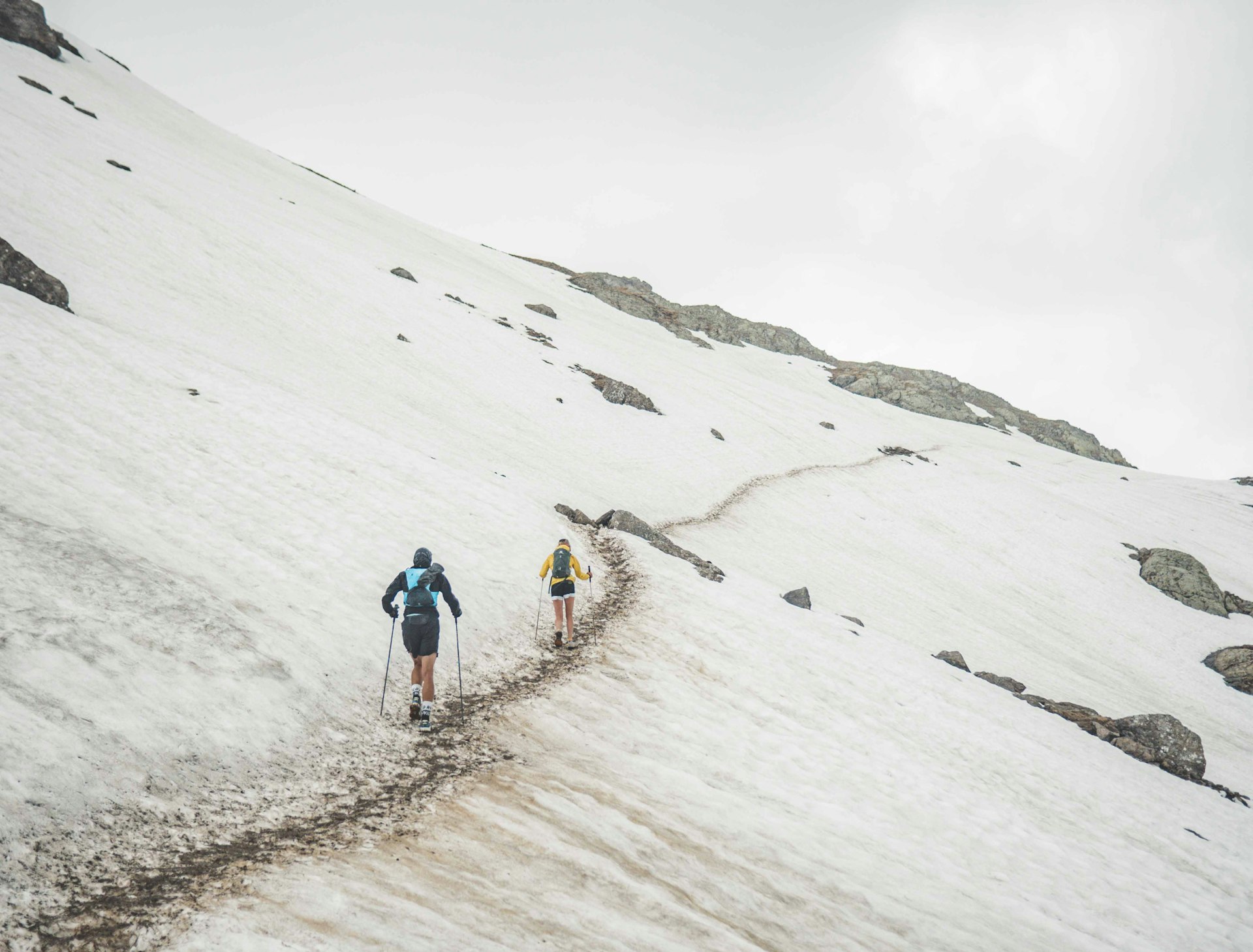
What is the best time to do the Tour du Mont Blanc?
To beat the crowds, I decided to run the tour in mid-June. Even at the onset of summer, there was still quite a bit of snow above 1800m (5900ft), and many hikers brought along small snow chains to keep from slipping. I loved the extra challenge of the snow and the cooler daytime temperatures. July and August are the busiest months for the route, when the trail can sometimes feel like a highway. By September, things slow down again – but the huts also start to close up for the winter. While weather in the mountains can vary each year, usually July and August have the highest number of stable, rain-free days.
How long does the Tour du Mont Blanc take? And what do you eat along the route?
Hikers typically complete the loop in between seven and 10 days, and the fastest trail runners complete the journey in a staggering 20 hours. Regular trail runners tend to take things a bit slower, between three and four days.
Since I was running the loop in four days, I packed only the barest essentials so as not to weigh myself down: a pair of leggings and a long-sleeve shirt to sleep in, a thin fleece for the mornings, a light raincoat, a pair of light gloves, a change of socks, my toothbrush, sunscreen, sunglasses and a headlamp. Plus, I wanted to eat as much local food as possible: crozets (cheesy pasta) in France, pizza in Italy and croûtes (a cheesy bread melt) in Switzerland.
Dinners were included in my demi-pension , or half-board. For lunch, I usually ordered the refuge ’s picnic to eat along the way. While they’re nothing fancy, the sandwiches or even just bread, smoked meat and cheese always hit the spot.
Alix Noblat , an ultra-trail runner and specialist in nutrition in endurance sports, once told me to eat every half hour – before my stomach starts rumbling. So I always keep a snack on me, like protein bars or Snickers. Anything that can give me an energy boost is always in my pack.
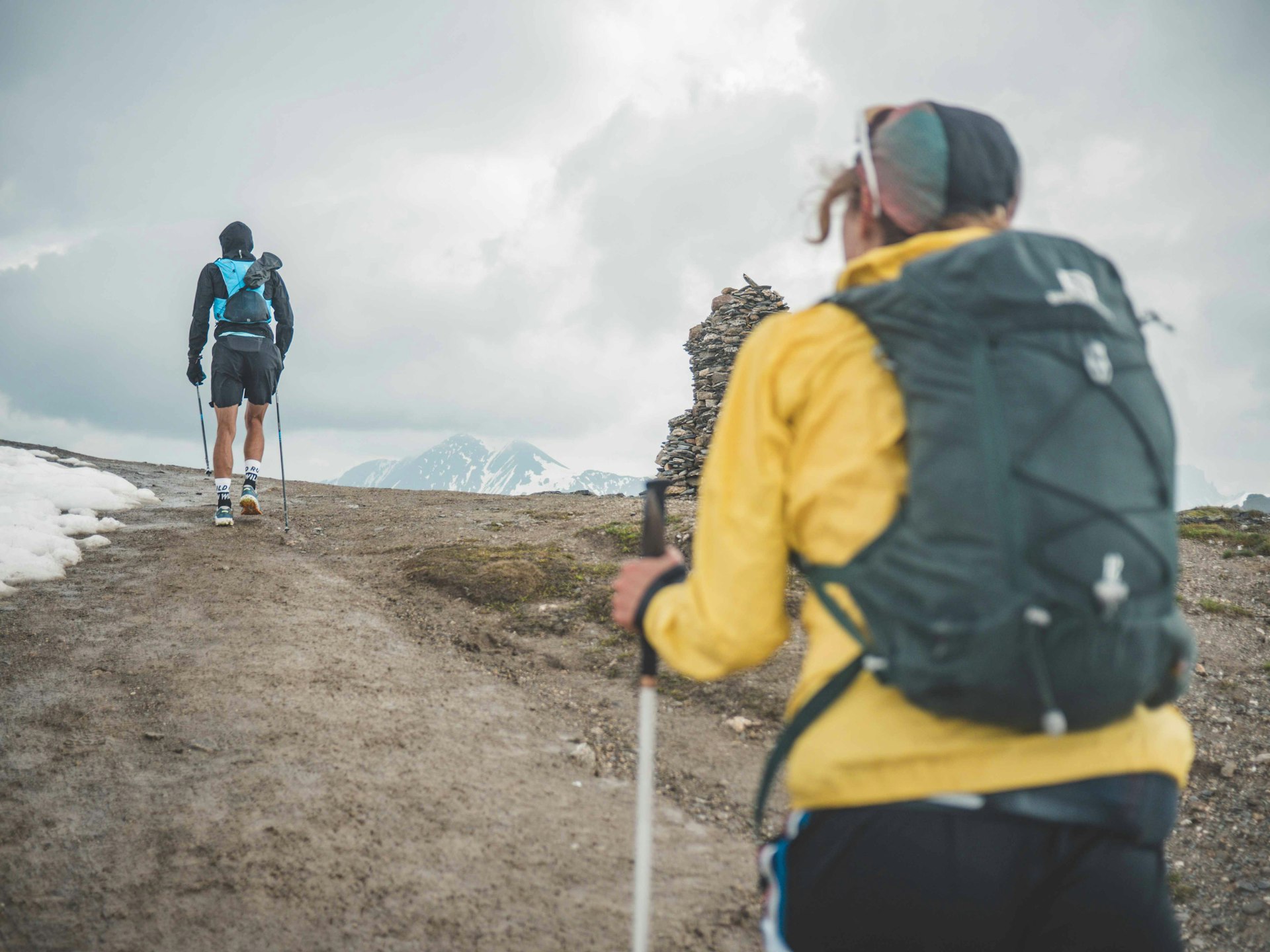
The highs and lows of the Tour du Mont Blanc
After a few days on the trail, your sense of time and distance changes. Hikers will no longer measure their day by kilometers or hours traveled – but rather by the cols , or mountain passes, that they’ve reached. The most famous ones are:
- The Col du Bonhomme, which connects the lush Contamines Nature Reserve with the Alpine pastures of the Beaufortaine.
- The Col de la Seigne, at the border between France and Italy, with a spectacular view of Mont Blanc, Aiguille du Peuteurey, Dent du Géan and the treacherous Grandes Jorasses.
- The Col Grand Ferret, at the end of the remote Val Ferret, which brings a long, steep climb – and a descent on the other (Swiss) side that’s rolling and blissful.
- The Col de la Balme, overlooking Chamonix valley, which brings hikers back into France for the final few legs before the finish.
And don’t forget the valleys. The TBM passes through winter-sports hubs like Chamonix and Courmayeur , as well as through smaller Alpine valleys. A standout valley is the Val Ferret: the trail runs high above the lush green pastures on the valley floor, giving a splendid view of the mineral rock faces of the range on the other side. Plus, the Rifugio Walter Bonatti ’s cappuccinos are the best you’ll find anywhere above 2000m (6500ft).
Do you need to be in great shape to hike the Tour du Mont Blanc?
You should physically prepare for the hike, yes. Getting in shape for the TMB is a question of cardio training and foot preparation. Hikers should be fit enough to cover their desired distance each day, of course. But don’t forget to prepare your feet to avoid blisters: break in hiking shoes before the first day of the hike, and bring along anti-chafing cream if you’re worried you might have rubs.
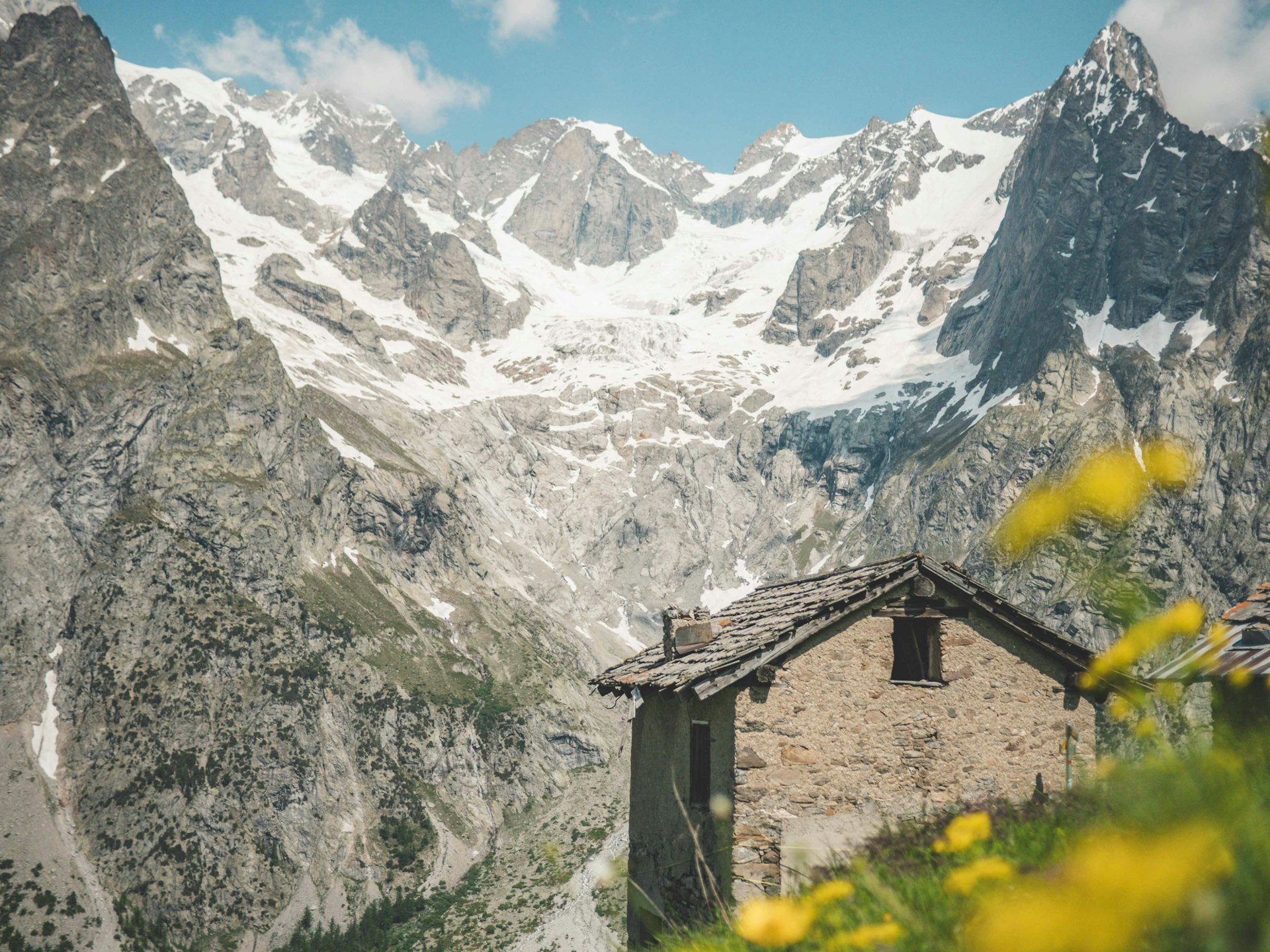
Ready to make it happen?
This is a trek you should book early – at least two months out – to find secure space at the refuges . Yet it can be planned at the last minute for those who prefer camping. Autour du Mont Blanc is an easy-to-use website that helps plan daily stages. You can also reserve huts here.
The views…the food…the marmots! The Tour du Mont Blanc delivers at every step.
Explore related stories
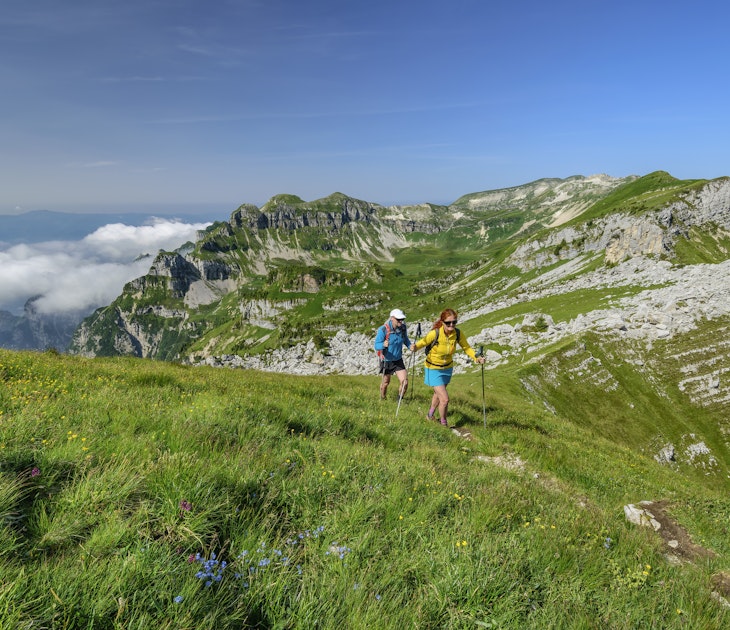
Mar 14, 2024 • 16 min read
Experience some of Europe's best wildlife, nature and landscapes this summer at these national parks.
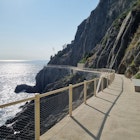
Jul 27, 2023 • 2 min read
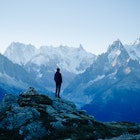
May 20, 2023 • 8 min read
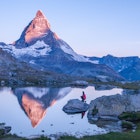
Dec 1, 2022 • 11 min read
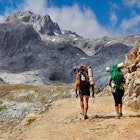
Jul 17, 2022 • 6 min read

Jul 13, 2022 • 8 min read
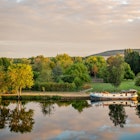
Jun 29, 2022 • 5 min read
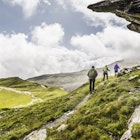
May 24, 2022 • 2 min read
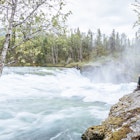
Mar 14, 2022 • 7 min read

Jan 31, 2022 • 6 min read
Welcome to the Tour du Mont Blanc (TMB)
3 countries, one identity, 10,000 m in altitude and about 60 hours of walking, 170 km of discovery for a total of 10 days of satisfaction!
Online bookings of huts, rooms, hotels
Trails conditions
The Tour du Mont Blanc trail conditions
The itinerary of the TMB and trail stages
The hikers diary
The Tour du Mont-Blanc hikers diary
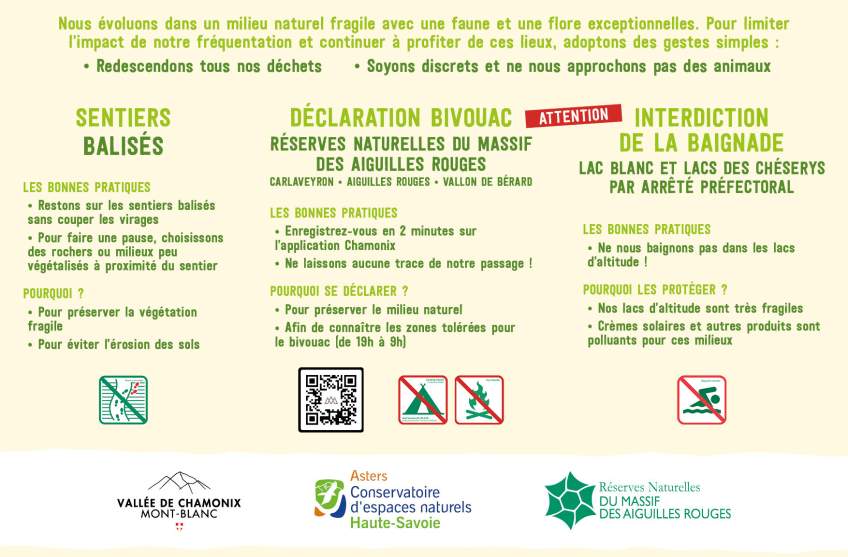
Focus Nature Reserves : good and banned practices summer 2023
Get ready to go.
The route, the safety, the conditions, the equipment: everything you need to know about the Tour du Mont-Blanc
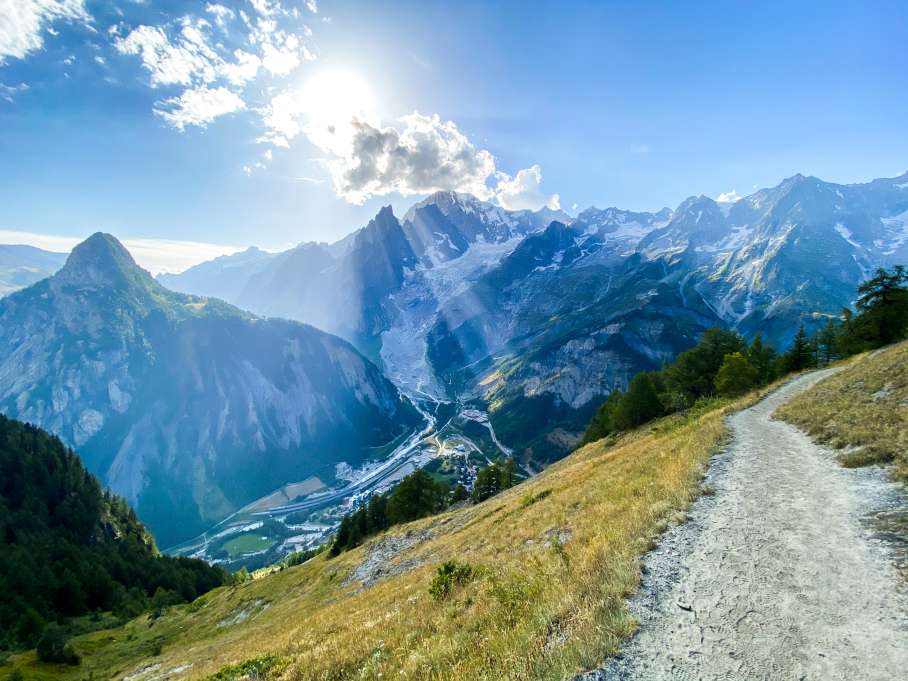
The TMB and the trails around Mont Blanc
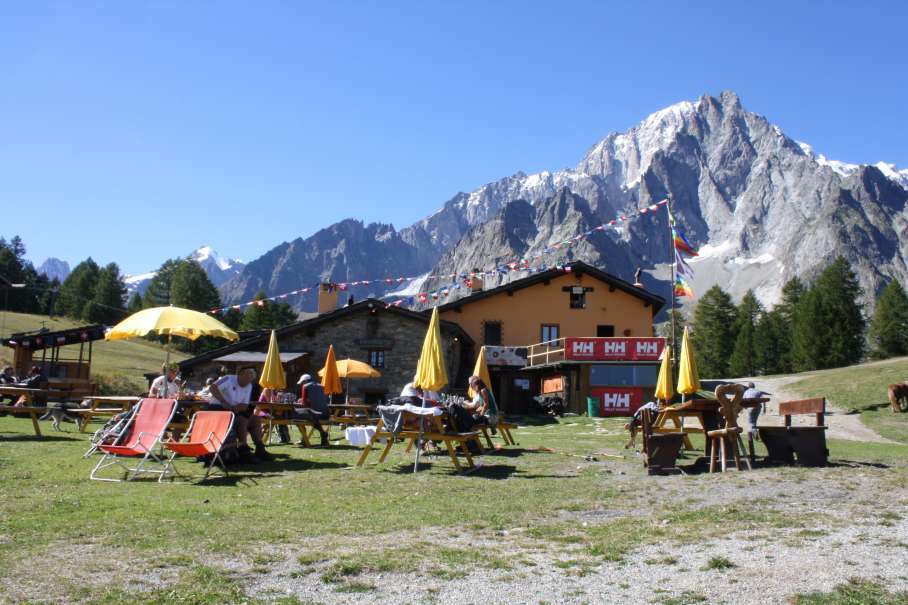
Accomodations
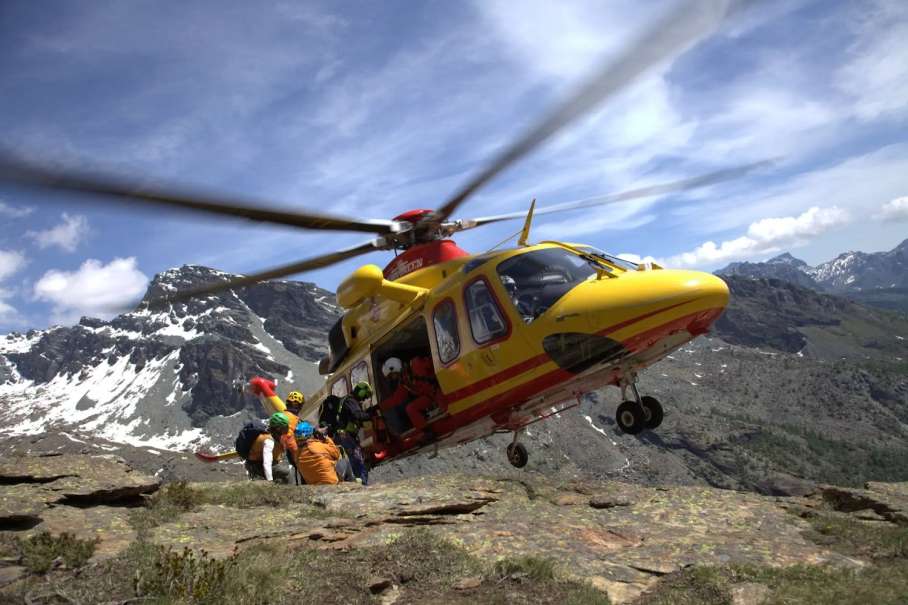
Cartography
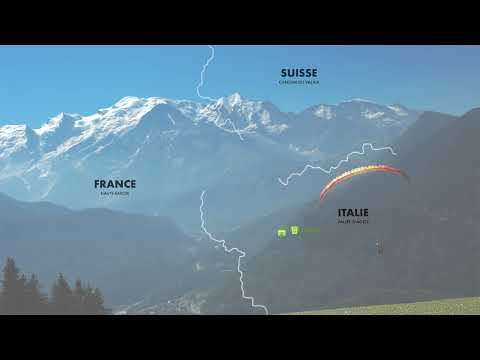
8 wonders around Mont Blanc
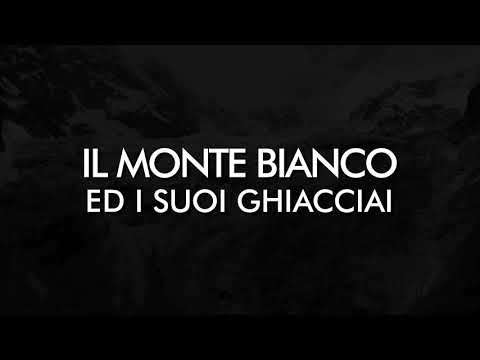
Il Monte Bianco ed i suoi Ghiacciai
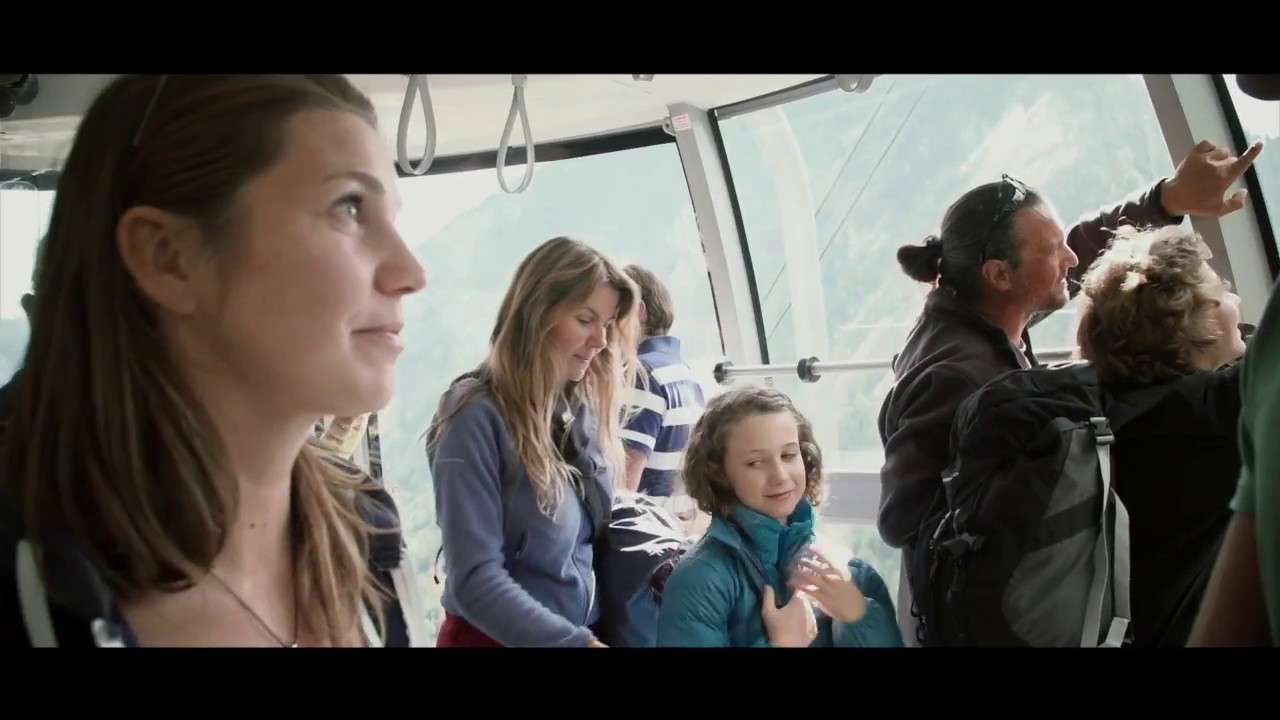
Video Tutorial Summer
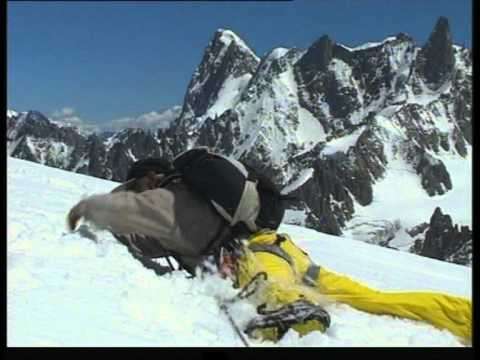
Prudence - Sécurité en montagne par la Chamoniarde
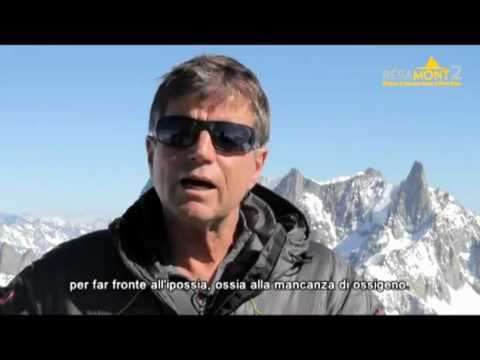
Age and altitude
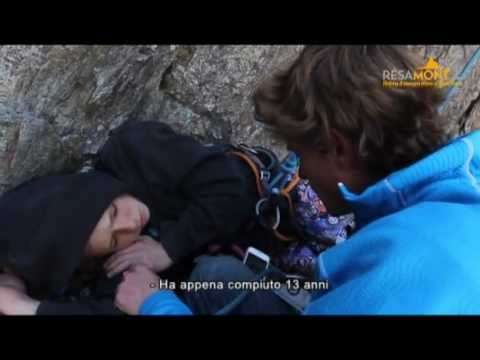
Telemedicine
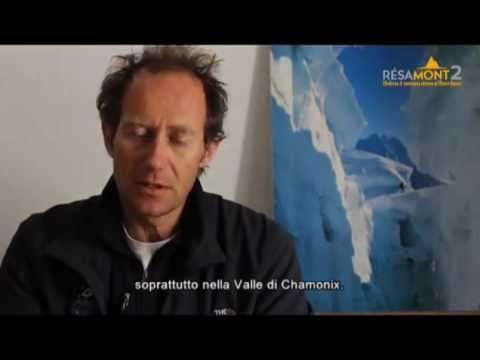
Séjours Transfrontaliers Espace Mont Blanc 2013
A collection of videos on the theme of the mountains
Come and discover the paths around Mont Blanc
Tour du Mont Blanc
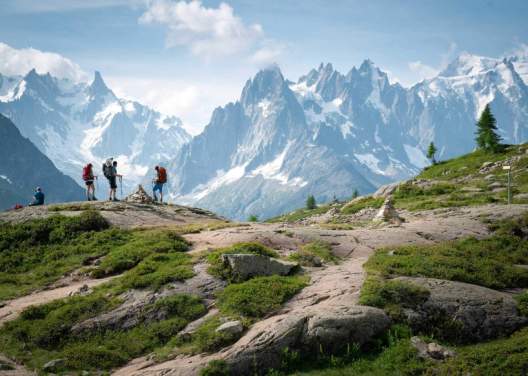
Alpage de Porcherey
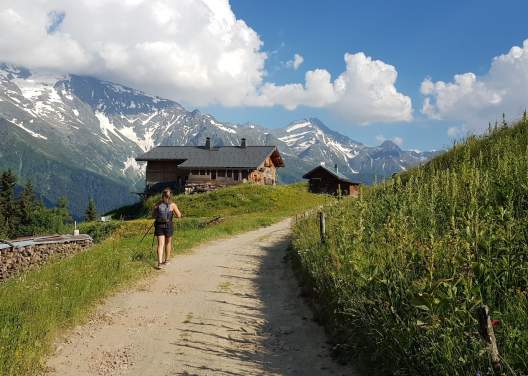
Alpage de la Peule
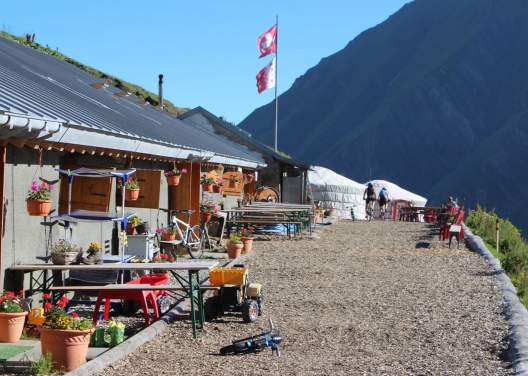
Rifugio Bertone
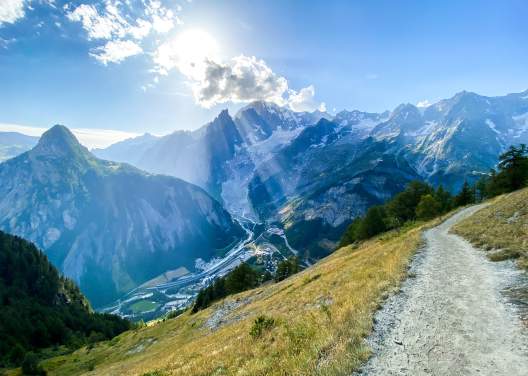
Update on the condition of the trails around Mont Blanc
Our mountains are a fragile environment with an exceptionnal fauna and flora.To limit our impact …
Mild weather and pleasant temperatures in this period of mid-june. the snowfields are rapidly …, starting from july 14th and until 30/10/21 it is forbidden to circulate by bicycle (including mtm ….
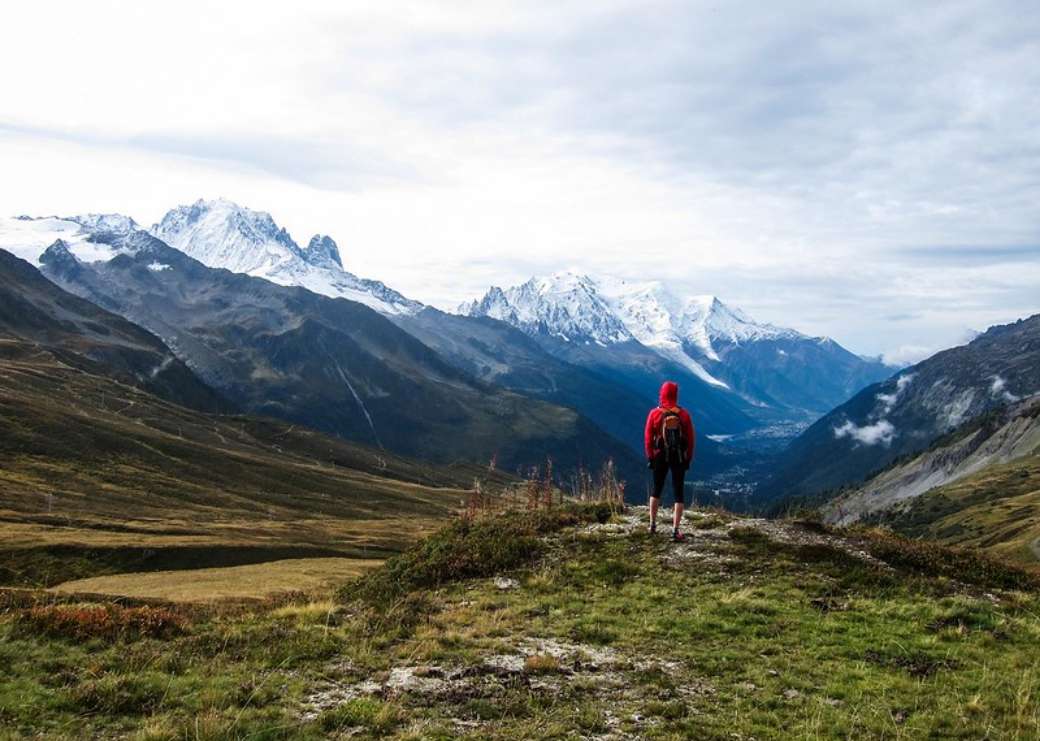
Una bella esperienza ad ovest
Gran bel trekking, non troppo impegnativo (dipende dai tempi e dal passo). Una bella occasione per godere di un panorama incredibile che ad ogni versante regala emozioni nuove. Noi l'abbiamo fatto tranquillamente in 8 giorni in …
Bonjour On vient de terminer le tour du mont blanc en famille avec 3 enfants de 10/11 et 13ans. Les conditions étaient excellentes. Juste un névé au Brevent où on a mis les crampons pour assurer la sécurité des enfants. …
Bonjour Je viens de terminer le TMB . Excellentes conditions météorologiques. 1 jour de pluie et col de balme brouillard et vent Des névés par endroits donc attention : col du bonhomme et brevent.et par ci par la Pour ma…

Tour Du Mont Blanc Itinerary – 5 Days on the TMB with GPS Map & packing list
We use affiliate links and may receive a small commission on purchases. Read more about us.
5 Day Itinerary for Lightweight Backpacking from Chamonix to Rifugio Bonatti
Explore the French and Italian Alps Hiking Actually Hiking AROUND Mont Blanc with this Tour du Mont Blanc Itinerary.
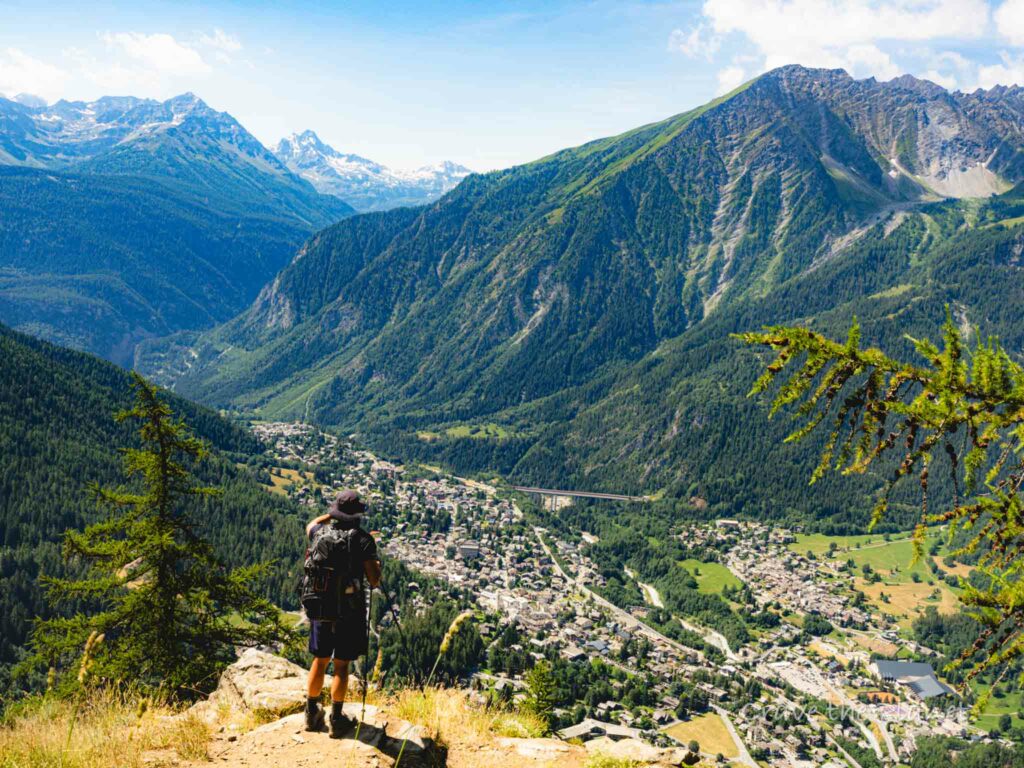
Do you have a week of vacation and want to maximize your sense of WONDER by:
- Feeling the luscious burn of hiking around Europe’s highest peak –
- Hearing the tinkle of alpine cow bells –
- Tasting cheese from said cows munching wild herbs on the mountaintop –
- Seeing incredible and varied Alpine landscapes, wildflowers and wild animals –
- Sleeping in comfortable beds each night –
- Drinking locals wines and tasty beers on the top of a mountain –
- Experiencing French, Italian and Swiss culture all in one trek –
- and totally UNPLUGGING from the world below….
The Tour du Mont Blanc itinerary hike offers a chance to connect to what really counts and you don’t have to be a mountaineer to do it. Training ahead of time is adviseable, but I followed along a family last year that did it with 2 six year olds and a 2 year old toddler.
Read until the end where you can download and print a packing list with everything you need to do the trek, but keep your backpack light.
Protip: Staying in a mountain refuge is not exactly a hotel. Learn more with my detailed guide to the accommodations on the Tour du Mont Blanc and what the average costs of the TMB are.
A light backpack = A Happy hiker.
What You Will Learn
Final Verdict: Ways to Book a Hut to Hut Hiking Trip
5 days itinerary tmb map, tour du mont blanc in 5 days, tour du mont blanc itinerary for 1 week of vacation, getting to the tour du mont blanc, tour du mont blanc difficulty, stages tour du mont blanc itinerary 5 days, stage 1: les houches to les contamines, stage 2: les contamines to refuge du col de la croix du bonhomme, stage 3: col de la croix du bonhomme to cabana combal, stage 4: cabana combal to courmayeur, stage 5: courmayeur to rifugio bonatti, where to stay directly on the tour du mont blanc trail, printable tour du mont blanc packing list, costs of the tour du mont blanc, when to hike the tour du mont blanc, resources to plan your tour du mont blanc hiking trip, tour du mont blanc self guided itinerary – help, guided tour du mont blanc.
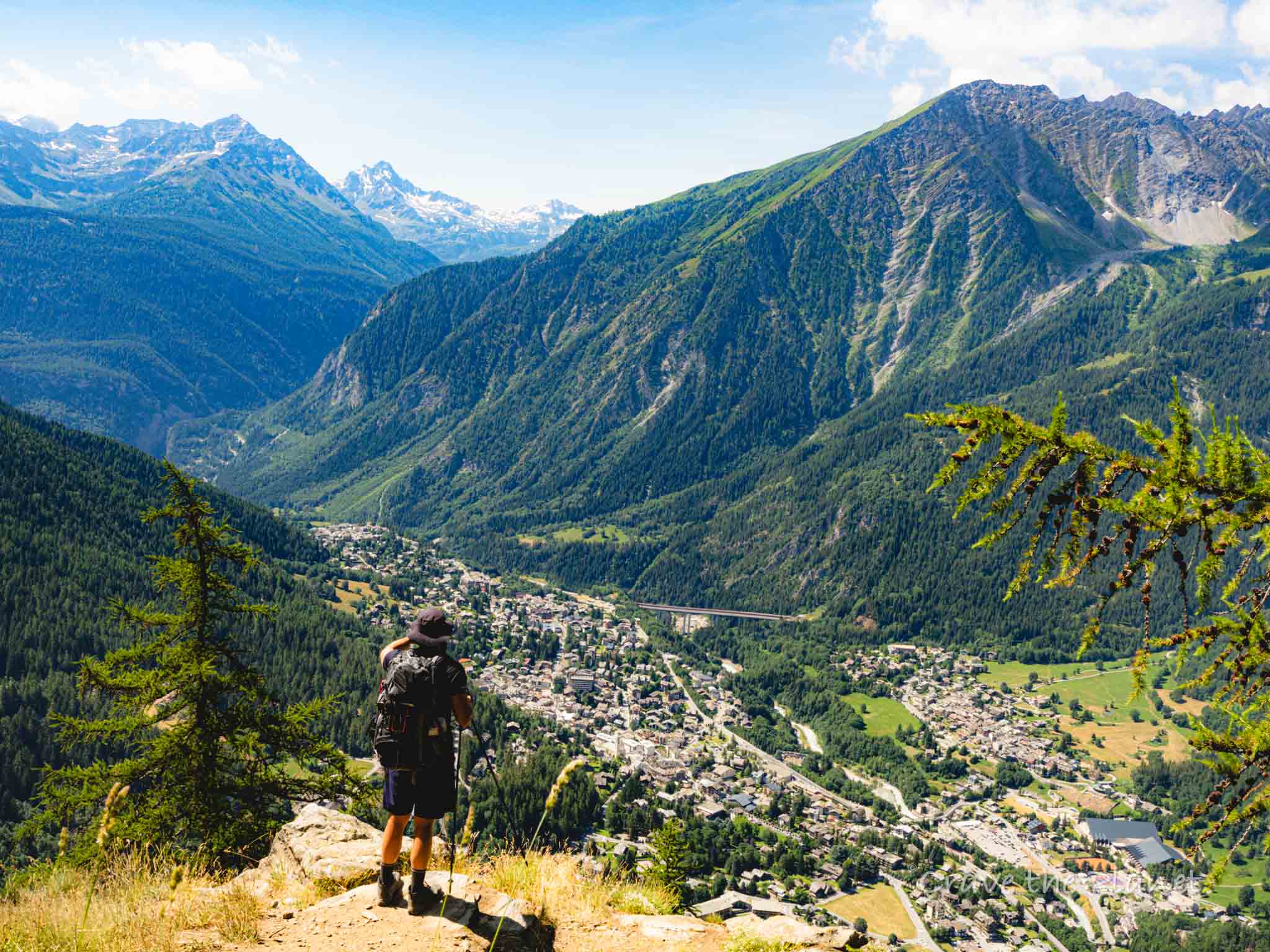
Self-Guided Tour Planning Service
- [Self-Guided] - You're on your own once you start
- Must book in Oct to Jan of year prior to hike
- Fully done for you route
- Service finds and books your huts
- Maps provided on app
What we liked: The logistics of the TMB and other hut to hut hikes can be very daunting, especially if you don't speak Italian and French.
Note: Lesser known trails are often easier to book.
- Ease of route
- No finding or dealing with huts
- Tapping into expertise
- No waiting for slow hikers
- No feeling rushed if you're slower
- Less control of dates
- No guide on the trail
- Unknown - you didn't "plan"
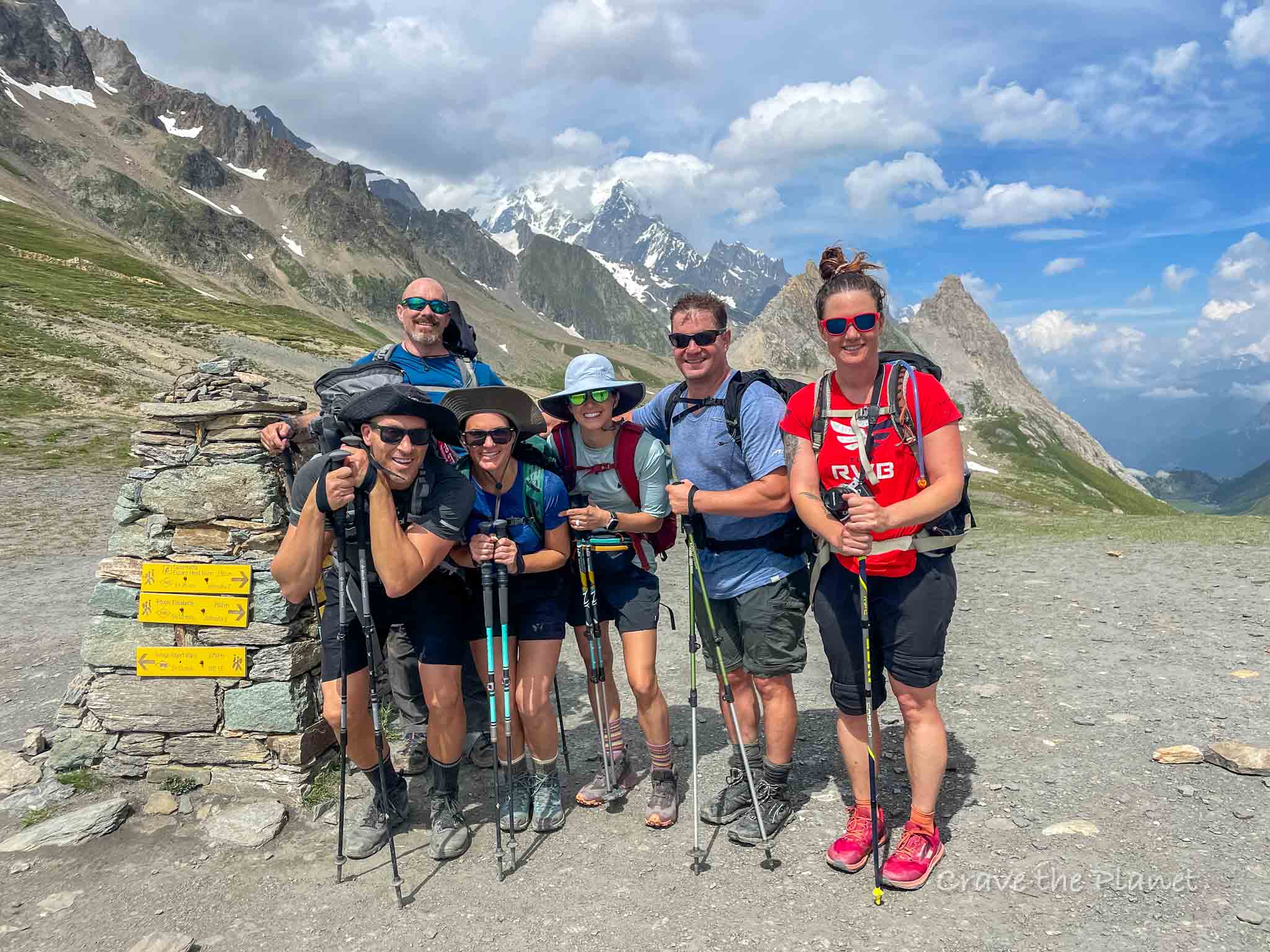
Guided Group Tour : 4 Days
- small groups (<10 typically)
- local Chamonix guides
- all transfers/breakfast/dinner/accommodations included
- airport transfer included
- stay in the insanely beautiful Rifugio Bonatti and other huts at high elevation
What we liked: Designed for busy people that want to experience the highlights of the Tour du Mont Blanc without having to take 2 weeks of their precious vacation time. Everything is done-for-you and you can show up and relax in the most stunning mountains.
Note: The standard price includes shared rooms in the huts.
- All transfers included
- Best price for a guided trip
- Local Chamonix Guides
- At the mercy of group pace
- Not the full circuit
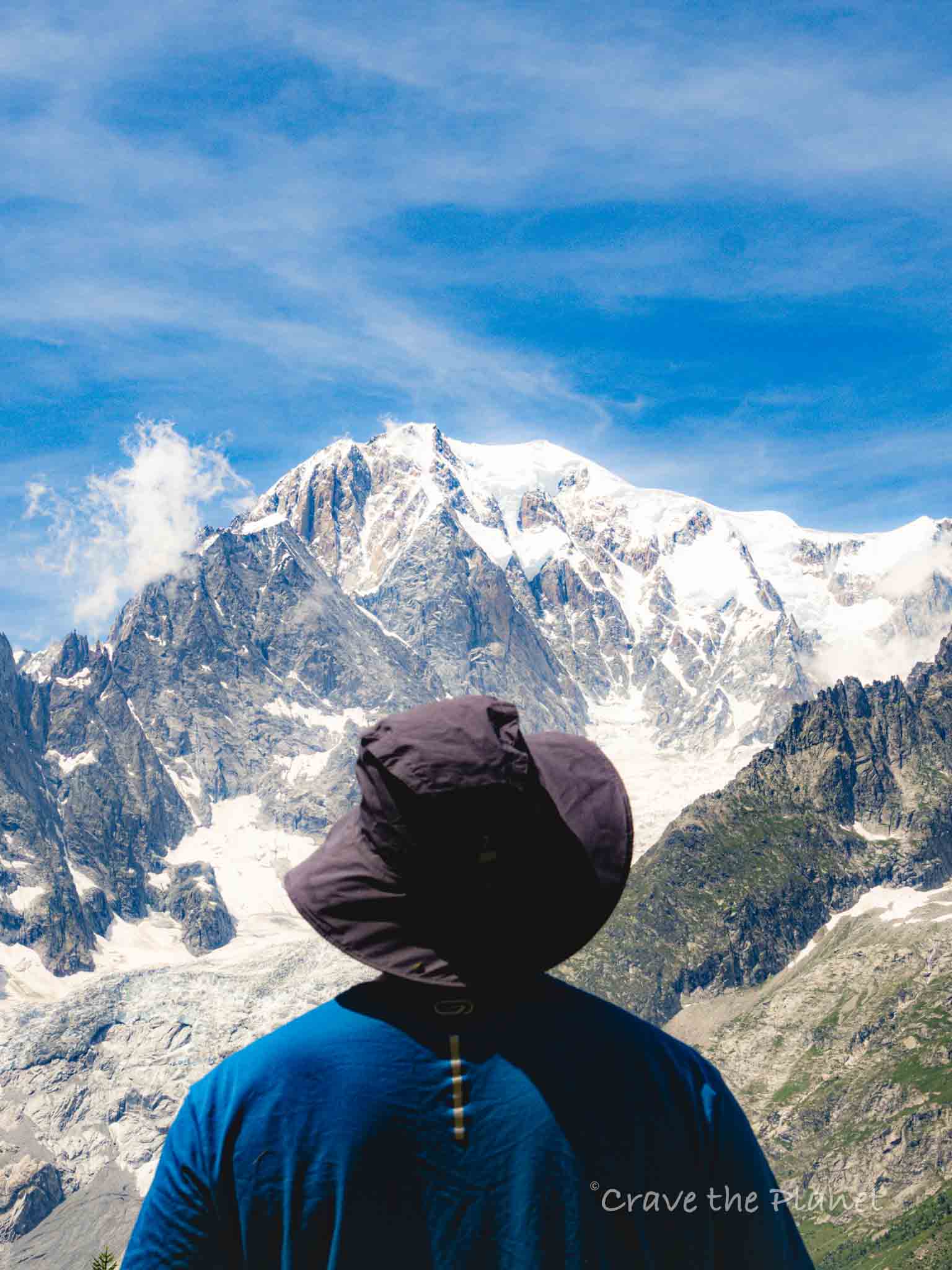
DIY: Book Your Own Huts
- Cheapest Option
- Most Freedom
- Take side excursions as you like
What we liked: The challenge of it. It's so fun to route plan, find trails and the huts you want. Often it's not the expense saved, but the learning of the trail while planning that is satisfying.
Note: Be prepared to spend some time with spreadsheets and wait weeks for replies from hut owners. BONUS: Click on the link to watch my 10 part video series on HOW to book a hut to hut trip. It's a Dolomites hut trip but it's basically the same process for TMB.
- Cheapest option
- Most freedom
- Learn the Trail by planning
- You must be organized
- Map skills are essential
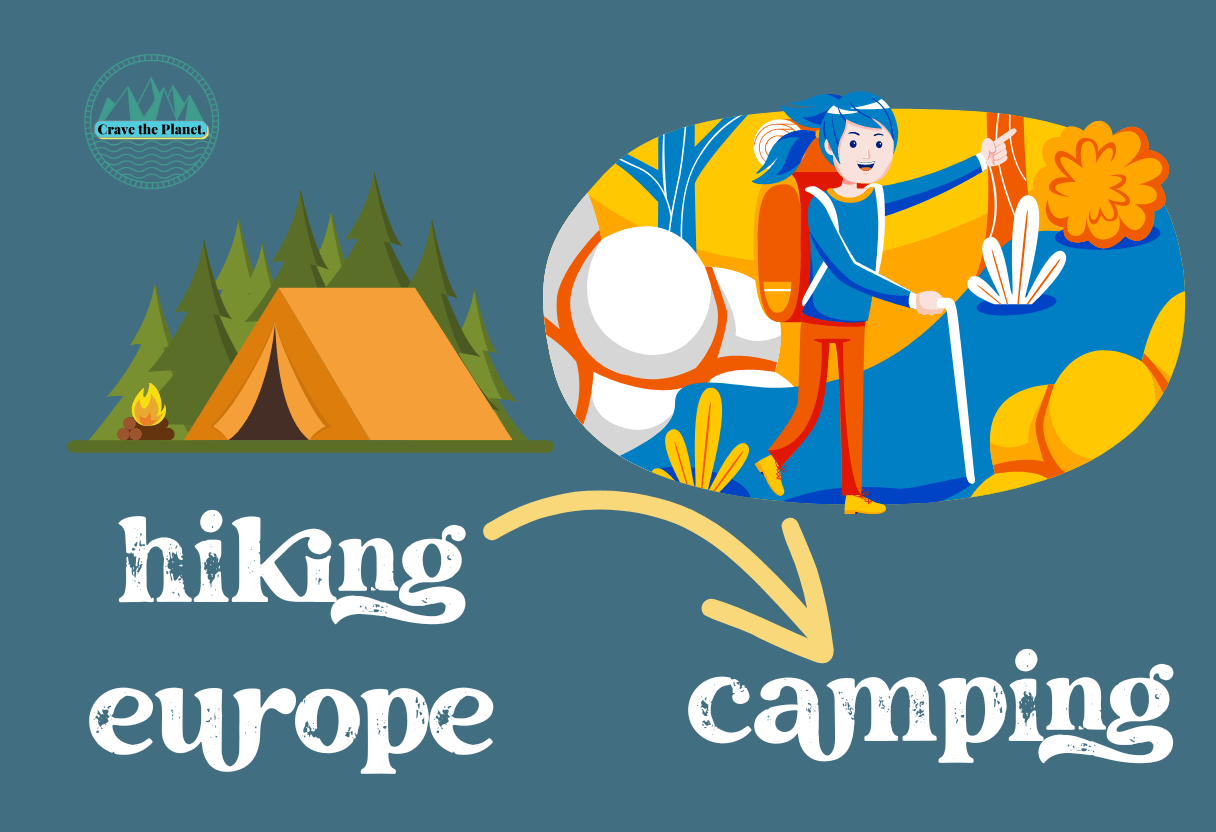
- campgrounds can be crowded
- reservations often needed in advance
- Wild camping is prohibited or limited by elevation
Not really my favorite thing for hut to hut trails in Europe. The huts are quite often the best part of the hiking trip and the rules are so complicated about wild camping.
- Price is good
- More Flexibilty
- Wild camping is tricky
- Rules change
- harder and heavier pack
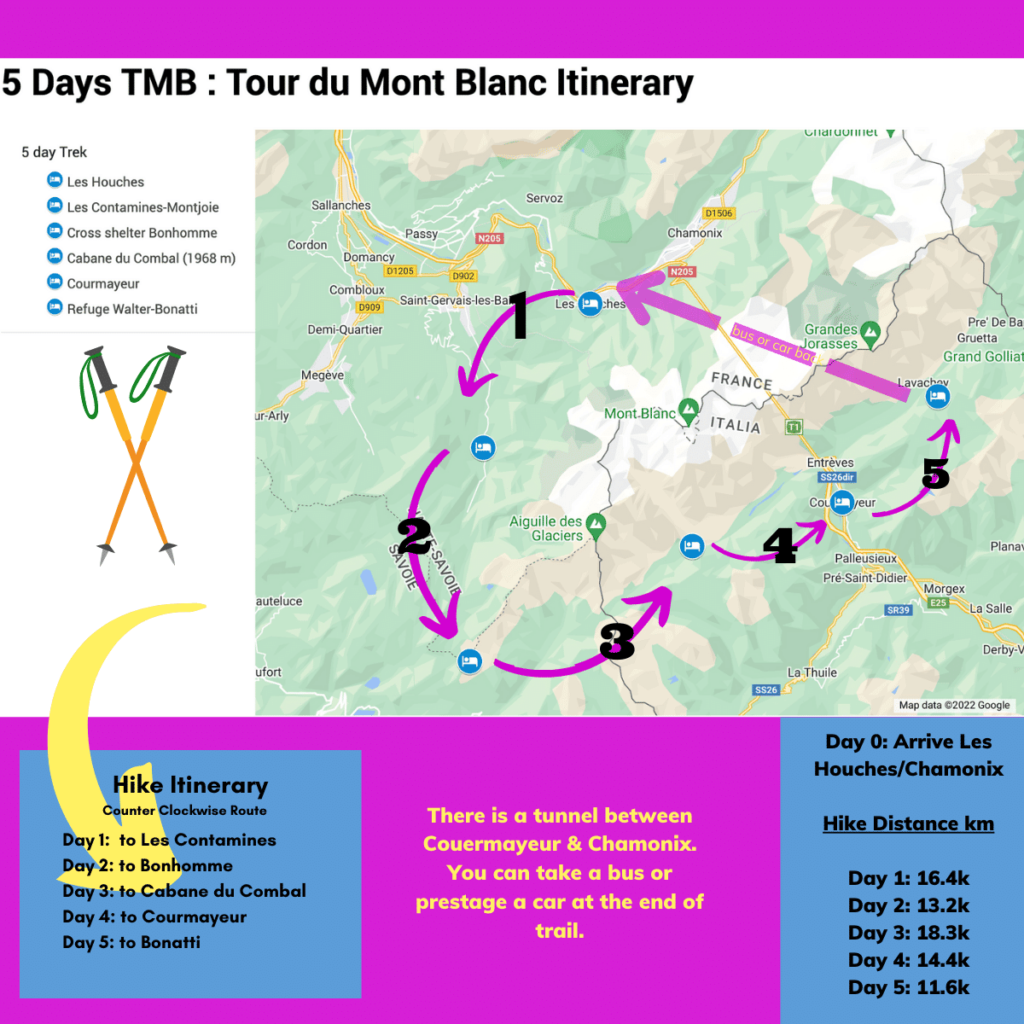
Magical 5 Day Backpacking Trip Around the highest Peak in Europe
Example tour du mont blanc itinerary.
Follow along my journey of planning my first time hiking the Tour du Mont Blanc. The past 3 years I’ve planned summer hiking treks in the Dolomites and this year I wanted to tackle the famous Tour du Mont Blanc that spans 3 countries. You actually start in France, walk to Italy and then Switzerland and back to France. Very Cool!
I got started in December to book mountain refuges and found limited offerings on this top-rated trekking trail in Europe . Next time, I would begin the work early in September to book refuges.
We were limited to less than a week for travel so I picked the best 5 days on the trail that made sense for our group of travelers.
Tour du Mont Blanc Backpacking Trek
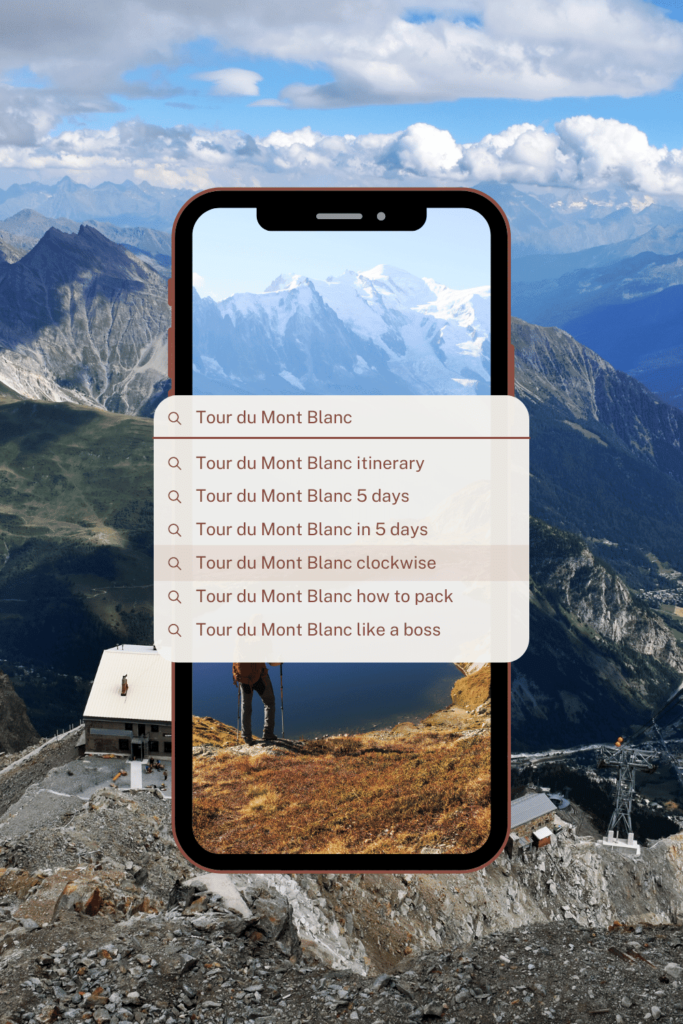
5 Day Section – 1st Half Location: Mont Blanc, France & Italy Distance: 45.3 mile Loop with Bus Time: Approximately 5-7 hours daily Elevation: 🔼17,050 ft 🔽13,700 ft Difficulty: Moderate due to rocky terrain and elevation gain Where to Stay on Final night: Armancette Hôtel, Chalets & Spa in Chamonix
It would be so nice to do the entire circle around Mont Blanc, Europe’s highest peak. However, my friends and I work at jobs that prohibit taking off weeks at a time to go trekking. So the next best thing is to do the first half of the trail and plan it so that we spend the least amount of time on buses.
Fortunately, there’s a tunnel under Mont Blanc with bus service so it makes it easy to begin hiking at the traditional start in Les Houches and walk 5 days to Rifugio Bonatti and take a bus back to the start.
Geneva is the closest airport where you can rent a car or take a regularly scheduled bus to Chamonix. Once inside Chamonix you can walk everywhere within the town.
2 Days in Chamonix
Chamonix is a nice place to relax before the hike because there are many hotels, restaurants and things to do and it’s a 15 min drive to the trailhead in Les Houches.
The day before the hike we will take two cars the end of our hike near Rifugio Bonnati and park the big car in a free public parking lot. Both drivers will then return to Chamonix and we’ll leave a car there.
Without cars you can utilize bus ARRIVA I59055 towards Funivia Sky Way (30) to return to Chamonix from Courmayeur. In effect you’ll walk one way and take the bus back to the start. There are many buses that connect Geneva to Chamonix and Chamonix to the trailhead in Les Houches. Check the bus timetables here .
This hike is not especially technical but it’s certainly challenging due to the amount of elevation change. Prepare your knees and bring your trekking poles because 🔼17,050 ft 🔽13,700 ft is a lot over 5 days. I’m going to guess that the decent to Courmayeur at the end of the day will sting a bit.
From Luxury Alpine Town in France to Luxury Alpine Town in Italy by Foot
Arrival Day: Get to Chamonix, France. Stay there the night before big hike and get a lot of sleep. There are many bus and private taxi or van connections from airports such as Geneva, Switzerland.
Tour du Mont Blanc Route
Get a hiking app for your Mont Blanc itinerary that is GPS enabled and download your track to your phone before the hike. This will ensure your phone can help you stay on the correct trail even without service. I like Komoot because you can plan day by day and have planned this TMB hiking trip here. But you can use whichever one is best for your TMB itinerary.
Tour du Mont Blanc Hike Map
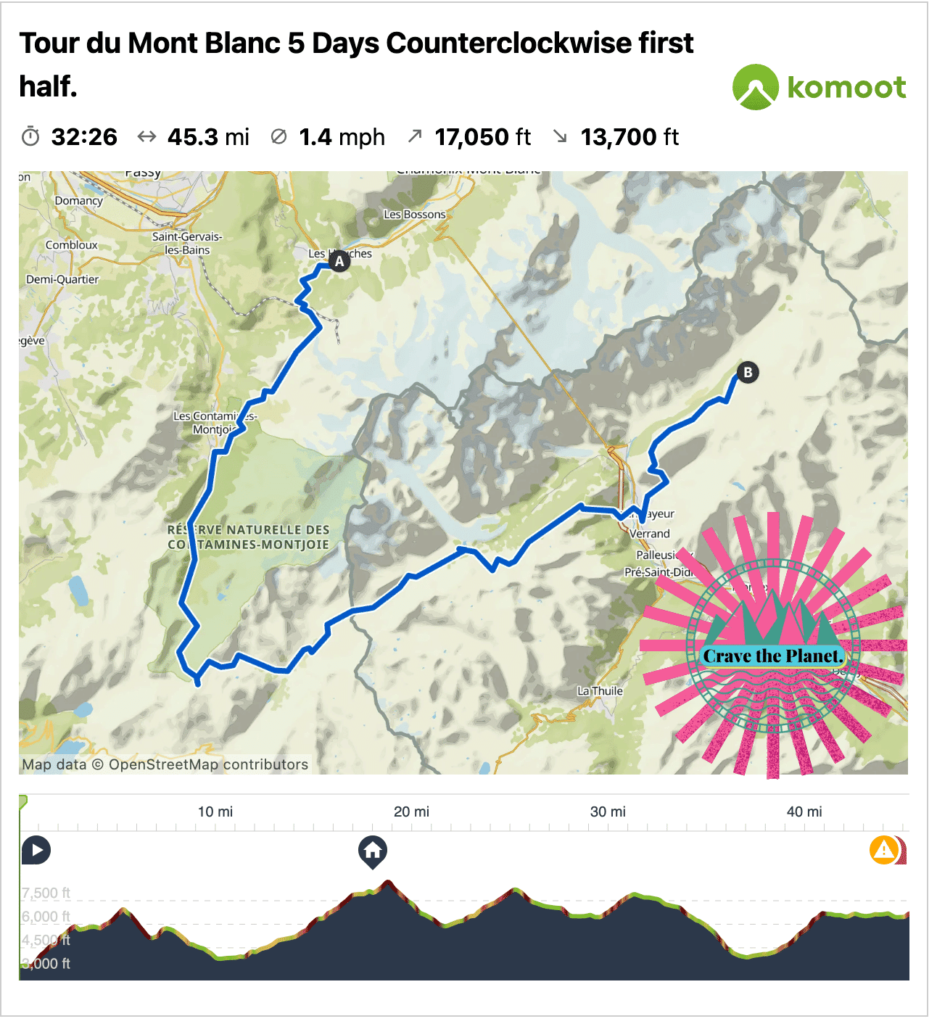
If you are new to the world of hiking apps please read my article on how to use komoot app for hiking. It’s a total game changer and not really that hard to learn. I’m a huge fan of the multi-day option for paid subscribers. It gave me options on all the accommodations nearby the trail to make it really easy to plan distances.
Tour du Mont Blanc Trail
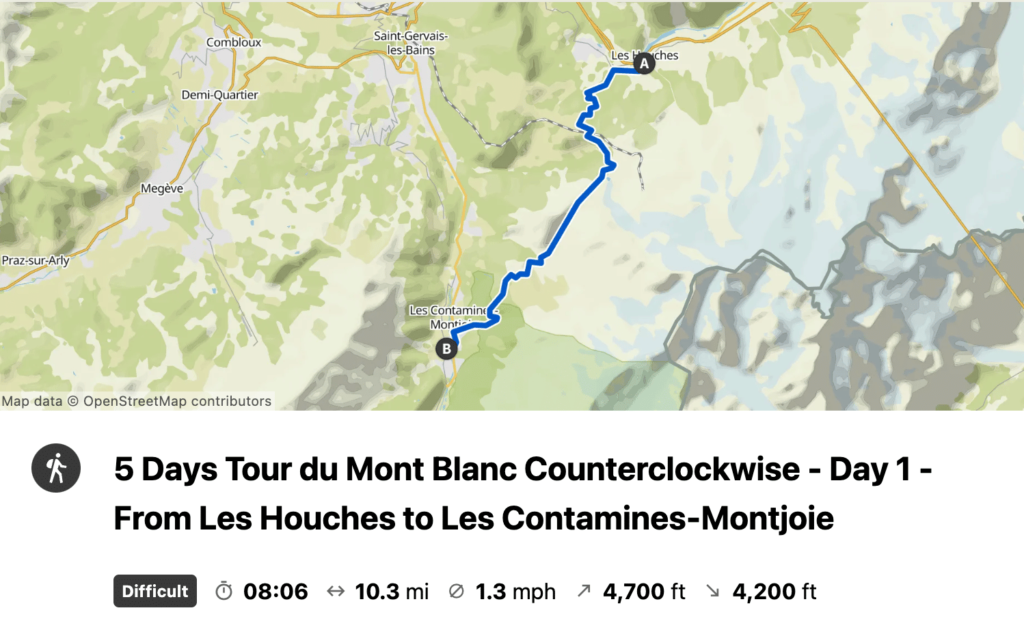
Monday July 10 – Day 1:
Hike 16.4 km
Enjoy a relatively easy warm up to the trail and we can use the gondola to shave off some elevation gain if we want. Stop at Auberge Truc for lunch.
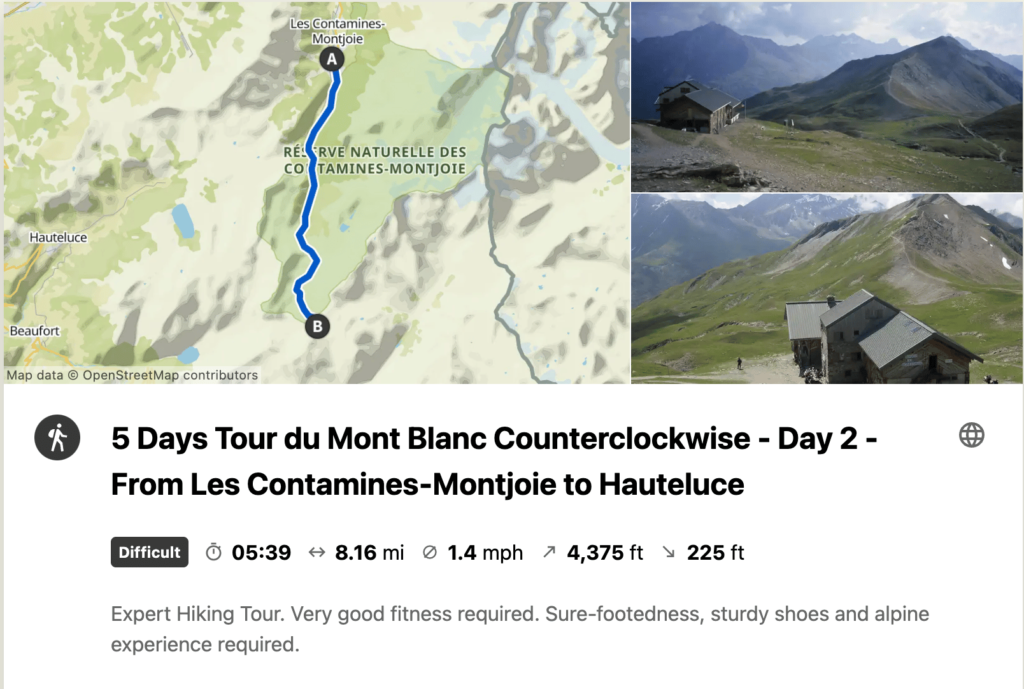
Tuesday July 11 – Day 2:
Hike 13.13 km
We will be going pretty much in one direction today, up.
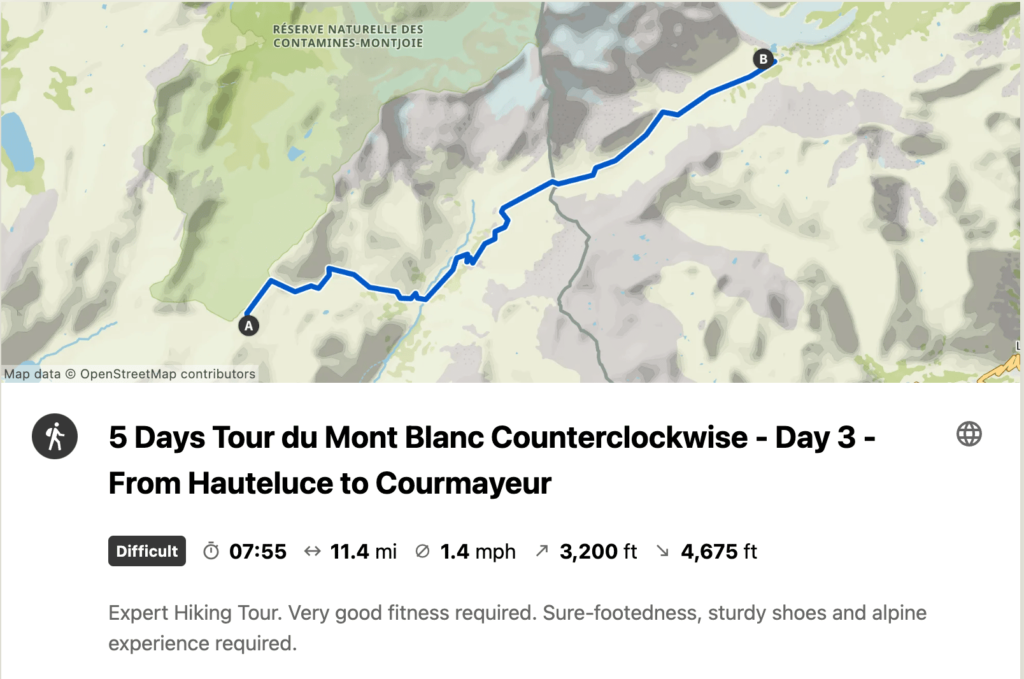
Wednesday July 12 – Day 3:
Hike 18.3 km
What a day! Views of glaciers and Mont Blanc almost all day.
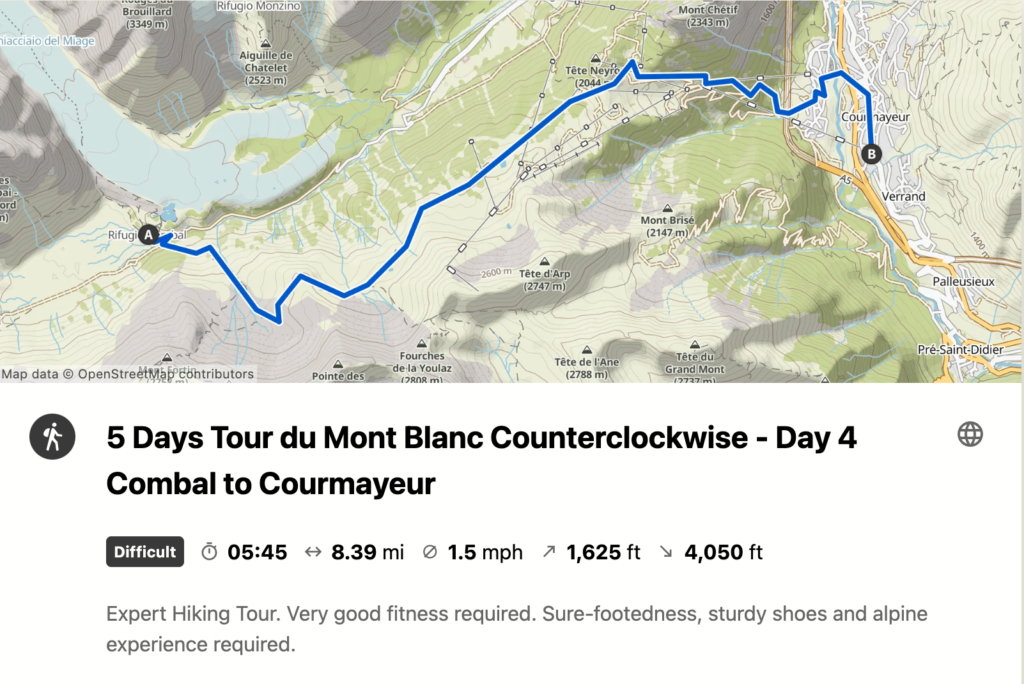
Thursday July 13 – Day 4:
Hike 14.4 km
We’ll descend into the Italian mountain town of Courmayeur and stay in a real hotel tonight and hopefully spend some time on the cobblestone town center eating delicious Italian food.
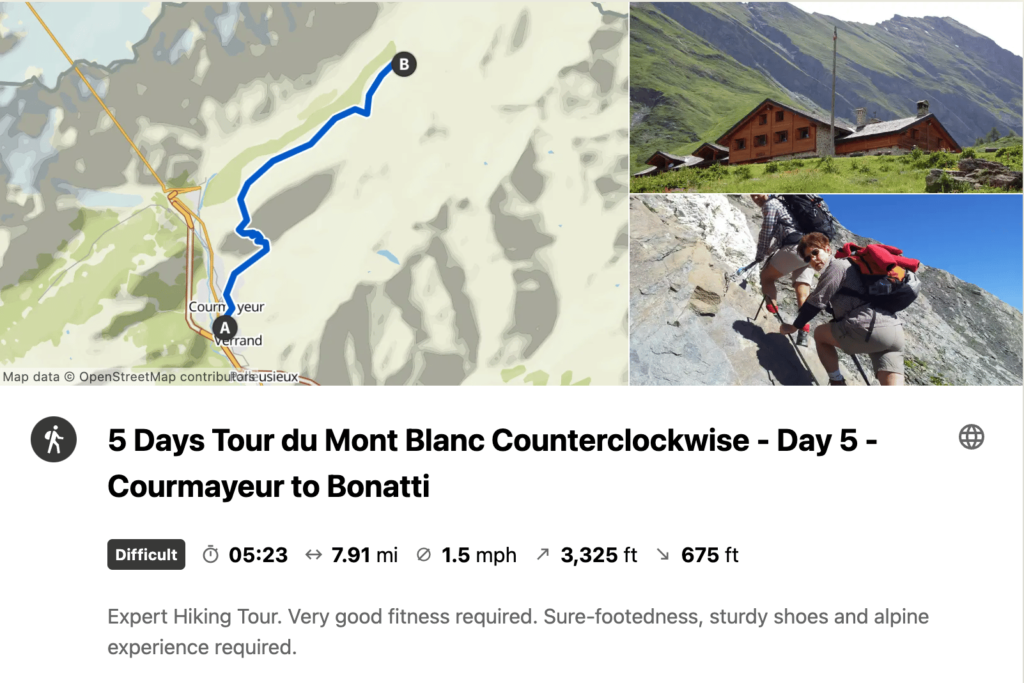
Friday July 14 – Day 5:
Hike 11.6 km
We’ll climb uphill all day with incredible views to the Bonatti rifugio. It’s a short day so we may opt to do some dayhikes from Bonatti or side excursions.
I’m planning for us to park the second car at Parcheggio Lavachey near Bonatti prior to the hike. It is a 3.3 km walk from the rifugio to the parking lot. There’s a restaurant nearby so I’m assuming it’s passable in summer.
It’s a 45 min drive thru tunnel back to Les Houches where the other car will be parked.
Accommodations on the Tour du Mont Blanc Trail
What is a refuge? Generally speaking they are high elevation accommodations of varying amenities. They are called refuges, rifugios, huts, or hütten, depending upon which language is spoken.
They range from luxurious to very spartan. Some have water, some run out. It all depends. But what is universal is that they are a pain in the butt to book. However, they are perched in some of the most beautiful and isolated landscapes in the world. As an American, i can hardly believe that such a thing exists. And they usually serve delicious 3 course dinners and have a breakfast with yummy coffee and lots of bread.
TMB Mont Blanc
Day 0 – arrival day in chamonix.
You’ll want to find your own accommodations in Chamonix prior to the hike. I would recommend to book your hotel on this website as it’s reliable to find a comfortable stay within the town of Chamonix or nearby. It’s a compact Alpine town and you can easily walk to dinner along the stream. It’s very ritzy and fun.
Day 1 – Les Contamines Airbnb
As of December 5, I couldn’t find any huts, campgrounds or booking.com places available for our date in early July before the high season. Whew. But I did find a chalet to fit the 6 of us with 3 bedrooms somewhere near the town of Les Contamines. It’ll be an easier day of hiking but that’s good for warming up.
Day 2 – La Croix Bonhomme Refuge
Hopefully it’s not raining because this is a true mountain hut on the top of a mountain with panoramic views. The facilities are super basic but that’s the point. It’s a respite from the world below.
Dormitory style prices for 2023:
26.50 bed 32.50 breakfast and dinner 8.00 sack lunch
Contact La Croix Bonhomme Refuge
No credit cards. You’ll want to bring a sleep sac which is like a liner to protect against bed bugs, lice, etc. They don’t want your body grease on their pillows and blankets basically. They should have showers especially in early July but you’ll probably have to pay for them and it’ll be quick, like 90 seconds. Bring your own quick dry towel and mini tolietries.
Other refuges in the area: Les Mottets
Day 3 – cabane du combal refuge.
A nicer hut from online reviews, we’ll see. The prices are higher and I’m assuming it’s half board, their website is pretty basic and it’s hard to tell. They use the https://reservation.montourdumontblanc.com/ site to book but do reply to emails. I did not have pay a deposit but we got room 4 and room 6. We’ll have to do a competition to decide which couple gets the whole room to themselves.
4 person room prices for 2023:
90.00 euros per person.
They have towels and soaps here.
Other refuges in the area: Rifugio Elisabetta
Day 4 – courmayeur.
Here we’re in a glitzy Italian alpine town so there are hotel and airbnb options. I used Hotel Triolet because they offer a nice breakfast and comfortable looking rooms.
Double room prices for 2023:
160.00 euros per room including breakfast.
We should plan to have a nice dinner out in town and soak up the cobblestone pedestrian areas and maybe even do some shopping.
Other accommodations in the area: Check on this Hotel Website
Day 5 – rifugio bonatti.
A hut with great views and isolated up the mountain from the valley where Courmayeur is located. It’s likely not to have great services but it’s half board and there’s not a lot of other options. We have 1 private room for 2 people plus extra bed and one private room for 3 people. Girls and guys? Who snores the least?
L’équipe del Rifugio Alpino Walter Bonatti
3 person room prices for 2023:
85.00 euros per person half board.
Other refuges in the area: Chalet Val Ferret
Packing list for the tour du mont blanc.
💡 It’s not about what you bring, it’s about what you don’t bring.
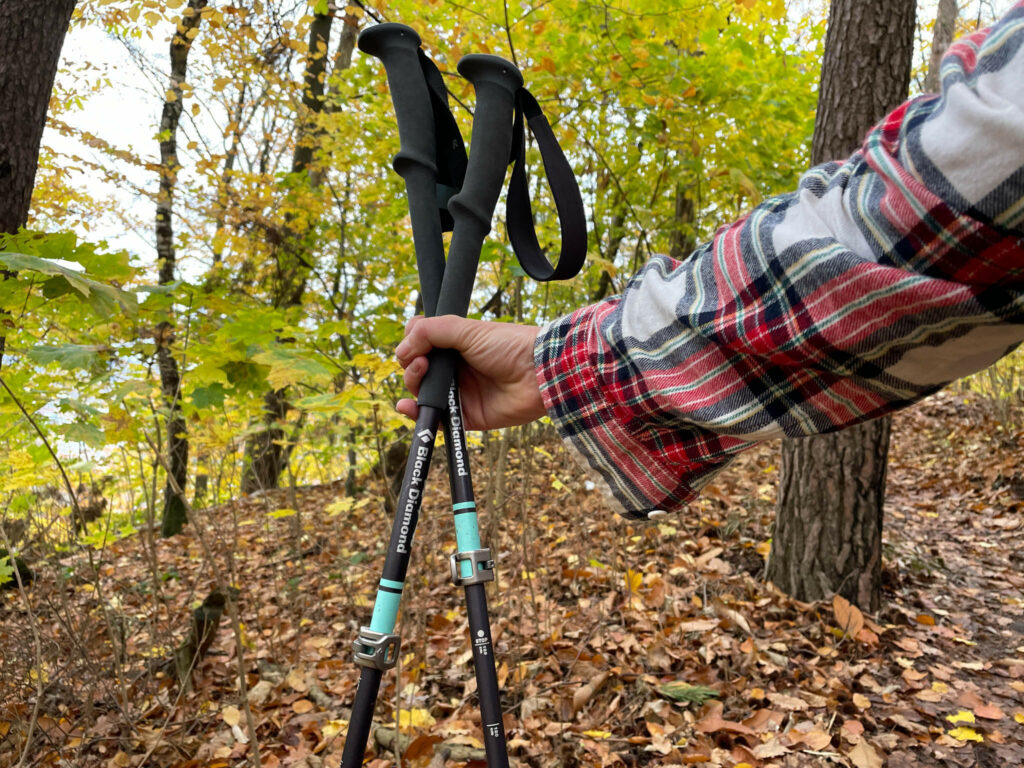
Not sure what to bring?
Go lightweight. It’s not necessary to bring a lot of stuff on a hut to hut hike. The huts (refuges) provide the food, beds, toliets, etc. Most people wash out their hiking clothes and hang to dry each night.
The refuges or mountains huts allow you to bring very little in your backpack. The lighter your pack is the more happy of hiker you’ll be. There are some services to do luggage transport to the refuges, however this goes against the idea of responsible travel. There’s really no need to make someone drive your luggage up to a mountain hut, or worse, load up a mule with your crap.
You’ll be hanging out with other hikers each night in the refuges to have dinner. Realistically, you’ll need one set of lightweight clothes that don’t stink to enjoy the dinner and breakfast services.
It’s totally kosher to wash out your hiking clothing and hang them up on the railings or provided laundry lines (at some refuges).
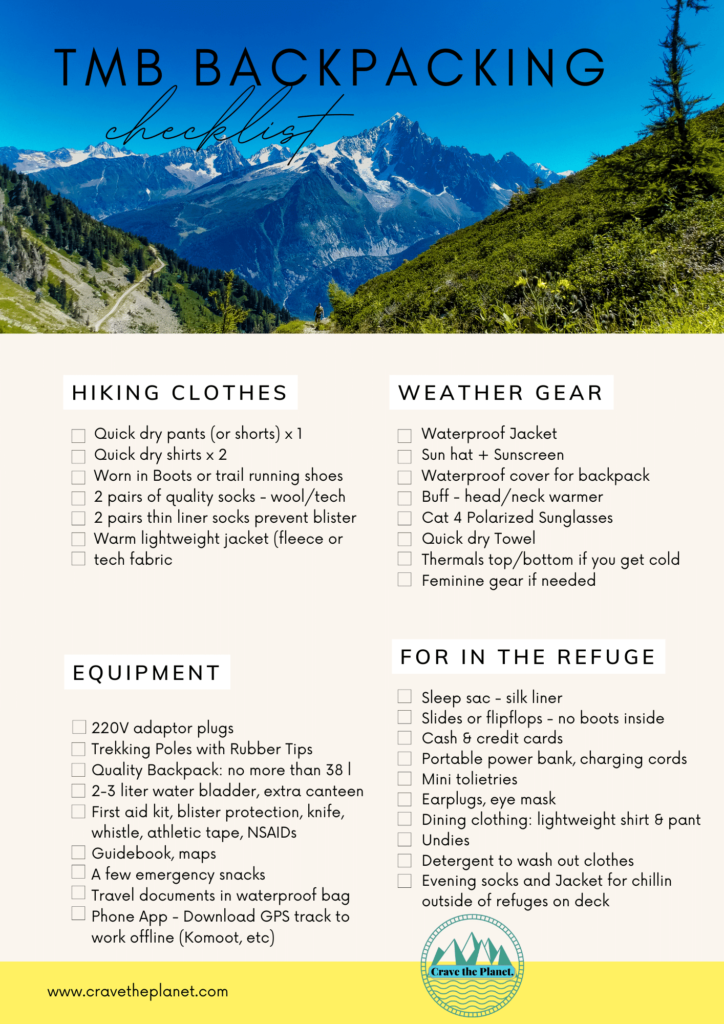
Click here to download free PDF Tour du Mont Blanc Packing List
Accommodations on Trail
You can go pretty lux in the towns of courmayeur and chamonix if you choose..
Please see the detailed Airtable towards the end of the article where I’ve documented the costs for the year 2023. But in summary inflation is hitting everywhere:
–in towns, you’ve got more options for hotels & airbnbs that run 135 euros for a double and up
–The mountain refuges with half board range between 67 to 90 euros per person per night
–Of course, the earlier you book you may find better deals.
–Sack lunches are quoted at 11 euros
–Meals in town at restaurants have increased recently to 15 euros and up per meal
Mid-June to Mid-October is when the huts and trail are open.
The alps in august can be crowded.
–August is Italian/French/German vacation time, so you’ll be in high season.
–July has the best weather for families that need to do this trek during school break.
–Early June is chilly you can run into some snow. Same for late September and early October.
If you aren’t going with kids, early September would likely be the best as it’s least crowded and still warm.
However, there are absolutely no guarantees on weather. You’ll probably hit thunderstorms in the late afternoons so most people tend to get to their rifugios before 3 pm.
Read my full guide on when to hike the tour du mont blanc .
1. I started with the Montourdumontblanc website to assess the high mountain refuges. However, not all of the options are on this site, but it’s a great starting point and has a nice interactive map. These places are only open mid June to Mid October.
https://www.montourdumontblanc.com/uk/index.aspx
2. Google maps. Duh.
3. A great itinerary to do the entire Tour du Mont Blanc in 7 days . The author gives nice descriptions of the landscapes and it may suit more advanced hikers who want to move faster and cover more ground each day.
4. You can use travel sites like Airbnb and Booking to find hotels in Chamonix , Les Houches, Courmayeur and Les Contamines as they have offerings in the valleys.
5. The T our du Mont Blanc Facebook group is a wealth of inspiration and information.
6. Private car transfer Chamonix to Geneva Airport .
7. Customized Airtable TMB Planne r. I built this Airtable to keep myself organized and track the expenses. Copy and paste it to make it your own.
8. Detailed guide on how to use trekking poles and best budget trekking poles buying guide . You will definitely want them on this trek.
9. Plan your hiking time with a calculator.
10. Read my guide on how hard the Tour du Mont Blanc hike is.
If it all seems to much to plan, you can hire a service to take care of the logistics but not have to utilize an in person guide.
Businesses such as Alpenventures Unguided will do the heavy logistical lift for you. You can simply just show up and hike. They will book your huts and provide maps and directions to do the hike on your own terms.
If I had a little more cashflow I’d use this to save about 20 hours of emailing back and forth and managing spreadsheets.
There are also guided tours if you want a local mountaineer to walk with you for extra safety, context and fun. Cloud 9 Adventures and Mont Blanc Treks offer the Classic Tour du Mont Blanc, mini TMB treks and other variations that are led by a professional guide to ease your stress.
Other Great High Alpine Multi Day Hut to Hut Hikes in Europe
Italian Dolomites vs Tour du Mont Blanc? Are you curious about the other bucketlist hut to hut hiking trip in Europe’s high mountains? Our family has done the Alta Via 1 in summer 3 times so we’ve got a lot to say. Mostly about the food.
💞 Podcasts? Listen to our 3 different long form stories about hiking the Alta Via 1 on multiple trips that we’ve done with family and friends over the years. 🥾 Trails Worth Hiking Spotify , Apple , Website . He takes a deep dive into long distance trails and the history and mythology behind them. 🎧 Amateur Traveler focuses on the practical travel and highlights history : Website , Spotify , Apple . 🍻 Streets and Eats is all about the food and experience : Website , Spotify , Apple .

Author profile : Morgan Fielder is a Doctor of Physical Therapy and passionate hiker who believes in exploring the world on foot with good food. Follow her journey as she shares science-based hiking tips and advocates for sustainable tourism.
Happily Ever Hiker
Tour du mont blanc: our epic guide to all you need to know.
The Tour du Mont Blanc is among Europe’s greatest and most widely known hikes covering an extremely long distance, and completing this hike should be at the top of your travel list.
There’s no denying that doing the Mont Blanc tour can be the most remarkable thing you can plan to do while visiting Europe, which is why we have an epic guide with everything you ought to know about this tour!
Table of Contents
What Is The Tour Du Mont Blanc?
The Tour du Mont Blanc is one of the most famous Mont Blanc trekking trails, and it also happens to belong to the list of world’s oldest trekking trails.
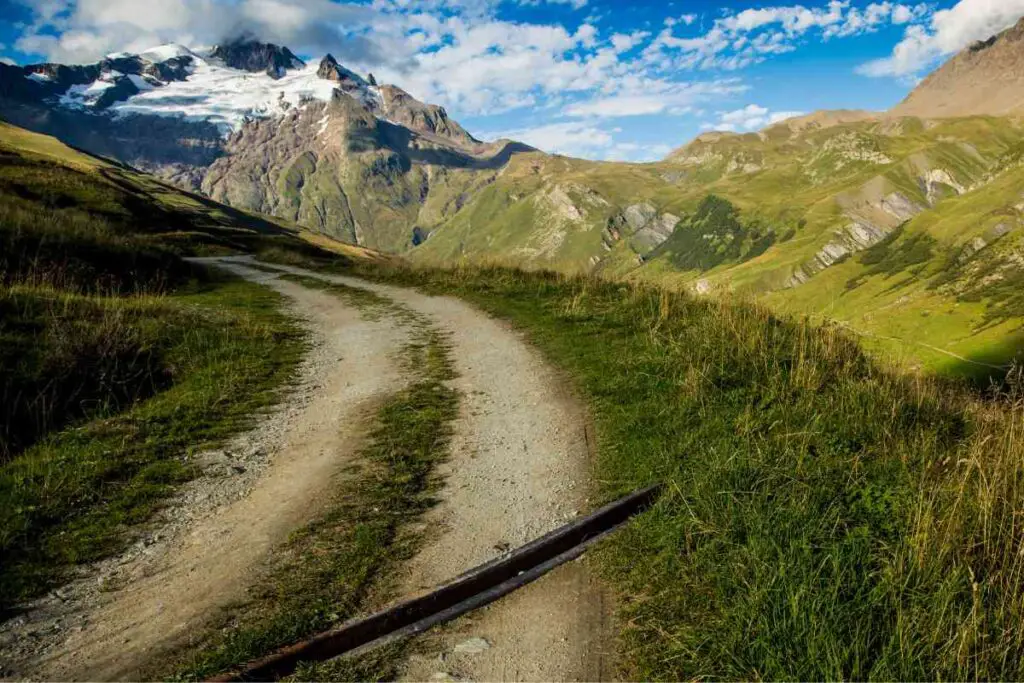
The loop is frequently featured in articles and lists titles as the ’10 Best Hiking Trails In The World,’ which is only fair given how spectacular the trail and its views are.
We’ll talk about the details of the trail later in this article, but expect breathtaking views, delectable food, and authentic mountainous adventures.
On just the first day, you’ll see massive snowy mountains, massive ice caps, majestic streams, and lush greenery.
Who Formed The Tour De Mont Blanc?
The trekking routes that comprise the tour du Mont Blanc loop, similar to the greatest treks in the world, were initially walked by shepherds who used to move their cows from one valley to the other.
However, it was a geologist from Switzerland who popularized this tour in the 18 th century.
The funny thing is that this “discovery” of his happened by accident as what he was trying to do was to figure out how to ascend Mont Blanc.
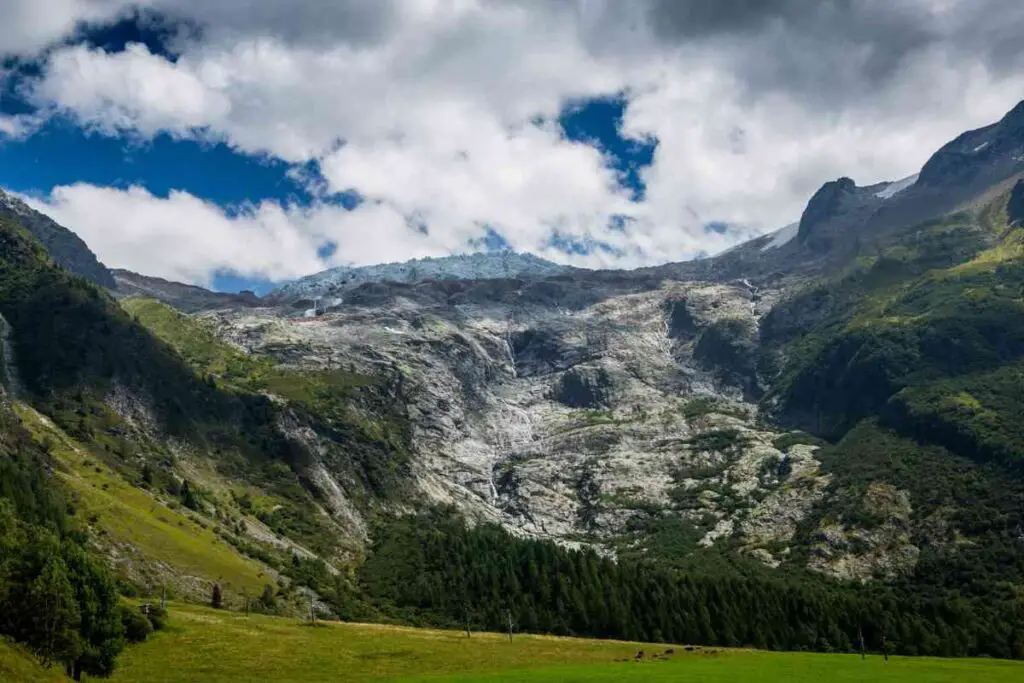
However, he ended up completing a circular trip around the entire mountain searching for the most suitable pathway, and thus was the first one (at least to our knowledge) to walk this trail.
The exact route the geologist followed is unconfirmed, but he went back to the mountain many times, desperately trying to reach the top.
Following several unsuccessful tries and circles around Mont Blanc, promised remuneration to whoever would reach the peak of the mountain.
It was in the late 1780s that two people from Chamonix were given the reward and managed to make the first climb.
He then was the third one to take the same path and reach the top of this famous European mountain.
Historically, Celtic tribal groups and the Roman army had used Col du Bonhomme, a spot located on the tour du Mont Blanc, as a route from which they moved their supplies through the Alpine areas.
Even today, you can discover the tattered remains of the Roman people and armies, with an old bridge built by their army remaining in good condition there, to many people’s surprise.
Where Is The Tour Du Mont Blanc?
TMB circumnavigates the mountain range, passing through Switzerland, Italy, as well as France.
Despite the fact that the trail does not reach the summit, everybody is familiar with Mont Blanc, and its name draws thousands of backpackers, hikers, and mountaineers each year.
How Long Is Tour Du Mont Blanc?
The Tour du Mont Blanc loop is a circuit that is 170 kilometers long and circles the Mont Blanc Mountain range.
Tour Du Mont Blanc Hike

Tour Du Mont Blanc Starting And Finishing Point
The Tour du Mont Blanc starts and finishes in Chamonix, an alpine town and adventure sports mecca on the French side of the Alps.
Despite its small size, Chamonix has always been overflowed with tourists and people looking for adventure thrills.
It is also a highly regarded ski retreat at the bottom of Mont Blanc, which means that there are many skiers and outdoor enthusiasts of all levels, as well as a booming mountaineering community and an abundance of trekking and mountain-bike paths to explore once the snow melts in the warmer months.
Chamonix is only 90 kilometers from the Geneva Airport and has numerous transportation choices available, rendering it a very accessible Alpine town.
The drive takes slightly more than an hour, bus services approximately 2 hours, and trains take closer to 3 hours, contingent on connections.
This town is also known as the World’s Capital of Adventure thanks to its busy rhythms, a plethora of fun activities, and simply stunning mountain ranges right next to it.
Tour Du Mont Blanc Route/Trail
The route follows a long loop of secluded pathways that circumnavigate the Mont Blanc massif in an anti-clockwise direction.
Of course, you have the option to follow the path in a clockwise direction, but the majority of people tend to go the other way around, and this is one of those cases where it’s preferable to go with the flow.
The trail is not challenging if you have prepared and trained right for it, but there are a lot of steep ascents.
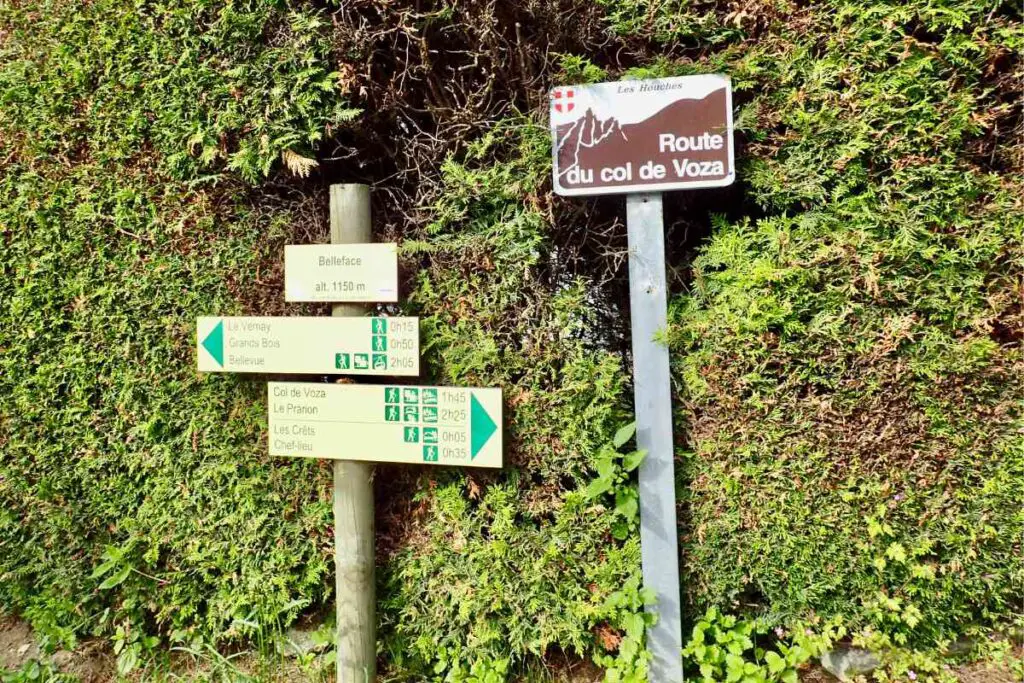
Nevertheless, there are also many variants and easier routes to take, so you can take paths that are slightly more demanding and then continue an easy downhill.
Moreover, the Tour du Mont Blanc trekking trail includes forest areas, desolate rugged terrain, and extensive green hillsides.
You’ll also be surrounded by the ultimate combination of majestic scenery and snow-covered highs above, with each day being unique.
However, if there’s one thing the majority of your tour days have in common, it is the fact that you will be following the same pattern of hiking across hilly areas, or mountain passes, before going down to a Refugio or hotel to rest.
Similarly, your days will begin with an enjoyable uphill walk to a picturesque point where you can enjoy your snack or meal while gazing at the scenery, and then continue with your final hike downhill for a hearty evening meal and some fresh beer.
Tour Du Mont Blanc Altitude
Mont Blanc, Western Europe’s highest mountain, is 4.808 meters above sea level, making its altitude one of the greatest and most challenging ones.
However, as we have previously mentioned the Tour De Mont Black does not involve ascending to its top.
In fact, the highest peak along the standard route is 2.537 meters above sea level, which is considerably lower than the top of the mountain.
This peak is at the Grand Col Ferret, which also serves as a frontier between Italy and Switzerland. Nevertheless, a few alternative routes can take you to the greatest heights.
So, for example, you also have the option of going higher up to enjoy the beautiful scenery from 2.665 meters above sea level. on the Col des Fours or Fenetre d’ Arpette,
Tour Du Mont Blanc Itinerary
Because of the long distance of the trail, most people complete the Tour du Mont Blanc route in 7 to 10 days.
Below you can find the itinerary for a 10-day hiking trip, and which is typically the one most people follow when doing the Tour du Mont Blanc for the first time!
10-Days Itinerary
Day 1: chamonix – les contamines.
On the first day, you’ll take the minibus to Les Houches and start your tour.
This first stage from Les Houches to Les Contamines is filled with lovely pine forest pathways, steep uphills and downhills, and areas of low trees and bushes carpeted with wild blueberry shrubs.

Nevertheless, you won’t be able to avoid the steep hills for the first hour, and if you choose to go from the variant, you can expect approximately 1500 meters of elevation, compared to the 650 meters of the standard route.
If you choose the challenging path, stop for lunch at the Refuge de Miage for some delicious and nourishing salad, and then continue your hike to Les Contamines for a night’s rest and more food.
Elevation Profile (Gain): 1500 meters of elevation gain for the variant, 650 meters of elevation gain for the standard route
Day 2: Les Contamines – Les Chapieux
After spending the night in a chalet, you’ll start the second day of the tour with an uphill trek up to the renowned Col du Bonhomme.
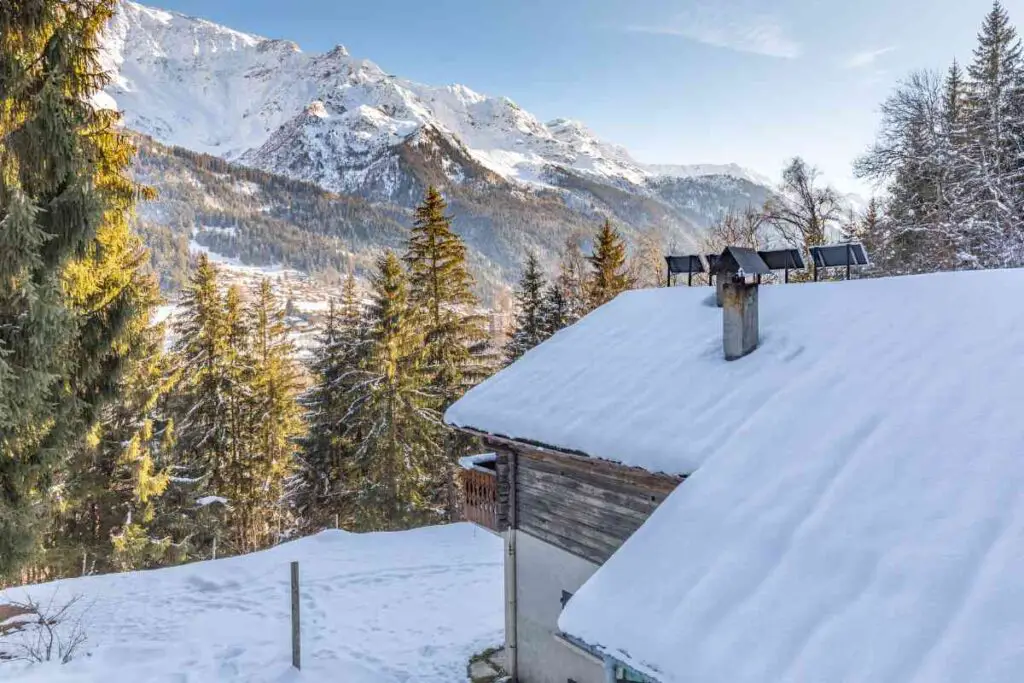
A few hours later towards the late afternoon, you’ll hike across the Croix de la Bonhomme and head straight to Les Chapieux.
This stage of the tour offers much better scenery and is less challenging, so you will certainly enjoy it more.
Les Chapieux is so small that it hardly qualifies as a town, but it’s quite lovely. There are a few guesthouses nearby. There also is a local products shop, where you must absolutely try their goat cheese!
Elevation Profile (Gain): 1300 meters of elevation gain
Day 3: Les Chapieux To Rifugio Monte Bianco
The third day will get you to Italy as you will be on the Col, which is approximately 1000 meters higher than the starting point.

The hike begins with a mild uphill through the valley, followed by several steep hills to the col’s summit. Although there is some altitude gain, this col is among the easiest ones to reach.
After you cross the col and until you reach Refugio Elisabetta it’s an enjoyable downhill. There you can spend some time enjoying some comfort food, and if you choose to stay the night, you’ll get a large dinner and an incredible view of the sunset.
Elevation Profile (Gain): 1000 meters of elevation gain
Day 4: Rifugio Monte Bianco – Courmayeur
This is undoubtedly the simplest hiking day.

An easy walk down the route to Courmayeur (that is nonetheless more than 4 hours long), a little town with many tourists, and you can have a nice break there, dine, enjoy a drink, and walk around the town.
Day 5: Courmayeur – Val Ferret
The fifth day begins with 800 meters of walking up a steep hill for approximately 2 hours, which is not that challenging.
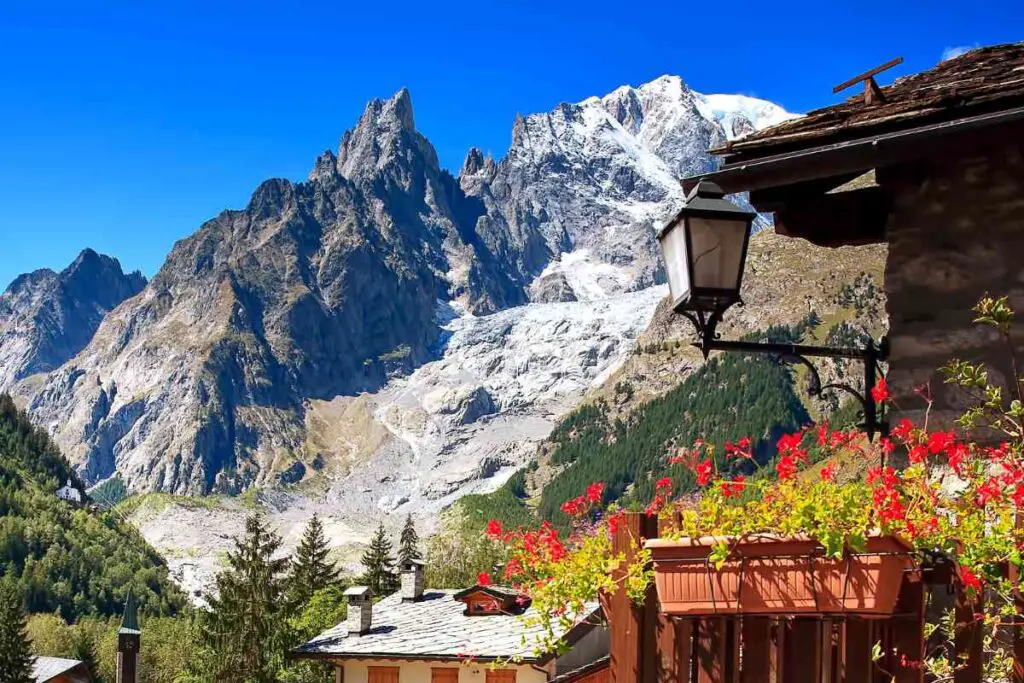
The hike from Courmayeur, at 1224 meters, to Refugio Bertone which is at 1996 meters, is mostly through a lovely forest area full of pine trees and it takes you along the Val Ferret, in between Italy and Switzerland.
When you get to the Refugio at the top, you can decide whether or not to complete the variant, which goes up 500 meters more and is 100% worth it.
Elevation Profile (Gain): 800 meters of elevation gain
Day 6: Val Ferret – La Fouly
On your sixth day, you’ll walk an easy 4-hour trail from Col Ferret to the little town of La Fouly, where you can try the delicious local cheese and other delicacies they offer.

An easier uphill walk all the way to a col will have you literally standing between France and Switzerland! As you descend, you’ll realize that the meal prices in the different Refugios skyrocket but spending some money on food there is worth it.
Day 7: La Fouly – Champex-Lac
This is a pleasant day with a hike through beautiful alpine grasslands and Swiss rural areas. You’ll finish your day in Champex-Lac, an idyllic Swiss settlement with a lovely lake where you can swim on a hot summer day!
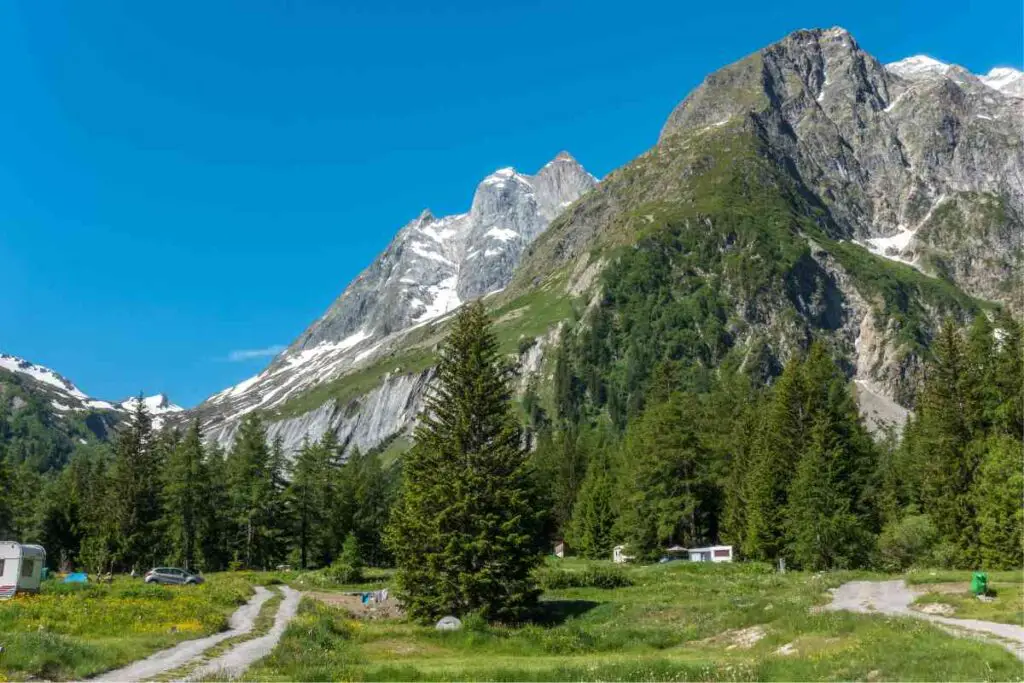
There are also many towns to stop in between, so despite the relatively short hike (in comparison to the 8-hour ones on other days), you need to take into account the hours you’ll spend exploring the towns.
Elevation Profile (Gain): 637 meters of elevation gain
Day 8: Champex-Lac – Trient
After a wonderful night in Champex, you can move on with your journey and begin the long but easy ascent to Bovine. From that point, you can descend to Trient via the Col de la Forclaz.
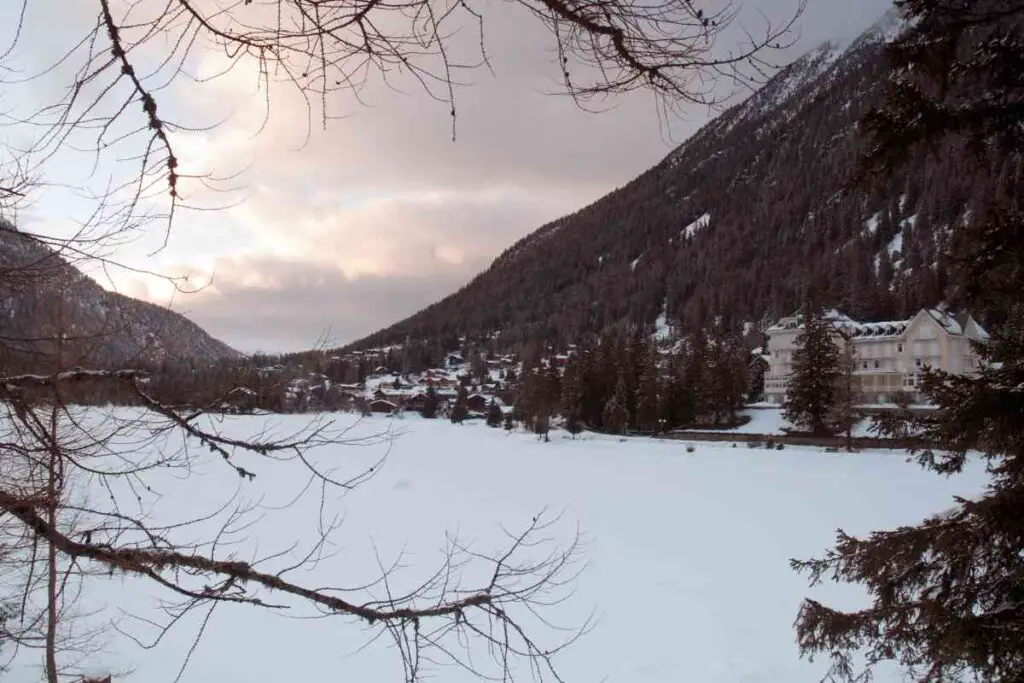
This day begins fairly flat before climbing approximately 1200 meters. The 1200-meter climb isn’t too difficult, and when you get to the top, there is also a cute spot to eat lunch and take in the views.
There are no grocery stores in Trient or La Peuty, so restock in Champex or enjoy your meals in any of the Refugios along the way.
Elevation Profile (Gain): 1200 meters of elevation gain
Day 9: Trient – Argentiere
The penultimate day starts early in the morning with an uphill trek up to Col de Balme, which offers Mont Blanc on a plate.

There’s also a variant that takes you up to Col des Possettes and the Aiguillette des Possettes peak that you can take, while the downhill to La Tour will mark the end of the hiking part of the day, leaving you time to relax and unwind.
Elevation Profile (Gain): 1180 meters of elevation gain
Day 10: Argentiere – Chamonix
The last day of your tour offers either the chance to ascend over Lac Blanc on some daring stairways or choose the standard and easier route.
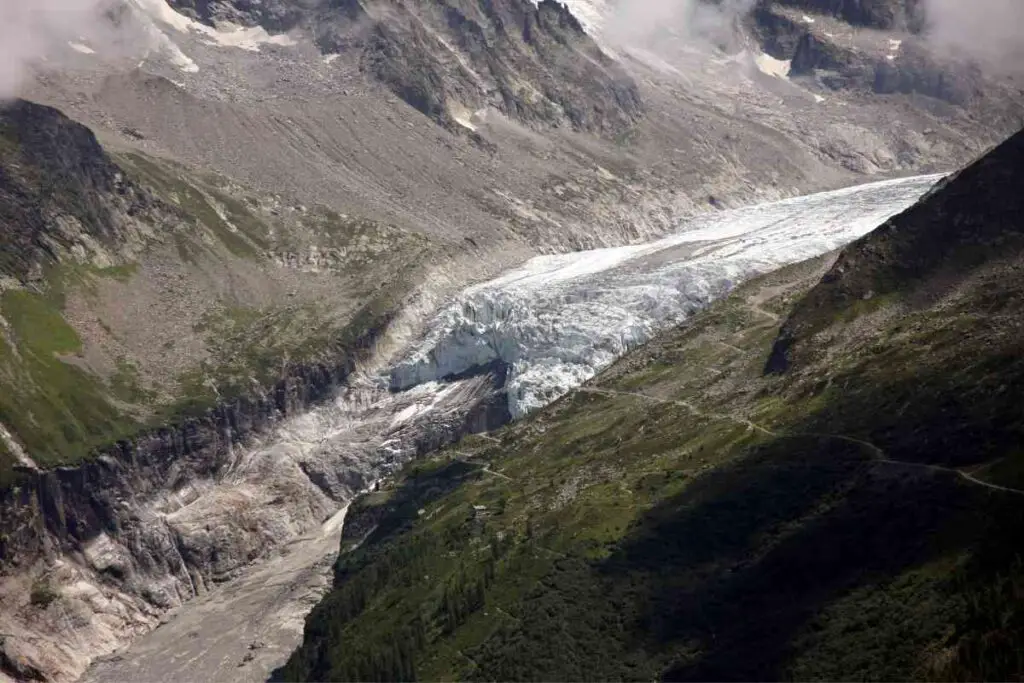
Some of the most breathtaking views are being enjoyed in this last stage of the trip, which will finish with a downhill walk with Chamonix as the final destination.
Elevation Profile (Gain): 1260 meters of elevation gain
Tour Du Mont Blanc Tour Options
There are both guided and self-guided tours you can join to complete the Tour du Mont Blanc, and depending on what you choose to do, the costs will be different.
Here are some examples of guided and self-guided tours offered:
- Macs Adventure Tour
- Tour Du Mont Blanc Holiday
- Alpine Treks
- Wildland Trekking Tour
Tour Du Mont Blanc Map
Mont Blanc Treks offer several maps such as those of the easterly and westerly circuits as well as one of the full circuits around Mont Blanc, and a chart of the elevation profile of the tour.

Tour Du Mont Blanc Packing List
If you are planning on camping throughout the tour, you need to make sure you are packing as light as possible as you will be carrying the extra camping equipment with you which includes a tent and a sleeping bag , as well as a sleeping pad.

The rest of the things you need to carry are:
- Water bottle
- Clothes: fleece or sweater (depending on the weather), extra socks and underwear, shirts and shorts, and long trousers.
- Accessories: bandanas, caps, headlamp
- Microfiber towel
- Power adapter
- First-aid kit
- Passport and/or ID
When To Hike the Tour Du Mont Blanc?
The best time of the year to walk the tour du Mont Blanc is in the summertime when the climate is softer, the sun is up, and all ice has melted.
Given its high altitude and Alpine winters, going there in the summer can guarantee you a good night’s sleep when you choose to camp for the night as well as warmer weather for your hike.
Training For Tour Du Mont Blanc
Depending on which path you take, you should train and get ready for a little more or a little less strain on your legs and work accordingly on your cardio fitness level.
Read next – Is hiking good cardio?
No matter how many variants you choose to hike and how fast or slow you choose to go, you need a great fitness level, so you either have to train consistently for months, even years, before embarking on your journey, or be very athletic and fit.
Previous experience with long-distance hikes will also make this trip easier, but this does not mean you won’t need to prepare for it just because you hiked coast to coast in the UK years ago!
Tour Du Mont Blanc Accommodation
A common question and topic of discussion among hikers to-be of the Tour du Mont Blanc is that concerning the lodging options.
To begin with, there are numerous places to spend the night. If you have a lot of money, you have a plethora of choices.
However, if you’d like to complete your journey without breaking the bank, you can either choose camping or stay in one of the many refugios or guesthouses.
- Find the most affordable places to stay at booking.com
Tour Du Mont Blanc Refuges
A Refugio is a refuge, also called a mountain hut. It is basically a mountain hostel with simple interior decoration and amazing food!
Many Refugios offer private rooms, however, some of them only provide shared hostel-style lodging.
Tour Du Mont Blanc Camping
You also have the option of setting up camp every night. Clearly, it will be the most cost-effective option, but it is also one that allows you to experience this adventure in the best way possible, as it kind of completes the overall experience.
Furthermore, you won’t have to worry about making any reservations, as you can simply arrive at the campground and find a spot to set up your tent.
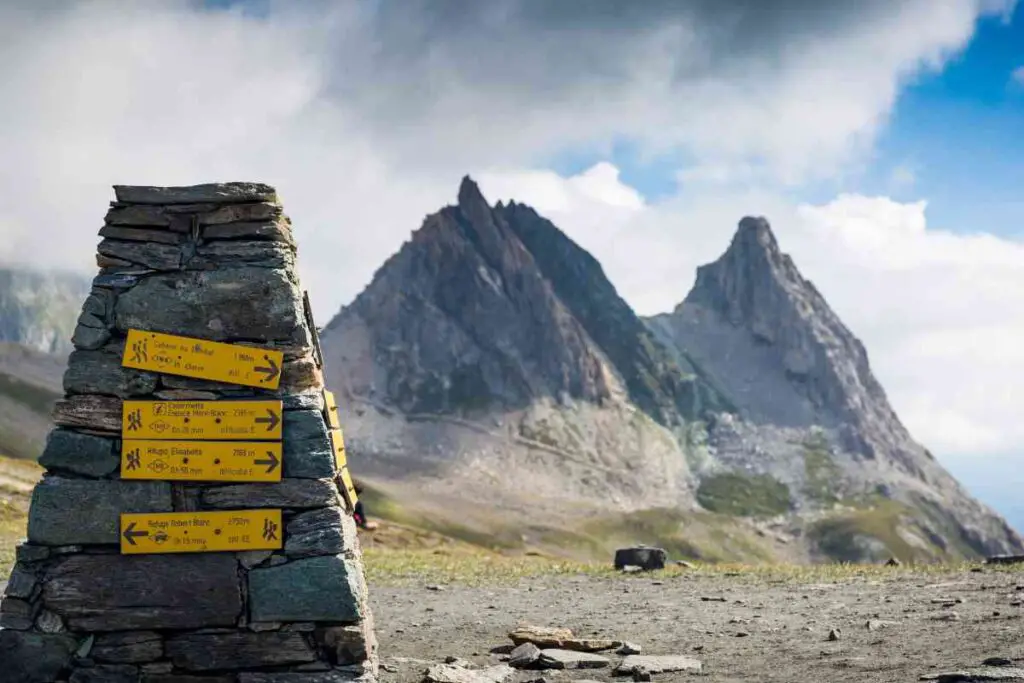
There are numerous ways to organize your trip, in addition to the several accommodation alternatives.
Many people prefer to schedule and plan things on their own, including booking their own accommodation and transporting all their belongings, but sometimes it is better to have some assistance.
During the peak tourist season, which is in July and August, it is preferable to let somebody else book your accommodation and luggage transfers.
Even so, keep in mind that if you choose to stay in accommodations rather than go camping, that means you’ll have to pay in advance and do your best to stay committed to the planned itinerary.
Any delay or injury incident might mean you can lose a night’s stay and, hence, money spent on a room you won’t stay in after all.
On the other hand, if you do the hike off-peak season, you can always make a same-day booking as it is always available in most hotels and guesthouses.
Either way, this website of the Tour De Mont Blanc is very useful for planning your stay throughout the tour.
You can select your intended destination and a precise date, and it will display a list of accommodation options you can stay in, which would include the walking distance from one to the other.
The Bottom Line
The Tour du Mont Blanc is without a doubt an epic multi-day hike on this planet and experiencing this journey is something you will remember forever.
The good thing is that you can always visit this destination again and if you go there on a guided tour the first time, challenge yourself by going on a self-guided tour the next one!
Leave a Reply Cancel reply
Your email address will not be published.
Save my name, email, and website in this browser for the next time I comment.
Latest from Blog

Will Snakes Cross a Rope? Debunking Common Myths
Yes, some snakes can cross ropes, especially if they’re good climbers and the rope provides enough

What to Do if You See a Deer While Hiking: Safe Wildlife Encounters
If you spot a deer while on a trail, the first step is to maintain a

Are Timberlands Good for Hiking? Evaluating Durability and Comfort
While fashion-forward individuals often sport Timberlands in urban settings, a question looms for outdoor enthusiasts: Are

How to Get Better at Hiking Uphill: Techniques for Mastery
Mastering the art of uphill hiking can transform your outdoor experiences, offering not only breathtaking views

Is Hiking Aerobic or Anaerobic: Understanding the Exercise Classification
Often, hiking is primarily an aerobic activity, especially when you engage in it over an extended
Privacy Policy

The Ultimate Guide to the Tour du Mont Blanc
The Tour du Mont Blanc is one of the world’s most iconic treks. Frequently referred to as the ‘TMB’ for short, the Tour du Mont Blanc circumnavigates the Mont Blanc massif and takes trekkers through France, Italy, and Switzerland over the course of 11 stages. Along the way you’ll experience stunning valleys, high-mountain passes, incredible cuisine, and some of the best hiking in the world.
This guide is designed to be the perfect planning companion for your own Tour du Mont Blanc adventure. We’ve included everything you need to know to have a spectacular trip in one place, so you can be sure you’ve thought of everything. Read it through in a single go or jump to a specific section below, but rest assured knowing you’ve found the best resource on the internet for planning your Tour du Mont Blanc trek. Let’s get started!

In this Tour du Mont Blanc Guide
- How long is the Tour du Mont Blanc?
- How difficult is the Tour du Mont Blanc?
- Which direction should I hike?
- When should I hike the TMB?
- Designing your TMB Itinerary
- Shortcuts, detours, and rest days on the TMB
- Stage-by-stage Itinerary for the Tour du Mont Blanc
Tour du Mont Blanc Accommodation
- Getting to Les Houches from Geneva
- Getting to Champex from Geneva
- Luggage storage and transfer on the TMB
- Weather on the TMB
- Food and drink on the TMB
- Maps & Guidebooks
- Budgeting and money
- What to pack for the TMB
- How to train for the Tour du Mont Blanc
Everything you need to plan your TMB – all in one place.
Whether you prefer mountain huts or hotels, fastpacking or meandering, or something in between, we’ve got you covered. Our Guide to the Tour du Mont Blanc is the ultimate tool to help you plan your perfect trip.
When you purchase a guide, you’ll get instant access to all the information you need to plan your trip in our planning portal as well as in a downloadable PDF eGuide.
- Planning Portal Access: Get instant access to our online trip planning portal complete with 9-day, 11-day, and 12-day TMB itineraries.
- Accommodation Insights: You’ll get information on accommodation options for every stage, including where to book when popular huts are fully booked!
- GPS Maps: Every guide comes with custom GPS maps for three different itineraries. Download the maps for offline use so you’ll always be able to find your next campsite.
- Expert Advice: Find detailed maps for every stage, accommodation & booking information, packing lists, and much more.

We’re confident this is the best resource available for camping on the Tour du Mont Blanc. Pick up your guide below and if you’re not satisfied for any reason we’ll give you a full refund!
( 100% Money Back Guarantee )
About the Tour du Mont Blanc
The Tour du Mont Blanc (TMB) is a 170-km trek that circles the Mont Blanc massif. The route is traditionally walked in the anti-clockwise direction over 11-stages. The TMB starts and finishes in the French village of Les Houches , which sits adjacent to the popular mountain town of Chamonix . Along the way the trail passes through seven unique and beautiful valleys, where charming hamlets and regional delicacies abound. Between the valleys, the route traverses a rugged mountain landscape and stunning high alpine scenery.

The TMB is one of the most popular long-distance treks in Europe, with over 10,000 hikers per year embarking on their own walk around Mont Blanc. It is easy to understand why when considering the ease of access to the trek , plentiful accommodation options , and the fact that the route is achievable by most reasonably fit walkers . The closest major city to the TMB is Geneva, Switzerland, located just a few hours north by train or bus .
The route passes through seven mountain valleys (Val d’Arve, Val d’Montjoie, Vallee des Glaciers, Val Veny, Italian Val Ferret, Swiss Val Ferret, and Vallee du Trient) and visits charming alpine hamlets as it winds its way around Mont Blanc. Contrary to what many believe, the TMB does not go through the iconic French mountain town of Chamonix, instead taking a trail high-above this famed destination.

Want to see the entire TMB in three minutes? The fly through video below will take you along the entire circuit, providing a helpful overview of the trek.
How Long is the Tour du Mont Blanc?
The short answer: it depends! The Tour du Mont Blanc has many variations and route options as it makes its way around Mont Blanc. These variations include options to tackle challenging mountain passes (see the Fenetre d’Arpette ), visit crystal clear mountain lakes (such as Lac Blanc ), or to simply avoid some of the more challenging sections of the hike. However, the classic TMB route is approximately 170-kilometers long. Taking alternate routes may lengthen or shorten your total distance, depending on the routes chosen. Throughout the trek, you’ll have options to walk less or more depending on the weather, your preferences, and the conditions encountered on the trail.

How Difficult is the Tour du Mont Blanc?
If you are reasonably fit and have some trekking experience , you should be well-suited to the physical challenges of the TMB. It is a tough trek that involves long, steep ascents and descents on nearly every stage , but it isn’t too technically demanding. Remember, the Tour du Mont Blanc is a hike not a climb! Trekkers should be prepared for long days of hiking with plenty of elevation change, but frequent services along the route make it more approachable. Weather can add to the challenge , and hikers should be prepared to encounter rain and even snow at any time.
Many of the stages of the TMB are structured such that you’ll begin your hike from the valley floor, trek up and over a mountain pass, and then descend into the next valley to finish the day. This provides a nice rhythm to the Tour du Mont Blanc but can also make for some difficult days. Make sure you have healthy knees, as the downhill sections can take their toll! All that being said we truly believe that most walkers who invest a bit of time in training and preparation can complete the Tour du Mont Blanc with no problems and have a great time doing it! Our best advice is to be sure you are in good physical condition and also make sound decisions when you encounter bad weather or snow.
Get The FREE TMB Essentials Handbook

Our free PDF guide covers all the basics – when to hike, accommodation, typical costs, and more!
Your TMB Essentials Booklet will be emailed to you shortly.

Planning Your Perfect Tour du Mont Blanc
Now that you have a bit of background on the TMB let’s get to the heart of this guide: helping you plan your perfect Tour du Mont Blanc! First, we’ll start with some basics such as which direction you should hike in and what time of year will be best for you to tackle the TMB. Then we’ll dive into some more in-depth considerations such as designing your perfect itinerary and selecting your accommodation . Let’s get started!

Which Direction Should I Hike the TMB?

The TMB is traditionally hiked in an anti-clockwise direction beginning in the French town of Les Houches, adjacent to Chamonix. It is also possible to walk the route in a clockwise direction, and trekkers headed this way typically start in the Swiss town of Champex-Lac . Below we’ve outlined some pros and cons of hiking in each direction.
Anti-Clockwise (starting in Les Houches, France)
- Follows the classic route, good if you’re a sucker for tradition.
- Begins near Chamonix, which is easier to get to from the Geneva Airport than Champex.
- Rewards hikers with jaw-dropping views of Mont Blanc on the final stage.
- More people hike in this direction, so the trail could feel more crowded throughout the day.
Clockwise (starting in Champex, Switzerland)
- Fewer hikers walking in the same direction as you.
- The first few stages are a bit mellower, allowing you to get acclimated before tackling the tougher sections.
- You’ll meet different people at each stop along the way.
- You’ll pass a large wave of people walking in the opposite direction each day, which can get tight on narrow trails.
- Champex (your starting point) has fewer amenities and is less conveniently connected by public transport than Les Houches. If you want to start in Les Houches and hike clockwise, be warned that the first day involves a very challenging climb, which can be a tough way to begin your trek.
All things considered, you will be sure to have a great time on the TMB regardless of which direction you choose to hike in. Think through your options and make the best decision for yourself!

When Should I Hike the Tour du Mont Blanc?
The hiking season for the TMB generally lasts from late June through mid-September. July and August are the busiest months, and accommodation (with the exception of camping) must be booked in advance. There’s a chance you could get away without advance bookings in June and September, but we still wouldn’t recommend it.

June : Early in the season, you are likely to encounter snow on the trail. Depending on the snow levels, there could be sections that will be impassible and you may need to reroute. Otherwise, expect cool evenings, bright sunny days, and less crowded trails. Keep in mind that most mountain refuges don’t open until late June.
July : Hikers could still encounter some snow along the trail, but chances of significant snow will diminish as the month wears on. Expect beautiful warm days and abundant wildflowers. This is a popular month to hike.
August : Another busy month on the trail, hikers can expect snow-free paths and warm, sunny weather. The end of August brings the Ultra Tour du Mont Blanc trail race . Although the atmosphere during the race week is incredible, we recommend you try to avoid hiking during the UTMB to avoid crowds and logistical challenges.
September : Expect shorter days and increasingly chilly weather. This is a beautiful time to be on the trail and less crowded, although some accommodation providers may be closed for the season.
The bottom line : The best (and safest) time to hike the TMB is from late-June through early September. You’ll need to make advance bookings if you plan to hike during this time frame.

Designing Your TMB Itinerary

Now that you have a sense of which direction you’ll plan to hike in as well as which month you’ll embark of your trip it’s time to start thinking about your specific itinerary! As we’ve mentioned, the Tour du Mont Blanc in traditionally hiked over the course of 11 days, which will be a great pace for many hikers. However, there are certainly those who will want to tackle the trail in fewer days or savor their time in the Alps and extend their hike over the course of two weeks or more!
Whatever you choose be sure to consider your personal abilities, how much time you’ll have, and what you want your typical days on the TMB to look like. Given the amount of accommodation options on the TMB your itinerary possibilities are nearly endless! Checkout our general guidelines below as well as our stage-by-stage itinerary for the traditional 11-day Tour du Mont Blanc circuit to get some ideas of your own. Here are our general guidelines for thinking about how many days you’ll need to complete the TMB:
- 8-10 days : Fast pace (8 – 10 hours of hiking each day)
- 10-11 days : Average pace (without a rest day) (6-8 hours of hiking each day)
- 11-12 days : Average pace (with a rest day) (6 – 8 hours of hiking each day)
- 12-14 days : Leisurely pace (6 – 7 hours of hiking each day)
Shortcuts, Detours, and Rest Days on the TMB
One of the great things about trekking the Tour du Mont Blanc is the ability to alter your route based on the conditions encountered. Bad weather, injuries, fatigue, burnout, limited time; there are countless reasons why you may need to use alternative means of transportation to get from one point of the TMB to another. Fortunately, the trail rarely strays too far from civilization, meaning you have tons of options along the way for when you need them. Below, we’ve listed some of the most common detours and shortcuts used on the TMB, as well as a few great resources for problem-solving your unique situation.
Bellvue Cable Car: This option allows you to eliminate the lion’s share of the climb out of Les Houches on the traditional (anti-clockwise) first stage of the trek . Once you get to the top, follow the signs a short way to rejoin the main trail.
La Maison Vielle Cable Car (and chairlift): If you’d like to avoid the knee-wrenching descent into Courmayeur ( Stage 4 ), you can take a chairlift from La Maison Vieille down to Plan Chécrouit, where there’s a cable car that terminates in the town of Dolonne, across the river from Courmayeur. You can take a bus from Dolonne to Courmayeur if needed, otherwise it’s just a short walk.
La Flégère Cable Car: This gondola departs directly next to Refuge la Flégère and ends in the village of Les Praz. From there, it’s possible to take a bus or taxi back to Chamonix. This is a good option if you need to cut out the final day of the TMB , or if you want to hike in reverse and avoid the long, long climb out of Les Houches. You could also take the cable car down into Les Praz for more accommodation and services at this stage, and then take it back up the next morning to continue your trek.

La Chapelle to Notre Dame de la Gorge Navette : This free shuttle bus, or “navette,” runs from La Chapelle (a short walk from the trail on the outskirts of Les Contamines) to Notre Dame de la Gorge (at the beginning of Stage 2 ). This means you can pick it up at the end of Stage 1 to cut out the last hour or so of walking before reaching Les Contamines, and you can also take it from Les Contamines to Notre Dame de la Gorge on the next day to get a bit of a head start (30-60 minutes, depending on where you stay in Les Contamines).
Les Chapieux to Refuge des Mottets Navette : This shuttle allows you to avoid about 2 hours of road walking at the beginning of Stage 3 . It only costs a few euros to ride, and you can pick it up at the tourist information office in Les Chapieux. Make sure to buy your tickets in advance (do so the previous day, at the tourist office), as the shuttle fills up quickly in the mornings!
Arriva Bus-In and around Courmayeur: This is the bus network you’ll use if you need to take any alternative transportation in Val Ferret or Val Veny (the two valleys in the surrounding area). You can take a bus from La Visaille to Courmayeur to cut out the final hour of walking on Stage 4 . This bus can also be used to reach campgrounds that are not located directly on the TMB route. Additionally, you can use the Savda bus to get to either La Fouly or Champex (although you will need to transfer in Orsières and take a Post Bus the remainder of the journey).
TMR/SBB Bus La Fouly to Champex: You can get from La Fouly to Champex (effectively cutting out all of Stage 7) by bus. You’ll need to take line 272 from La Fouly to Orsières, where you’ll transfer to the 271 that will take you to Champex. Service is relatively frequent and easy to navigate.

SBB Train from Champex to Trient: It’s relatively easy and straightforward to take the Swiss SBB train from Champex to Trient, effectively cutting out all of Stage 8. You need to utilize the local bus in Champex and may need to transfer a few times on the way, but Swiss trains really do live up to their reputation for being timely and efficient.
Keep in mind that there are many more transportation options along the TMB! We’ve simply listed a few of the most common and straightforward ones. If you need to find a specific detour, we recommend using Rome2Rio or Google Maps as a starting point. PostBus and SBB also have excellent apps that can be used to plan trips and buy tickets.
NOTE: Many of the buses and cable cars only run during the peak months of the hiking season (July and August). Make sure that you check the websites and timetables before planning to use any of the options listed above.
Stage-by-Stage Itinerary for the Tour du Mont Blanc
We recommend most hikers take between 10-12 days to hike the Tour du Mont Blanc, depending on their hiking ability, pace preferences, and weather conditions. The classic itinerary described below takes 11 days to complete and will be the best option for the majority of hikers. We’ve given you a brief overview of each of the classic eleven stages, as hiked in the anti-clockwise direction. While your specific itinerary may look different, it’s still helpful to look over these stage descriptions to get an idea of what you can expect on the trail.
Be sure to check out our interactive map and elevation profile to get a comprehensive understanding of all of your options!
Stage 1: Les Houches to Les Contamines
- Distance & Elevation: 17 km // +1,112 m, -902 m
- Estimated hiking time: 5 – 6 hours
- Where to stay: Chalet-Hôtel La Chemenaz
Description: This stage is a perfect introduction to the TMB. It’s not too technical or demanding, yet it still gives walkers a decent challenge. You’ll start by climbing fairly steeply up out of Les Houches and past a ski area before topping out at Col de Voza . From the Col, you’ll descend along dirt then paved roads while enjoying incredible views of the surrounding glaciers and aiguilles. Continue along the road through some very quaint hamlets, before veering off onto a trail (pay attention-this is easy to miss). You’ll end this stage by walking along a mellow riverside path all the way to Les Contamines.

Stage 2: Les Contamines to Les Chapieux
- Distance & Elevation: 19 km // +1,440 m, -1,024 m
- Estimated hiking time: 7 – 8 hours
- Where to stay: Auberge de la Nova
Description: Start this stage by passing by the Baroque chapel of Notre Dame de la Gorge . From there, you’ll follow an old Roman road steadily uphill before getting a break when the trail levels out and passes through open meadowland. After that, prepare for another steep climb, much of it on stony steps and scree, up first to the saddle of Col du Bonhomme, and then even higher to the Col de la Croix du Bonhomme. Here you’ll find the Refuge de la Croix du Bonhomme , which makes a great spot to enjoy a break and small meal. Early in the season, it’s common to encounter snow on this section.
Upon reaching the summit of Col de la Croix du Bonhomme, begin your descent towards Les Chapieux. The trail on the way down begins as a steep footpath, eases to join a jeep road for a bit, and then finishes with steep zigzags through a pasture above Les Chapieux.

Stage 3: Les Chapieux to Rifugio Elisabetta
- Distance & Elevation: 14 km // +1,079 m, -480 m
- Where to stay: Rifugio Elisabetta
Description: Choose to begin this stage with either a couple of miles of road walking, or by short-cutting it on a bus to Refuge des Mottets . From the refuge, you’ll begin a relatively short and easy climb to the Col de la Seigne. Reaching the Col is special for a few reasons. First it marks the first of three international borders that you’ll cross on your trek. Standing at the top of the Col, you can look back towards France while also gazing ahead into Italy. Additionally, the wide-open views here are downright marvelous. From Col de la Seigne, enjoy a mellow descent to Rifugio Elisabetta.

Stage 4: Rifugio Elisabetta to Courmayeur
- Distance & Elevation: 16 km // +603 m, -1,536 m
- Where to stay: Maison La Saxe
Description: As indicated by the elevation statistics, this stage is dominated by a very long and steep descent into Courmayeur. Before beginning that section, however, you’ll cross through the expansive Vallon de la Lee Blanche, where Lac Combal reflects the magnificent surrounding peaks. From there, you’ll climb for awhile on an undulating path to reach Col Chécrouit, where the path begins its long downhill trajectory.
After passing a few ski areas (options to take the cable car down may be available), you’ll complete numerous switchbacks through the woods until you reach the quaint town of Dolonne. Walk through the town of Dolonne and cross the river to enter Courmayeur. Enjoy a wide arrange of excellent food and luxurious accommodation in Courmayeur. This is also a great place to take a rest day.

Stage 5: Courmayeur to Rifugio Bonatti
- Distance & Elevation: 12 km // +1,225 m, -415 m
- Estimated hiking time: 5 hours
- Where to stay: Rifugio Bonatti
Description: The views along this stage are some of the most spectacular of the entire walk, but you have to earn them with a very steep climb at the outset. You’ll enjoy the satisfaction of watching Courmayeur grow ever smaller down below you as you zigzag your way up the hillside to Rifugio Bertone.
From the Rifugio, you’ll enjoy an undulating, mellow walk with unparalleled views of Col de la Seigne, Aiguille Noire, Mont Blanc and the Grandes Jorasses. It’s an incredible experience to look back and see Col de la Seigne far in the distance, knowing you’ve traversed such an expanse in just a few days with your own two feet. The beautiful views continue to abound all the way until you reach Rifugio Bonatti, an atmospheric and memorable place to spend the night.

Stage 6: Rifugio Bonatti to La Fouly
- Distance & Elevation: 19 km // +1,032 m, -1,456 m
- Estimated hiking time: 6 – 7 hours
- Where to stay: Hotel Edelweiss
Description: This stage rewards hikers with another border crossing and more tremendous views. The walk begins with a relatively flat path that crosses a lovely hillside. Eventually, you’ll descend into Val Ferret (the Ferret Valley) before beginning a steep climb past Rifugio Elena and up further until you finally reach the Grand Col Ferret. At the top of the pass, you’ll enjoy your first views of Switzerland as well as phenomenal views of majestic peaks in every direction. It’s all downhill from there, much of which is pretty manageable, save for a few steep sections. There’s a rather uninspiring stretch of road walking at the very end of the day, but the charming town of La Fouly makes it all worth it.

Stage 7: La Fouly to Champex
- Distance & Elevation: 15 km // +729 m, -860 m
- Estimated hiking time: 4 – 5 hours
- Where to stay: Au Vieux Champex
Description: All of the guidebooks will tell you that this is the easiest day of the TMB (which is technically true), but don’t expect this stage to be completely effortless. Sometimes the “easiest” days can end up feeling really tough if we go into them with too cavalier a mindset. The first two thirds of this stage are quite mellow indeed; you’ll wind your way gently downhill through a quintessential Swiss valley filled with small farms and picturesque hamlets.
A substantial climb to Champex waits for you at the end of the stage, however. Even though it really is much less strenuous than the ascents of previous stages, it can be a shock to the body at the end of the day. Fortunately, the trail stays in the shade of the trees for much of the way up, and you’ll also get to experience the many wooden sculptures that are interspersed throughout the woods.

Stage 8: Champex to Col de la Forclaz
- Distance & Elevation: 14 km // +1,125 m, -1,066 m
- Where to stay: Hotel de la Forclaz
Description: On stage 8, the main TMB route follows an undulating path up to the Alp Bovine and then descends to Col de la Forclaz, but there are quite a few options to consider here. The Fenêtre d’Arpette route is a popular variant for those seeking challenge and adventure. With either route, you’ll also have a few options to choose from when it comes to your stopping point. For a shorter day, you can stop at Hotel de la Forclaz or you can continue on further to either Le Puety or Trient. There isn’t a clear “best” choice for what to do on stage 8, but it is important to think about what is best for you in terms of challenge, distance, and accommodation.

Stage 9: Col de la Forclaz to Tré-le-Champ
- Distance & Elevation: 14 km // +1,112 m, -1,229 m
- Where to stay: Auberge la Boerne
Description: This stage isn’t without physical demands, gaining and losing quite a bit of elevation in a relatively short distance. While most of the climb maintains a grade that isn’t crazy steep, the descent is another story. Even if you don’t love the arduous nature of stage 9, you’ll almost certainly be smitten by the scenery. Not only does summiting Col de Balme mean you’ll celebrate your third and final border crossing (back into France), but you’ll also get incredible views of Mont Blanc, back in sight for the first time in several days. Seeing Mont Blanc again and being back on French soil will likely remind you that your trek is nearing its end. Make sure to savor the final two stages of this incredible experience!

Stage 10: Tré-le-Champ to La Flégère
- Distance & Elevation: 7 km // +892 m, -446 m
- Estimated hiking time: 4 hours
- Where to stay: Refuge de la Flégère
Description: Allow yourself to sleep in on this stage, as you’ll have just a short walk ahead of you. Better yet, get to Refuge la Flégère early and enjoy a walk to the nearby Lac Blanc and a meal or beverage at the refuge. The final two days of the TMB follow the Grand Balcon Sud, a balcony trail with unrivaled views of Mont Blanc and the surrounding peaks. To reach the high point, you’ll need to climb a series of ladders, catwalks, and platforms that go on for longer than you might expect. If you have a fear of heights, we recommend taking the Col des Montets variant. This route takes about the same amount of time and still has great views. Upon reaching Refuge la Flégère, join in the festive revelry of your fellow hikers marking their final night on the trail.

Stage 11: La Flégère to Les Houches
- Distance & Elevation: 17 km // +969 m, -1,821 m
- Where to stay: Hotel Le Morgane (Chamonix)
Description: The final stage of the TMB is a big one in every way. Even though it’s dominated by downhill walking, the physical demands shouldn’t be overlooked. Start the walk on a very mellow uphill grade, before beginning a steeper climb past a ski area until reaching Col du Brevent. Take in the scenery (and catch your breath) here, but keep in mind that the best is yet to come. Climb further on more rugged terrain until you reach the almost-summit of Le Brevent (you can take a 5-minute detour to get to the actual top if you’d like).
From Le Brevent you’ll have an unobstructed and totally breathtaking vantage point from which to take in the entire Mont Blanc range. Take time to study every intricate glacier and craggy spire before finally tearing yourself away to make your way down towards Les Houches. Fortunately, you’ll continue to enjoy the scenery for awhile as you descend on a very long and very steep path. As you near Les Houches, the trail enters the woods where it passes a zoo and the large Christ Roi statue. Finally, the path ends at a road and perhaps the least scenic part of Les Houches. Keep walking to reach the more charming part of town, then stop and toast to your remarkable accomplishment!

There are accommodation options along the TMB to suit every budget and travel style. While not all of these options are available at every stage of the route, you can certainly customize your itinerary to fit your needs. It’s nearly inevitable that you’ll need to stay in a mountain refuge on at least one stage of your trek. Be prepared for basic, communal facilities, but don’t fear! These special places often yield the most memorable stays of the entire trip. We’ve provided a brief explanation of each of the options below:
Hotels on the Tour du Mont Blanc

Typically small and independently owned, the hotels along the TMB serve up a dose of luxury to the weary hiker. Unless otherwise noted by the hotel, expect all of the usual amenities (hot shower, private bathroom, breakfast offered, linens and towels provided, etc). Hotels typically cost upwards of €65 per person. For an additional fee, many hotels offer half-pension (AKA half-board or demi-pension ) which includes dinner and breakfast. A few hotels along the route have dortoirs in addition to private rooms. Dortoirs are dormitories that offer a good budget option.
Read More: TMB Accommodation and Refuge Guide
Refuges on the Tour du Mont Blanc
We consider a stay in a mountain hut to be a highlight of any TMB trek. Set in stunning and remote locations, the ambiance at the refuges (or rifugios in Italian) can’t be beat. Half-pension gets you a bed in a dorm (linens not provided), a delicious communal dinner, and a basic breakfast. Some refuges also offer private rooms (with shared bathrooms). Expect to pay around €55 per person for half-board in a dorm.

Gites d’Etape and Auberges
These are simple guest houses offering basic, dorm-style accommodation. Half-pension (dinner and breakfast) is typically included in the price. There are shared bathroom facilities with hot showers. Bed linens are usually provided. These are a good option for those who want to stick to a smaller budget, but don’t want to carry camping gear. Expect to pay around €50 per person for half-pension.

Camping on the Tour du Mont Blanc
Although they are the cheapest accommodation option along the TMB, the campgrounds on the route are quite luxurious. All provide sinks and toilets, and many offer hot showers and even WiFi! Expect to pay around €15 per person to camp. Note: you cannot camp on every stage of the TMB. Be sure to check out our Complete Guide to Camping on the Tour du Mont Blanc for a full camping itinerary.

Do I Need to Book my Accommodation in Advance?
This is a question that creates stress and anxiety for many hikers as they are planning for their TMB adventure. The short answer is that you should try to book your accommodation as early as possible, but the longer answer is a bit more nuanced. We’ve broken it down for you here, so you can plan with more confidence and less worry.
- Mountain refuges are the most important to book ahead of time. Many of these huts are quite small, so they fill up quickly. Many refuges accept reservations year-round, typically allowing you to book up to 12 months in advance. Some, however, do not respond to reservation requests during the winter months (September-March, typically). You should still try to email or call the refuge to reserve your spot as soon as you know your itinerary, even if it’s prior to March.
- Gites, auberges, and guesthouses should be your next priority when it comes to advance bookings. This is especially true in the smaller villages where accommodation options are limited, and/or if you have specific preferences for your lodging (ex; private room, linens provided, etc). As soon as you’ve made your travel plans, reach out to the gite/guesthouse (or book online). For peak summer months, it’s optimal to have these bookings made by the end of March.
- For larger hotels, you have a bit more wiggle room when it comes to making reservations. You should definitely still try to do it as early as possible, but they have more rooms and are often located in places with greater availability of lodging options.
- You do not need to make advance reservations for any of the campgrounds on the TMB. In fact, we recommend that you don’t. This will allow you to maximize the freedom and flexibility that camping provides, and it will make it much less complicated to check in at the campgrounds.

Booking your Accommodation for the Tour du Mont Blanc
When it comes to booking your TMB accommodation, there’s good news and bad news. Let’s get the bad news out of the way first. There’s no single, streamlined booking platform for all of the refuges and/or accommodation providers along the route. In fact, the way you book will vary greatly from place to place. The good news is that most (but not all) can be booked using the Autour du Mont Blanc platform . Many refuges, hotels, and gites also have their own websites with easy online booking platforms. Some require that you send an email or complete a contact form on their website.
The TMB is relatively easy to get to given its close proximity to Geneva, Switzerland. Flight connections from the rest of Europe, the US, and other international destinations are frequent. Travel by train to Geneva is also straightforward, if not a bit more time consuming than air travel. We recommend booking you flights as soon as you are able, as fares during the peak summer season can be quite high.
Getting to Chamonix/Les Houches from Geneva
The vast majority of walkers will get to the start of the Tour du Mont Blanc by first flying into the Geneva Airport (GVA). There are frequent flights to Geneva from the rest of Europe as well as a good number of flights from the U.S. Once you’ve landed in Geneva, you’ll have several options for getting to Chamonix/Les Houches:
- FlixBus – This is one of the least expensive and highest rated options. The service departs directly from the Geneva Airport and will take you to the Chamonix Sud bus station, in the heart of Chamonix. Expect the journey to take about two hours.
- AlpyBus – AlpyBus runs a door to door transfer service from the Geneva Airport to hotels in the Chamonix Valley. It is more costly than FlixBus, but also more convenient since they’ll drop you directly at your hotel or campground.
- Mountain Drop-offs – Similar to AlpyBus, Mountain Drop-offs runs a door-to-door transfer service for walkers arriving in Geneva. Very highly rated.
All of the options above will also be able to transport you back to the Geneva Airport at the end of the TMB. Many also offer discounts for booking a return ticket.

Getting to Champex from Geneva (for clockwise TMB hikers)
If you plan on walking the Tour du Mont Blanc in the clockwise direction, you may be choose to start your hike in the Swiss town of Champex. You’ll likely begin your travel by first flying into the Geneva Airport (GVA). Once you’ve landed in Geneva, you’ll need to connect via train and local bus to reach Champex. Unlike Chamonix, you have few options other than public transportation to reach Champex. However, Swiss trains are renowned for being on time and generally pleasant. Here are the instructions for reaching Champex from the Geneva Airport:
- Step One – Train to Martigny : Upon exiting the airport in Geneva you’ll need to catch a train to the Swiss town of Martigny. Most of these trains will be signed in the direction of Brig, so be sure to inquire that the train you are boarding stops in Martigny. The journey should take around 1 hour and 45 minutes.
- Step Two – Train to Sembrancher : From Martigny you’ll take a 15-minute train ride to the town of Sembrancher.
- Step Three – Train to Orsières : From Sembrancher, you’ll catch another train to the town of Orsieres. This is a short, 10-minute ride from Sembrancher.
- Step Four – Local bus to Champex : Unfortunately, Champex is not on a train line so you’ll have to complete the final leg of your journey via the local bus. From outside the Orsieres train station, you’ll need to catch bus #271 to Champex. The ride takes approximately 30 minutes and will drop you conveniently in the center of Champex.
The Swiss train provider, SBB , has an excellent website to help you plan your journey. We also recommend downloading the SBB app to your phone, which is very helpful for viewing timetables while traveling. Rome2Rio is also an excellent resource for mapping out your specific trip.

Luggage Storage and Transfer on the Tour du Mont Blanc
Many walkers will be traveling with more luggage than they might want to carry for the entire TMB. Storing extra luggage or having it transferred to your next stop is a great way to avoid carrying excess weight on your trek, while still allowing you to have everything you need for the remainder of your trip. This is especially true if you plan on traveling elsewhere on your holiday.
Luggage Storage on the TMB
Unfortunately, there are no luggage storage facilities at the train station in Chamonix. Walkers can store their extra luggage at the Gite le Chamoniard , which charges €4-6 per day, depending on the size of the bag. Other hotels and accommodation may store your baggage if you have a reservation before and after you walk, but you’ll want to confirm this ahead of time.
Luggage Transfer on the TMB
If you’re concerned about the difficulty of the TMB and have room in your budget, using a luggage transfer service can be an excellent way to reduce your effort on the trail and make your trek more enjoyable. Both of the companies we’ve recommended below come highly rated and allow you to customize services to your itinerary and preferences. Each morning of your trek, you’ll simply leave your bag in the designated storage location to be picked up by 8:00am. Your luggage carrier will deliver your bags to the next stop on your itinerary by 6:00pm each evening. Keep in mind that they will not be able to deliver your luggage to any of the mountain refuges that are inaccessible by road (including Rifugio Bonatti and Rifugio Elisabetta). Additionally, they will not drop your luggage at private residences or AirBnB’s.
- Besson Taxi Mont Blanc : This carrier typically charges between €150-€300 per bag for transfers, depending on how many days you use their services and how many people are in your group. They charge per bag and have a strict policy that bags may not exceed 15kg. This company also can provide shuttle services between stops on the TMB, if needed.
- Chamonix Valley Transfers : This company offers a variety of customizable luggage shuttles that range in price from €400-€800 for up to eight bags. The price increases with the number of stops added to your itinerary. They get good reviews for their reliability and friendly service.

Tour du Mont Blanc Weather
Mountain weather is always volatile, and what you’ll experience on the Tour du Mont Blanc is no different. Conditions can change very rapidly in the Alps, meaning that you can find yourself in the middle of a whiteout blizzard or on an exposed ridge during a thunderstorm without much warning. However, for the most part the weather during the hiking season is ridiculously lovely. Expect warm, sunny days, cool evenings, and not too much rain. You should also need to be prepared for very hot temperatures, very cold temperatures, rain, and storms (and you could even see all of these in the same day!)
Getting caught high up in the mountains during a storm or without the right gear is extremely dangerous, but you can greatly minimize your risk by taking a few important precautions:
- Meteoblue is arguably the best resource for predicting the weather. It allows you to see the forecast for specific peaks or coordinates, plus it has excellent radar displays and wind predictions. Check it every time you have cell service. Chamonix-meteo also gives detailed and accurate forecasts for the Mont Blanc region.
- If you’re ever unsure about whether you should hike in the current conditions, it can be helpful to ask the warden at the nearest mountain refuge. When in doubt, it’s usually better to air on the side of caution and give the mountains the respect they deserve. You can almost always find a detour or shortcut to get back on track the following day.
- Start hiking early in the day! This will allow you to avoid hiking in the heat of the day and greatly reduce your risk of getting caught in afternoon thunderstorms.

Food & Drink on the TMB
One of the many wonderful things about the Tour du Mont Blanc is that you don’t need to worry about carrying (and eating) eleven days’ worth of underwhelming freeze-dried backpacker meals. Due to the fact that the trail passes through many towns and villages, you will be able to resupply every few days. For budget travelers, it is possible to self-cater and keep your food and drink costs quite reasonable. You’ll need to bring your own camp stove and cooking equipment if you plan on fixing most of your own meals along the TMB. You can purchase baguettes, good local cheese and charcuterie, fresh fruit, and delicious pastries for very reasonable prices.
Most of the shops along the route have convenient foods like instant noodles and canned soups, as well as dried fruits, nuts, energy bars, and other snacks so you should have no problem putting together quick and delicious meals and snacks along the route. Some hikers choose to use some backpacker meals and supplement with foods they purchase along the way.
Additionally (for those with slightly deeper pockets), nearly all of the hotels, gites, and refuges offer the option of purchasing meals. You can just show up for lunch or a snack, but you’ll need to order ahead of time for dinner. Most refuges and many hotels and gites offer the option of half-board ( demi pension ), which includes dinner and breakfast.
Dinners at the mountain refuges are typically indulgent, multi-course affairs. Expect a soup or salad as a starter, a hearty pasta dish as the main, and either a cheese course or dessert to finish. Breakfast is much simpler, typically consisting of a selection of breads, cold cereals, juice, and coffee or tea.
Whichever way you approach your food and drink strategy, we think you’ll find that trekking in the Alps is every bit as much a culinary delight as a natural one!

Dietary Restrictions
The restaurants and accommodation providers along the TMB are generally quite willing to provide a vegetarian option. Those who are vegan, gluten-free, or have a specialized diet will have a harder time finding suitable meals. While certain places will be able to accommodate your needs, that will be the exception and not the norm. Make sure to inform all of your lodging providers of your dietary needs in advance, as they will be much more likely to accommodate you. That being said, we’d recommend bringing along plenty of your own food as a back up.
All of the hotels, gites, and campgrounds provide potable water ( eau potable ). You will pass through many villages with public drinking fountains, but make sure to plan ahead and carry 1-2 liters of water each day. Due to the presence of agricultural activity near large swaths of the trail, we do not recommend drinking any water from natural streams without filtering it first.
If you need to purchase fuel for a camp stove, your best bet is to get this in Chamonix or Les Houches. Both towns have outdoor retailers that sell a few different kinds of fuel, and will be able to accommodate most standard stove types. It is unlikely that you’ll be able to find it at most of the stops you’ll pass through along the TMB, so plan on getting enough fuel to last your entire trek.
Maps & Guidebooks for the Tour du Mont Blanc
Carrying a good map is essential on the Tour du Mont Blanc. While the trail is generally well-marked and easy to follow, there are countless trail junctions, detours, and confusing sections that require some form of navigation.
When we hiked the Tour du Mont Blanc we did not rely on traditional, paper maps that are available for the route. Instead, we preferred utilizing GPS maps on our phones to ensure we knew where the trail was as well as where we were in relation to it . Cell phone service is very limited along the TMB, so it is critical to have a good offline mapping app such as Gaia GPS to ensure you’ll be able to view the map at any point along the route.

You can learn more about how to navigate on the Tour du Mont Blanc here.
With all this considered, we still recommend carrying a paper map. While technology has done a tremendous amount to make navigating while hiking easier, there is simply no replacement for carrying a physical map with you. We recommend bringing the IGN 3630 OT Chamonix and IGN 3531 ET St-Gervais with you, as they provide a detailed view of the TMB route. A weatherproof carrying case like this one wouldn’t hurt to have either.
Find everything you need to know about Tour du Mont Blanc maps here.

As for guidebooks, you’ll have two excellent options to choose from. The first, and the one we recommend, is Kev Reynolds excellent Tour of Mont Blanc: Complete two-way trekking guide published by the renowned guidebook company, Cicerone. Another good option is the Trailblazer Guides Tour du Mont Blanc guidebook . Trail Blazer guides are known for their excellent maps and exhaustive list of accommodation options.
Budgeting & Money on the Tour du Mont Blanc
At first glance, the Tour du Mont Blanc might seem physically daunting, but many might find it even more financially intimidating. The beautiful thing about the TMB, however, is that it’s pretty much up to you how expensive you want to make it. There are hikers who choose to spend more to take guided tours, stay in private rooms at upscale hotels and huts, and buy all of their meals at restaurants along the way. Others take a more frugal approach, camping as much as possible, cooking their own meals, and minimizing expenses wherever they can.

Regardless of your budget and travel style, it’s important to get an idea of what to expect in terms of expenses so you can plan accordingly and avoid any stressful situations when it comes to money. Additionally, you might find that an experience like the TMB is more within reach than you originally thought, if you just make a few intentional decisions when planning your travel.
In this section, we’ve broken down the typical costs for things like transportation, accommodation, and food. Obviously, prices will vary from place to place, but this should give you a good starting point.
- Average Hut Price: €65 (per person)
- Average Campsite Price: €15 (per person)
- Hotel in Chamonix for before and after the hike: €140 (per night)
- Hotel in Courmayeur for rest day: €150 (per night)
- Bus from Geneva to Chamonix: €50 (round trip)
- Bus from Chamonix to Les Houches: €3 (each way)
- Shuttle Bus from Les Chapieux to Refuge Des Mottets: €3
- Average one-way cable car ticket: €25
- Bottle of Wine: €10
- Baguette: €2
- Breakfast/Lunch Mountain Hut: €15
- Dinner at Mountain Hut: €25
- Coffee/Tea: €3
- Sandwich: €10
- Stove Fuel: €7
- Laundry: €4 for wash and dry
Find more detail on how to budget for the Tour du Mont Blanc here.
Cash or Credit?
While an increasing number of accommodation providers, shops, and other services are beginning to accept credit cards, cash is still the primary payment method used along the TMB . It is important to carry enough cash to cover all of your expenses for several days, as ATMs are infrequent along the trail . Below we’ve provided a list of stops along the TMB that have ATMs:
- Les Houches
- Les Contamines
- Argentiere*
*These stops require a short detour from the main TMB route.
Currency on the TMB
The TMB crosses the borders of three different countries, meaning that you’ll need to switch from using Euros in France to Swiss Francs in Switzerland then back to Euros upon entering Italy . While most places in Switzerland will accept Euros, you’ll be better off using Francs if you can.
What to Pack for the Tour du Mont Blanc
Making smart choices about what to pack (and what to leave behind) is a vital part of setting yourself up for a successful and enjoyable Tour du Mont Blanc experience. It’s simple- the heavier your pack, the harder your effort . However, with a little thoughtful planning, you can keep your pack weight manageable while still ensuring you have everything you need to be comfortable on the trail and while relaxing at the refuges, campgrounds, and villages along the way.
Find our complete Tour du Mont Blanc Packing List here.
Our best advice for packing for the Tour du Mont Blanc is to adopt the mantra less is more . Here’s a few tips for ensuring you pack weight is manageable:
- You only need a couple of shirts. Same goes for underwear and socks. You’ll have plenty of time and sunshine to wash and dry laundry Second, clothes are heavy, so cutting out everything but the absolute essentials will make a huge difference.
- Plan out when/where you’ll restock food provisions and don’t carry more food than you need. This is especially true for those camping along the route.
- Consider leaving your bulky camera equipment at home. Unless photography is your passion, most smartphones take great photos and save a ton of space and weight.

A few of our essential items for the Tour du Mont Blanc are outlined below:
- Trekking poles : You (and your knees) will be so glad to have them on steep sections, and this is especially true for campers who are carrying heavier loads
- A good backpack: Backpacks need to be broken in through use, and your body needs to get used to the feeling of wearing it for extended periods of time. In terms of size, most campers will need between 45 and 65 liters. Those staying in refuges will find that 30-40L is perfect
- Down jacket: We’ve found this to be a perfect piece of gear for the Tour du Mont Blanc. It can be quite chilly in the Alps in the early morning and evenings, but a heavy fleece or bulky jacket can really sabotage a lightweight pack.
- Ear plugs: A must for sleeping in mountain refuges!
- Good base layers: A good base layer is an essential part of any complete TMB gear list. We always bring a high-quality merino wool base layer and recommend all TMB hikers do the same.
- How to Train for the Tour du Mont Blanc
With just a bit of advance work and preparation, you can make sure you’re physically ready to have your best experience on the Tour du Mont Blanc. Because of its relatively low elevation and minimal technicality, the TMB is a pretty approachable long-distance trek for the casual hiker. That being said, it’s still a serious physical challenge that will push your body to new limits. You will enjoy your trip infinitely more if you train ahead of time. Here is a rough outline of a training plan to get you in shape for the TMB:
- Six Months Before Your Trip: Build the Base Obviously, everyone will approach the TMB with varying levels of fitness, past injuries, and overall health needs. You’ll know your individual situation best, but you should generally focus on building your aerobic endurance in the months leading up to your trip. Start to incorporate longer bouts of walking or running into your regular fitness routine.
- Three Months Before Your Trip: Go Uphill Ideally, at this point in your training you should increase the frequency and intensity of your hiking. If possible, try to hit the trails once a week and select hikes that would take two hours or longer with at least 1,500 feet of elevation gain.
- Two Months Before Your Trip: Put on Your Pack In the eight weeks or so before your trip, try get in as many longer hikes (or walks) with your gear as possible. Think of it as a “dress rehearsal” for your trek. The benefits of breaking in your gear at this point are twofold. First, you’ll be able to test your boots, backpack, socks, and so on to ensure that they fit well during longer hikes. Second, you’ll begin training your body to hike while wearing a heavy backpack.
- One Month Before Your Trip: Time for a Test Run If at all possible, try to take a 1-2 night backpacking trip in your local woods. If you aren’t planning on camping along the TMB you don’t need to take an overnight trip, but you should still try to fit in two back-to-back days of long, hard hiking. This important step allows you to try out different ways of packing your backpack for maximum fit and comfort, practice setting up camp, and get your body used to hiking for consecutive days in a row.
Follow our outline above and you will be able to enjoy every moment of your incredible trip so much more. Plus, the time and effort you spend working towards your goal will make the real thing that much sweeter!
For more details on how to train for the Tour du Mont Blanc check out our comprehensive guide here.

Let Us Make Your TMB Trip A Success
We have used our experience, research, and passion to create effective and trail-tested resources for all TMB hikers. If you plan to trek without the support of a tour company, our resources can help you with the logistics of preparing for the trip of a lifetime.
- Camping Guide (Our Best Seller): If camping is more your style, our dedicated camping guide is just for you. It includes detailed campground descriptions and camping-specific itineraries.
- GPS Digital Downloads (2nd Best Seller): Navigate the TMB with ease using our GPS files, updated yearly and compatible with most devices. The files cover the entire trek, including common alternate routes.
- Guide to the TMB: Our comprehensive guide includes everything you need to know about the TMB. It’s available on our online planning portal and as a downloadable eGuide. The guide includes accommodation recommendations, offline GPS & maps, and video fly-throughs of the trail.
- Custom Itineraries: We’ll help you design a TMB itinerary that fits your specific needs, including your trip length, accommodation type, hiking ability, budget, and more.
- Custom GPS Files: For a truly personalized experience, we can create a GPS file customized to your specific itinerary, including your accommodations and route preferences.
As passionate hikers, we’ve made it our goal to empower you with all the information you need for your best TMB experience. We’ve helped over 2,500 hikers prepare for their trips, navigate on the trail, and simplify the planning process.
What’s Next?
If you’ve made it through our post above, you’re well on your way to having an incredible experience on the Tour du Mont Blanc. However, you still have lots of preparation before you’re truly ready! Be sure to read our entire series on the TMB to learn everything you’ll need to know to prepare for your trip and don’t hesitate to comment with your questions below!
- Tour du Mont Blanc Packing List – Be sure you’ve got everything you need!
- Tour du Mont Blanc Logistics – Don’t forget the small details!
- How to Navigate on the TMB – Turn your smartphone into a GPS!
- How to find all of your campgrounds on the TMB – Know where you are and where you’re going!
- TMB Trip Report – Know what to expect!
- 10 Essentials for the Tour du Mont Blanc- The quick and dirty basics
- Guide to Camping on the Tour du Mont Blanc – The essential resource!
- Tour du Mont Blanc Photo Galley – Find some inspiration!
- How to hike the TMB for (nearly) free – save BIG on your TMB costs!
- How Much It Cost Us to Hike the TMB
- Tour du Mont Blanc Map
- Tour du Mont Blanc Accommodation and Refuge Guide
Leave a Comment Cancel reply

We’re Emily and Ian, outdoor lovers and planning nerds who live in Boulder, Colorado. The only thing we love more than researching and mapping out our next adventure, is actually being out there on the trail. Between the two of us, we’ve been to over 30 countries, and much of our travel in these countries has been on two feet or two wheels. When we’re not in a far-flung destination, we spend a lot of time exploring the amazing camping, hiking, and biking destinations in our home state of Colorado. Learn More About Us
Tour du Mont Blanc
West highland way, laugavegur trail, walker's haute route, coast to coast walk, national parks.
Let Us Help Plan Your TMB!

We’re here to help! We offer comprehensive TMB planning support so you can plan your perfect trip!
TOP 5 CAMPING FAVORITES FOR 2023
1. Rumpl Puffy Blanket - The coziest camp blanket out there.
2. Solo Stove - Elevate your campfire with this smoke-free fire pit.
3. Solar Power Bank Charger - Keep your gadgets charged with the power of the sun.
4. Yeti Tundra 45 Cooler - The ultimate camping cooler.
5. Gaia GPS - Download offline maps for easy navigation! Get 20% here .

Create an account
Start your adventure today.
Already a member? Login

Best Time to Hike the Tour du Mont Blanc
Quick navigation.
- Season-by-season breakdown
- Month-by-month breakdown
Planning the rest of your Tour du Mont Blanc adventure
Tour du mont blanc articles, join our newsletter.
Get a weekly dose of discounts and inspiration for adventure lovers
Mont Blanc's scenery evolves from a wildflower spectacle to a magical winter wonderland throughout the seasons, transforming from an "easier" (for lack of a better word) trek to a more technical adventure. With such a diverse and ever-changing range of scenery to experience, many people wonder when exactly the best time is to hike the Tour du Mont Blanc.
To sum it up, the best time to hike the Tour du Mont Blanc is during the summer months, when warmer weather and more verdant, colourful, and untouched highlights paint the route with a myriad of colours. The downside to hiking during this time are the busier trails and higher chance of afternoon showers; a small price to pay for the picturesque scenery along the trail!
Continue reading to find a month-by-month breakdown of the best time to hike Mont Blanc—pick the time that suits your trekking style, skill and fitness level most, and off you go!

The best time to do the Tour du Mont Blanc: Season-by-season
Let's take a deeper look at the best time to hike the Tour du Mont Blanc!
The best time to hike the Tour du Mont Blanc is between June and September. July and August are peak months, meaning a busier trail but fantastic weather. Mont Blanc's summer months boast lush greenery cloaked with wildflowers, attracting a range of adventurers. However, the pretty scenery comes with a price— congested trails and accommodation can be tough to book. Side note: our article on booking accommodation for the Tour du Mont Blanc grants insight into hotels, hostels, and camping en route.
However, trail congestion remains relatively low during the shoulder months—June and September—but the weather may be more unpredictable. Expect lingering snow even in late June!
To be safe, if you're seeking a less technical trek or haven't gone on too many trekking trips, we suggest tackling the Tour du Mont Blanc in July and August—it may be busy, but the colourful, wild scenery creates the perfect distraction.
Prepare for an average of 2.4-2.75 inches of rain a day. Not sure what to bring for clothes? Our Tour du Mont Blanc packing list article unveils the necessities in detail.

Tour du Mont Blanc - The best time to hike is between June and September
September is one of the best months to complete the incredible Tour du Mont Blanc! However, similar to hiking in June, the moody weather propels a need to diligently prepare for your Mont Blanc trek . Most mountain huts remain open until mid-September, making it easier to book accommodation once all the families have settled back in their homes. October and November bring not-so-great conditions, such as shorter sunlight hours, cooler temperatures, and closed mountain huts.
Hiking in November requires more intense gear to combat the chillier conditions sweeping the wild scenery. But the mists of snow in November grant a magical setting!

September is one of the best months to complete the incredible Tour du Mont Blanc
Some intrepid explorers considering a winter adventure may want to think again. The conditions can be pretty dangerous, especially amid a never-ending biting cold. Of course, you can pair your walking adventure with skiing, but anyone considering hiking Mont Blanc between December and February should be well-trained experts! Even experienced snowshoers, skiers, hikers should consider booking a guide in case an emergency were to arise.
What usually accompanies winter? Snow! You'll probably experience an average of 2.5-4 inches of snow and temperatures ranging from -2°C to -8°C.
Spring is an exciting time for outdoor enthusiasts: the earlier months continue to provide fantastic skiing conditions while the snow melts, unveiling glimpses of the trails carved throughout Mont Blanc. We recommended staying away from hiking the Tour du Mont Blanc during March and April due to avalanche risk, melting snow, and cooler temperatures requiring more hardcore gear. Downhill skiers tend to enjoy these months—but this article isn't about skiing Mont Blanc, is it? The temperature increases in May, but the soggy trails aren't great for hiking.

Tour du Mont Blanc - fantastic skiing conditions in the earlt months of spring
Best time to visit Mont Blanc month-by-month breakdown
Still not sure when to go? Our month-by-month breakdown provides a deeper analysis of the best time to visit Mont Blanc.
Expect quieter trails with lower rainfall, but we still recommend looking into booking refugees, despite fewer people crowding the paths. Average Temperature: High 24℃/Low 11℃ Average Rainfall: 70mm
With schools out for the summer and people on holidays, the trails can get super busy! There's a little less rain in July compared to June, with a slight spike in temperature. Average Temperature: High 26℃/Low 13℃ Average Rainfall: 60mm

When is the best time to hike Tour du Mont Blanc - Beautiful valleys and rugged mountains surrounding the trail
August is basically the same as July, but with a minor increase in average rainfall. Either way, it's essential to pack rain gear for all summer months! Average Temperature: High 26℃/Low 12℃ Average Rainfall: 70mm
The weather may dip during September, but it remains pleasant! Plus, the summer crowds have dissipated, making for a quieter, scenic adventure. Even average rainfall drops ever-so-slightly from August! Plus, mountain huts tend to remain open until mid-September. Average Temperature: High 21℃/Low 9℃ Average Rainfall: 60mm

The weather may dip during September, but it remains pleasant
With most mountain huts closed until June, less sunlight, and more rain, October may not be the best month to attempt the Tour du Mont Blanc. However, the autumn colours painting the scenery really bring the true wonder of this epic long-distance route to life. Average Temperature: High 17℃/Low 5℃ Average Rainfall: 75mm
Thinking of hiking in November? Look into high-end winter gear that can keep you warm and cozy amid the mountain air. Snow also sprinkles across the land, creating cold and brisk temperatures. Average Temperature: High 10℃/Low 0℃ Average Rainfall: 80mm
Welcome to winter! Expect a blanket of snow, causing more technicalities along the trail. Therefore, we recommend only hiking the Tour du Mont Blanc with a guide during the winter. Average Temperature: High 6℃/Low -3℃ Average Snowfall: 90mm
While it's not advised to hike the entire Tour du Mont Blanc during winter, you can always use the snow to your advantage and snowshoe a section! Average Temperature: High 6℃/Low -3℃ Average Snowfall: 100mm
We would recommend avoiding exploring Mont Blanc during February! There are a lot of technicalities and snow. If you're bent on heading out in February, only consider going with a guide. Average Temperature: High 8℃/Low -2℃ Average Snowfall: 70mm
Ah, the bliss of spring! It's always nice escaping February, isn't it? Unfortunately, with melting snow comes avalanches. Maybe hold off on hiking the Tour du Mont Blanc for a short while longer due to the crazy weather! Average Temperature: High 8℃/Low -2℃ Average Snowfall: 70mm
While skiers still dominate Mont Blanc in April, the melting snow paired with lovely fauna makes for a stunning scene. However, we would still recommend keeping your hiking boots on your shelf as avalanches are still very much a thing during April. On the flip side, melting snow means a temperature increase! Average Temperature: High 15℃/Low 3℃ Average Snowfall: 50mm

Avalanches are still very much a thing during April
Dust off those hiking shoes! Although avalanche risk is still high, you'll still find some people exploring the area during May. Summer is still the best time to hike the Tour du Mont Blanc, but there may be some spots worth checking out for the day during May—you could explore trails around Chamonix, for example. Average Temperature: High 21℃/Low 9℃ Average Snowfall: 70mm

When is the best time to hike tour du mont blanc - Tour du Mont Blanc offers fantastic Alpine scenery
Now that you know the best time to hike, you can start looking into Tour du Mont Blanc tours or start booking and looking into accommodations if you're planning your trip. For even more information, check out extensive guide on Tour du Mont Blanc , which gives a broad view of the entire experience.
Hiking the Tour du Mont Blanc is no easy feat, making it essential to do whatever you can to pick the right time to go, come prepared, and pack the right things. If you have any questions, you can always reach out to us, and we will happily answer any inquiries you may have!
Check out our series of articles planning an incredible Tour du Mont Blanc!
- Complete Guide to the Tour du Mont Blanc
- How long does it take to hike the Tour du Mont Blanc?
- How to Prepare for the Tour du Mont Blanc
- Packing List for the Tour du Mont Blanc
- Where to Stay on the Tour du Mont Blanc
- When to hike the TMB?
- Frequently Asked Questions about the Tour du Mont Blanc
- 10 Interesting Facts about the TMB
Top Destinations
Tour activities, top regions, get travel inspiration and discounts.
Join our weekly travel newsletter
- In Chamonix, which ski resorts are open for spring skiing?
- Refuge Grands Mulets opens 4 April 2024 and conditions for ski ascent of Mont Blanc
- Chamonix Unlimited Festival, intergalactic music at altitude
- A skier dies after being swept by an avalanche below Pointe Yeld
- Winter 2024: the Conscrits Refuge under 6 meters of snow
At the foot of Mont Blanc (4808m or 15,770ft), the highest mountain in western Europe, Chamonix's alpine town atmosphere

The resort of Chamonix has three 5 star hotels, eleven 4 star hotels, twenty two 3 star hotels, thirteen 2 star hotels

TransferFix, we help you find your Chamonix transfer

Since 1934, Snell Sports has been the largest mountain shop in the Chamonix Valley.

Compare & Book Online with Chamonix.net
Tour du mont blanc hiking - routes, maps and itineraries.
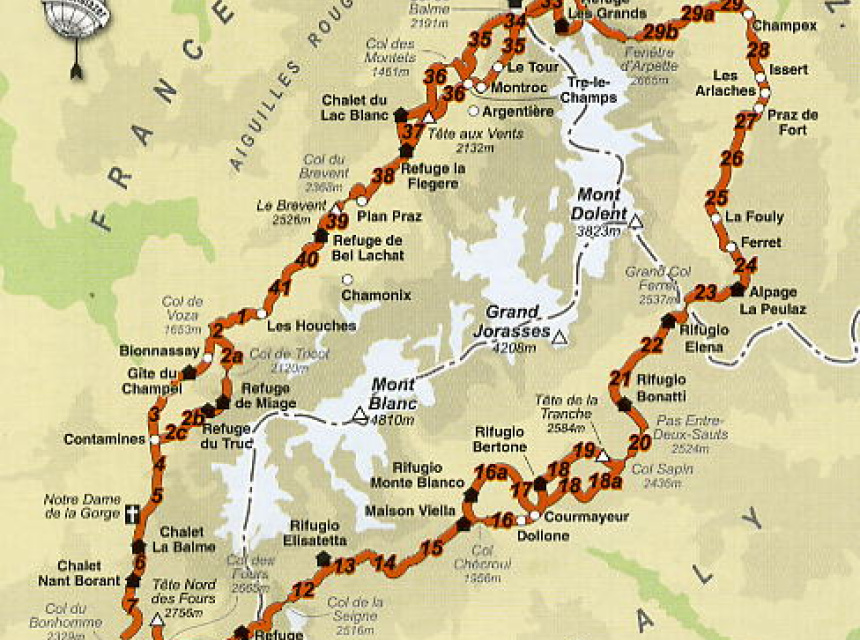
The Tour du Mont Blanc is a 170 km trek that encompasses the whole of the Mont Blanc Massif; with nearly 10 000m of cumulative descent and ascent it is usually completed in a number of days.
The TMB has a variety of accommodations along its way (hotels and mountain huts with possibility for vehicle support) that allow you to really enjoy the scenery, take lots of photos and walk each day with just a light pack.
Alternatively, the TMB can be done completely self-sufficiently: you carry all your own food and camping gear. This gives you a better sense of freedom and the ability to go where you please whenever you want.
Tour of Mont Blanc General Information
Mont Blanc Tour mountain huts are open, in general, from mid-June until the first or second week in September. It is advisable to reserve a bed, particularly in the high season of mid July to mid August.
Early in the season is the quietest and most beautiful, but beware of old snow on the higher paths which could be icy and dangerous and would make an ice axe essential.
For additional safety or to just show you the way you could hire an Independent Trek Leader .
Wildlife on the Tour du Mont Blanc
Have a look at the Chamonix.net nature, faune and flora page for more information on wildlife you might encounter on the Tour of Mont Blanc. Chamois, deer, eagles and a range of beautiful alpine flowers can all be seen and photographed.
Tour du Mont Blanc Maps, Kit List and Equipment
Lightweight boots and shorts are sufficient as long as there are warm clothes in your backpack. Waterproofs are essential and trekking poles useful. Here are some of the best mountain equipment shops in Chamonix .
Do not forget sunglasses, skin and lip protection. Always carry drinking water and check the Chamonix weather forecast before starting your journey.
Maps for the Tour of Mont Blanc:
Tour of Mont Blanc - Route Descriptions
You have plenty of options: from 4 day sportive hikes to leisurely 12 day cultural experiences; there is not only one way to do the Tour of Mont Blanc. Here are a couple of different suggestions which may help you make up your mind on your particular style.
- You can go on your own with your own GPS track (book here online) , or benefit from a mountain leaders ' experience
- You can carry your own gear or hike with a light pack with vehicle support (book here online)
- You can sleep and eat in the refuges or carry a tent (book here online)
Here is a list of contact information for the various mountain huts .
4 day trip: Not quite racing - but fast enough: For the hardcore hiker
This itinerary follows pretty much in the footsteps of the Ultra Trail race (which varies slightly from year to year). This is for very fit hikers and is done with only a light day pack, eating and sleeping in huts and is basically the run/walking version of the Tour du Mont Blanc. The times noted are for fit spandex-wearing (not obligatory!) hikers.
7 day trip: Hiking the Tour of Mont Blanc - hiker
Start with the previously mentioned itinerary and break up the days a bit depending on where you would like to spend the night.
For people who carry their own gear, plan on a 7 day trip.
9 to 11 day trip: Taking the time to look at the scenery
Of course if you really do have time, you can expand the experience. Here's an example of a slower pace, with time to veer a little off the path. This is described as an 11 day trip, but it would be really easy to knock off the first and last days as those days are dedicated to trekking in the Chamonix Valley.

At the end of August, each year, the trails around the Mont Blanc get really busy for one of the most amazing competitions ever organized - The Ultra Trail du Mont Blanc - so keep this in mind when planning your hike of the Tour du Mont Blanc.
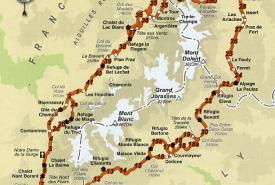
Social Networks

Latest News
Sending email...
Email sent!
You are using an out of date browser and this website will not function properly.
Please upgrade to Edge or Chrome browsers.

+33 (0)781586903
montblanctreks
- Dates & Prices
New Trek for 2024 Tour of the Jungfrau Region
The Tour du Mont Blanc
Guided & self guided trekking holidays.

Experience one of the world’s most spectacular classic treks and join Mont Blanc Treks this summer, with our great range of professionally guided and self-guided trekking holidays.
The Tour du Mont Blanc features in the World’s top ten 'must do' treks and it's not hard to understand why, as this trek is outstanding with amazing views day after day. The full circuit takes you on a 170 km journey around the Mont Blanc mountain range accumulating 10,000m of height gain and descent. You will trek through three alpine regions within France, Italy and Switzerland, circumnavigating the mighty Mont Blanc which stands at 4810m.
The route is generally done in an anticlockwise direction starting and finishing in Chamonix. Having trekked the route many times, we have put together a selection of guided and self guided treks that we feel work well. The full circuit will take you 10 days and journeys through the most stunning environment day after day. For those who don't quite have the time to devote to the full circuit we have the 'Best of', a six day trek which focuses on the highlights. We also offer the Westerly section from Chamonix to Courmayeur or Easterly section from Courmayeur to Chamonix. If you prefer to be self guided, all our treks can be tailor-made to suit your needs with changes to the route and additional rest days.
See our Video and Photo Gallery for day by day visual information of the terrain and the views you will encounter. Get in touch for further information, we would love to share our passion and wealth of knowledge with you.
Our Trek Packages
Full Guided Trek
- 12 nights, 10 days trekking
- UIMLA guided trek
- 165k classic trek through France Italy & Switzerland
- Full circuit touring the ‘Mont Blanc Massif’
- Good quality accommodation
- Bag transfer included
- Rest day in Courmayeur
- Trekking in the shadow of Europe's highest mountain
Westerly Guided Trek
- 6 nights, 4 days trekking
- 65k westerly section
- Chamonix to Courmayeur
- 1 day to explore Courmayeur & Chamonix
- Breathtaking mountains views and pretty alpine villages
- Add in additional days
Easterly Guided Trek
- 7 nights, 6 days trekking
- 100k trek the easterly through Italy, Switzerland and France
- Courmayeur to Chamonix
- Spectacular alpine flora and fauna
- Stunning alpine scenery
- Add in additional days in Courmayeur or Chamonix if required
Full Self-Guided Trek
- 11 nights, 10 days trekking
- 165k full circuit starting & finishing in Chamonix
- Self-Guided Trek trek
- Hassle free independent trekking
- Flexible start date to suit you
- Maps, route cards, guide book & expert advice
- Option to select daily route using traditional Tour du Mont Blanc or variants
- Add additional days or tailor made to suit you
Best Of Self-Guided Trek
- 110k shortened 'Best of' Tour starting and finishing in Chamonix
- Maps, route cards, guide book and expert advice
Westerly Self-Guided Trek
- 65k from Classic trek from Chamonix to Courmayeur
- 1 free day to explore Courmayeur & Chamonix
- Add additional days or tailor made
Easterly Self-Guided Trek
- 100k classic trek from Courmayeur to Chamonix
Full Refuges Self-Guided
- 12 nights, 11 days trekking
- 165k full circuit from Chamonix to Chamonix
- Dormitory accommodation in refuges & hotels
Best Of Refuges Self-Guided
- 7 nights, 6 day trekking
- 110k shortened 'Best of' Tour starting & finishing in Chamonix
Photo Galleries
Tour du mont blanc, tour du mont blanc accommodation, alpine flora and fauna, looking back on summer 2023, trekking footwear, 2022 competition winner suzanne's diary, sign up to our newsletter, marketing permissions.
Mont Blanc Treks will use the information you provide on this form to be in touch with you and to provide updates and marketing. Please let us know if you are happy to receive emails from us by checking the box below.
You can change your mind at any time by clicking the unsubscribe link in the footer of any email you receive from us, or by contacting us at [email protected]. We will treat your information with respect. For more information about our privacy practices please visit our website. By clicking below, you agree that we may process your information in accordance with these terms.
We use Mailchimp as our marketing platform. By clicking below to subscribe, you acknowledge that your information will be transferred to Mailchimp for processing. Learn more about Mailchimp's privacy practices here.

- Trip Finder
- Newsletter Signup
- Request a Call
- Crete Sea to Summit
- Best of the Swiss Alps
- Exploring The Jungfrau
- Italian Dolomites
- Best of the French Alps
- St Moritz to Italy
- Exploring Croatia
- Italian Lakes Discovery
- Best of Slovenia and the Julian Alps
- Tour of the Giants
- Italian Dolomites Alta Via 1
- Chamonix-Zermatt Haute Route
- Deluxe Haute Route
Deluxe Tour du Mont Blanc
- Via Alpina - Swiss Alpine Route
- Deluxe Bernese Oberland Traverse
- Eiger to the Matterhorn
- England Coast to Coast
- Scenic Alps by Rail
- Cheese, Chocolate, & the Alps
- Self-Guided - Scenic Alps by Rail
- Self-Guided- Glacier Express
- Christmas in Switzerland
- Scenic Alps by Rail - Christmas Edition
- Self-Guided Haute Route
- Self-Guided Tour du Mont Blanc
- Self-Guided Jungfrau
- Self-Guided Via Alpina
- Self-Guided Bernese Oberland Traverse
- Self-Guided Eiger to the Matterhorn
- Self-Guided Swiss Alps
- Self-Guided Austria Zillertal Alps
- Private Guided and Custom Trips
- Appenzell -Alpstein Range
- Zermatt and the Matterhorn
- Leukerbad -Thermal Hot Springs
- Principality of Liechtenstein
- Saas-Fee - Pearl of the Alps
- Tour Calendar
- Where We Stay
- How We Travel
- FAQ – Alpenwild Experience
- FAQ - Tour du Mont Blanc
- FAQ - Haute Route
- FAQ - Alps Hiking Tours
- FAQ- Scenic Alps by Rail Tour
- A Self-Guided Tour FAQ
- Self-Guided FAQ - Haute Route
- Self-Guided FAQ - Tour du Mont Blanc
- Self-Guided FAQ - Rail Tours
- Travel Agents + Alpenwild
- Why You'll Love The Alps
- Packing List – Alps Trekking Tours
- Packing List – Alps Hiking Tours
- Packing List – Alps Walking and Sightseeing Tours
- Packing List - Winter Tours- Christmas in Switzerland
- Weather In The Alps
- Haute Route Essentials
Tour du Mont Blanc Essentials
- Is a Self-Guided Trip for me?
- Car Travel in Switzerland
- Maps & Books
- Book Your Trip
- Make a Payment
- Why Choose Alpenwild
- The Alpenwild Story
- Guides and Trip Leaders
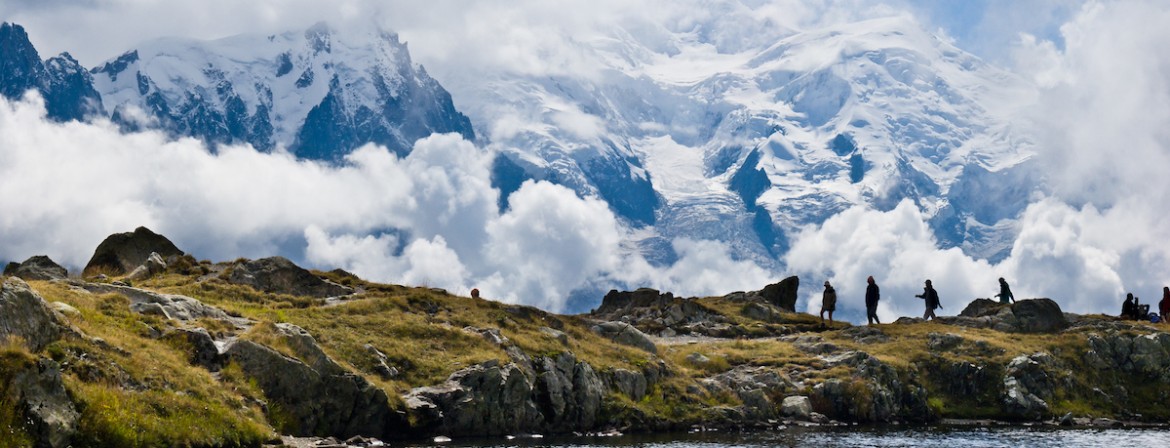
Enjoy spectacular scenery—glaciers, waterfalls, plunging valleys—on a classic trek around the highest peak in the Alps
From atop Aiguille du Midi cable car (téléphérique) station, Chamonix, France. Photo by Tom Dempsey

Testimonials
Please accept our gratitude for the amazing Alpine experience. You really put together a fantastic trip for us, and we know that this trip will remain an enduring memory. - J.M. - California
The Most Popular Trek in Europe—Perfected
The Tour du Mont Blanc (TMB) is the classic hike, circling Western Europe’s highest peak. It combines inspiring mountain scenery with cultural vibrancy in the alpine regions of France, Switzerland, and Italy, and their distinct yet intertwined cultures. No wonder it's the most popular trek in Europe.
No Shortage of Stunning Alpine Scenery on the TMB
It’s a challenging route, to be sure, but you’ll hike with just a light daypack, and in the company of an expert Alpine hiking guide. On our route we skirt some of the most impressive glaciers in the Alps; we wind our way through deep-cut canyons, and pass characterful alpine villages. Every day offers spectacular scenery and extraordinary mountain landscapes.
Accommodations Others Only Dream of. Fully Supported
What sets this itinerary apart from any other is our choice of superb accommodations. We avoid the overcrowded huts, gites, and auberges and stay in 3- and 4-star hotels (with one 2-star hotel) with private ensuite bathrooms. Most have a pool and spa facility that you'll be able to enjoy. Additionally, our trip is fully supported by daily luggage transfers, so you will have clean clothes waiting for you at each hotel!
As with every Alpenwild trip, we seek out exceptional cuisine, which in this region means homey Savoyard dishes—potatoes draped in melted mountains of cheese, aromatic sausages, and crusty breads. We’ve searched out and uncovered some of the finest accommodations along the route—including hand-picked hotels and mountain inns, not offered by other operators. Many of the daily details of our route are exclusive to the Alpenwild experience.
Premier Alpine Resorts and Charming Hamlets
Our route includes a 2-night stay within the medieval town of Courmayeur, Italy. In Chamonix we stay in a 4-star in the pedestrian heart of this favorite mountain resort. And in the quaint villages in Alpenwild’s home base of Switzerland you’re sure to have an experience like none other.
Trip Videos
Overview Itinerary
Day 1 – Arrive Geneva. Transfer to Chamonix
Day 2 – Depart Chamonix. Les Houches to Les Contamines-Montjoie
Day 3 – Contamines to Les Chapieux, Bourg-Saint-Maurice
Day 4 – Ville des Glaciers to Courmayeur
Day 5 – Courmayeur Rest Day
Day 6 – Courmayeur to Lavachey
Day 7 – Lavachey to Champex-Lac
Day 8 – Champex-Lac to Trient (Argentiere)
Day 9 – Trient to Argentiere
Day 10 – Argentiere to Chamonix
Day 11 – Day in Chamonix
Day 12 – Depart Chamonix
$6,995 USD per person double occupancy
$1,195 single supplement
Reserve your place on this tour with a $500 per person deposit
24 June 2024 - 05 July 2024 Sold Out
01 July 2024 - 12 July 2024 Sold Out
08 July 2024 - 19 July 2024 Sold Out
15 July 2024 - 26 July 2024 Sold Out
24 July 2024 - 04 August 2024 Sold Out
28 July 2024 - 08 August 2024 Sold Out
29 July 2024 - 09 August 2024 Sold Out
05 August 2024 - 16 August 2024 Sold Out
12 August 2024 - 23 August 2024 Sold Out
22 August 2024 - 02 September 2024 Sold Out
27 August 2024 - 07 September 2024 Sold Out
02 September 2024 - 13 September 2024 Sold Out
07 September 2024 - 18 September 2024 Sold Out
23 June 2025 - 04 July 2025
30 June 2025 - 11 July 2025
07 July 2025 - 18 July 2025
14 July 2025 - 25 July 2025
23 July 2025 - 03 August 2025
27 July 2025 - 07 August 2025
28 July 2025 - 08 August 2025
04 August 2025 - 15 August 2025
11 August 2025 - 31 August 2025
23 August 2025 - 03 September 2025
26 August 2025 - 06 September 2025
01 September 2025 - 12 September 2025
05 September 2025 - 16 September 2025
06 September 2025 - 17 September 2025
Or, book a private departure
Trip Highlights
- Follow the classic circuit around Western Europe’s highest peak as you cross the borders of Italy, Switzerland, and France
- Experience excursions like the Aiguille du Midi, the highest vertical ascent cable car in the world, or the Skyway Monte Bianco (weather dependent)
- Enjoy the trek to its fullest as you hike with just a light daypack while your luggage is transferred to the next inn, each evening
- Savor the best of rich Savoyard cuisine: hearty tartiflette, bubbling fondue, aromatic raclette and smoky sausage
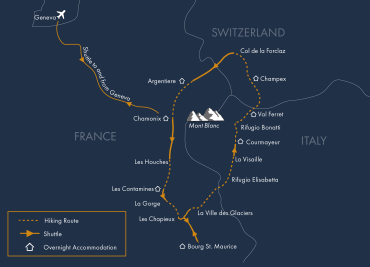
You May Also Enjoy
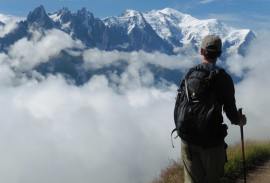
Best TMB Tour
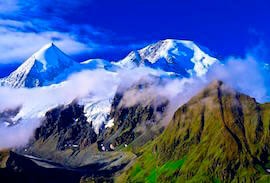
Tour du Mont Blanc vs the Haute Route
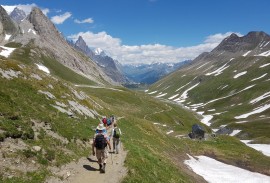
Tour du Mont Blanc FAQ
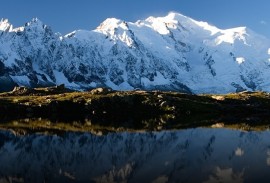
Sign Up for Our Email Newsletter
Stay up to date on the latest Alpenwild news. You're free to opt out at any time. See our Privacy Policy .
See our Privacy Policy .

Everything You Need To Know About Hiking The Tour du Mont Blanc
A s an avid hiker, you’ve probably heard of the Tour du Mont Blanc or TMB hiking trail. You might even have plans to conquer this popular hiking destination one day. If so, here’s everything you need to know before you go.
In 1760, a Swiss Geologist and physicist, Horace-Bénédict de Saussure, then living in Geneva, discovered the TMB hiking trail. Saussure wanted to explore the Mont du Blanc Mountains to examine and document plant specimens. Also called the Mont Blanc massif, the mountain range is 60 miles by 20 miles long, with 11 summits over 4,000 meters high. Though he discovered it in 1760, Saussure first walked around the entire TMB hiking path in 1767.
Unfortunately, the Swiss scientist failed to climb one of its peaks on that initial journey around the path. The first to achieve this feat were Michel Paccard and Jacques Balmat. The two found a path to the apex in 1786 through the Grands Mulets route. Sausurre became the third person to reach the summit shortly thereafter.
Trail Overview
Though Pacard and Balmat first reached the peak of the Mont Blanc massif via the Grands Mulets route, the Gouter route is today’s standard path. This trail is 105 miles long and passes through 3 countries: France, Italy, and Switzerland . The Gouter Route (also known as the Voie Des Cristalliers and Voie Royale) is one of the two most commonly utilized routes to reach the summit of Mont Blanc in the Alps. Though the Gouter route reaches an elevation of 15,774 ft, it is considered the most straightforward ascent. The route lies on the north side of the mountain, in France, seeing thousands of mountaineers annually.
The Tour du Mont Blanc difficulty level is somewhat subjective to the hiker. The Gouter route is relatively easy because it takes about two days to reach the ascent and does not require extensive technical skills. Nonetheless, it is physically demanding and mentally challenging if you lack athletic ability. The most difficult aspect of this route includes a narrow passageway of unstable rocks on the mountain’s edge. Seventy-four have died, and 180 were injured in accidents along this dangerous segment between 1990 and 2011.
Once passing this tricky part, the Gouter route is smooth sailing. It steadily increases in steepness while crossing exposed terrain. Hazardous weather conditions are the most dangerous aspects that remain. Cold and wet conditions can cause hypothermia and frostbite. Therefore, visiting the Tour du Mont Blanc for Summer hiking, Mid-June to mid-September, is safest. During the summer, temperatures will range from 40 degrees at night to 80 degrees during the day. Some days require shorts beneath a warm, sunny sky ; others might entail brisk, wet conditions.
Permits And Regulations
No permits are required for the TMB and there are no regulatory restrictions. However, some believe a technical skills test could reduce deaths and injuries along the path. Additionally, residents are disturbed by the amount of trash that hikers inevitably abandon to lighten their loads on the ascent. What’s interesting about the Tour du Mont Blanc is that there are many comforts along the path in the form of hotels and huts. Several companies offer self-guided packages that include accommodations, detailed hiking guides, and set itineraries.
Trail Highlights And Points Of Interest
The Tour du Mont Blanc hike is considered one of the world’s top ten “bucket list” hiking trails. In addition to the soothing sounds of waterfalls , there are glaciers, streams, high alpine meadows, and the natural beauty of the Mont Blanc landscape. Among the most beautiful and visible flora are the rare Slipper Orchid, the Martagon Lily, Aquilegia Alpha, the famous Edelweiss, and rare Campanula thyrsoides. Though heavily impacted by human presence, the animals that remain in the wilderness of the Mont Blanc massif include Marmots, Ravens, Goats, Mountain Hares, Vultures, and Eagles, among others.
Safety Considerations
On the Tour du Mont Blanc hiking trail, the most important considerations will be comfortable shoes and a good quality backpack with appropriate dimensions and weight. What qualifies as an appropriately sized bag will depend on whether you stick to hiking the trail or detour slightly to local huts and hotels. The former will require a 60L bag, and the latter will require a 30L bag. Remember to break in your footwear a few months in advance and buy shoes larger than usual to accommodate swollen, achy feet. Trekking poles will help lessen aches and pains experienced in the knee and leg muscles. Hiking crampons are a “better safe than sorry” item to add to your Tour du Mont Blanc packing list. They will help maintain balance and avoid slipping across waterways and snow patches, which might even save a life!
In case of an emergency, administer first aid, note location and grid reference on a map, call for help (cell phone service is generally available along the TMB). If no phone is available, blow a whistle or flash a flashlight six times. If there is an injured person, carefully consider whether to go for help or stay with the injured. If the injured party stays behind, leave them with food, water, and warm clothes.
Planning and Preparation
Being physically prepared for the TMB hike is a necessary safety precaution. Training should start at least three months in advance and should be in layered clothing, hiking boots, and a fully packed backpack to best simulate trail conditions. Other things that require planning include booking accommodations along the trail and deciding how many days to stay. An itinerary will vary depending on whether two days, two weeks, or even two months are set aside to experience the beauty of TMB.
Most hikers can ascend the Tour du Mont Blanc self-guided if interested. The trail is easy to follow, with well-maintained paths, directional markings, and clearly understood signs. However, map reading skills are essential, and hikers should also carry a guidebook.
People Ask: Hiking the Tour du Mont Blanc
Q: What is the Tour du Mont Blanc hiking trail?
A: The Tour du Mont Blanc is a 170-kilometer hiking trail that circles the Mont Blanc massif in the Alps, passing through France, Italy, and Switzerland.
Q: How long does it take to complete the Tour du Mont Blanc?
A: The entire trail takes about 10 to 12 days to complete.
Q: What is the best time of year to hike the Tour du Mont Blanc?
A: The best time to hike the Tour du Mont Blanc is from mid June to mid September, when the weather is typically mild and the trails are clear of snow.
Q: Are there any accommodations along the trail?
A: Yes, there are many accommodations available along the Tour du Mont Blanc, including hotels, hostels, and mountain huts.
Q: Is it necessary to hire a guide for the hike?
A: No, it is not necessary to hire a guide for the hike. The trail is well-marked and there are many resources available for hikers.
Q: How difficult is the hike?
A: The hike is considered to be moderately difficult, with some steep ascents and descents.
Q: What should I pack for the hike?
A:You should pack appropriate hiking gear, including sturdy boots, warm clothing, and rain gear. You should also bring a map, a compass, and plenty of water and snacks.
Q: Are there any safety concerns I should be aware of?
A: Yes, there are some safety concerns to be aware of, including potential hazards such as steep drops, loose rocks, and unpredictable weather. It is important to stay on the marked trail and to be prepared for changing conditions.
Q: Can I hike the trail in sections?
A: Yes, it is possible to hike the Tour du Mont Blanc in sections, with many hikers choosing to focus on one or two sections at a time.
Q: What are some of the highlights of the hike?
A: Some highlights of the Tour du Mont Blanc include stunning views of the Alps, charming mountain villages, and the opportunity to experience the unique cultures of France, Italy, and Switzerland.
The Tour du Mont Blanc is a renowned hiking trail accommodating hikers from across the globe. It is mentally and physically challenging, but efforts will be rewarded with breathtaking views along the route. The TMB is accessible with or without a guided tour, as there is food, water, emergency services, accommodations, and other modern amenities along the path. With a reasonable amount of advanced preparation, physical training, thoughtful packing, and a conscientious “Leave no trace” mindset, this unforgettable journey is worth experiencing for yourself.


On Foot from France to Italy to Switzerland
Tour du mont blanc.
Switzerland, Italy, France
From $5,795
Call 1-800-368-2794 or contact us for any questions
Glacier-clad Mont Blanc, western Europe's highest peak, has seven major valleys radiating into France, Italy, and Switzerland and a fantastic array of ecosystems. A multi-day hike circling this entire massif crosses from one country to the next—on foot! The Tour du Mont Blanc is one of the Great Hikes of the World, and we've honed this classic to perfection. Impeccably designed days bring you to epic glaciers, across wildflower-carpeted meadows, and into classic alpine hamlets as we explore each country's cultural and culinary delights. Overnights are in well-located cozy mountain hotels and hikers' inns, and our team of Trip Leaders brings a wonderful esprit to the adventure.
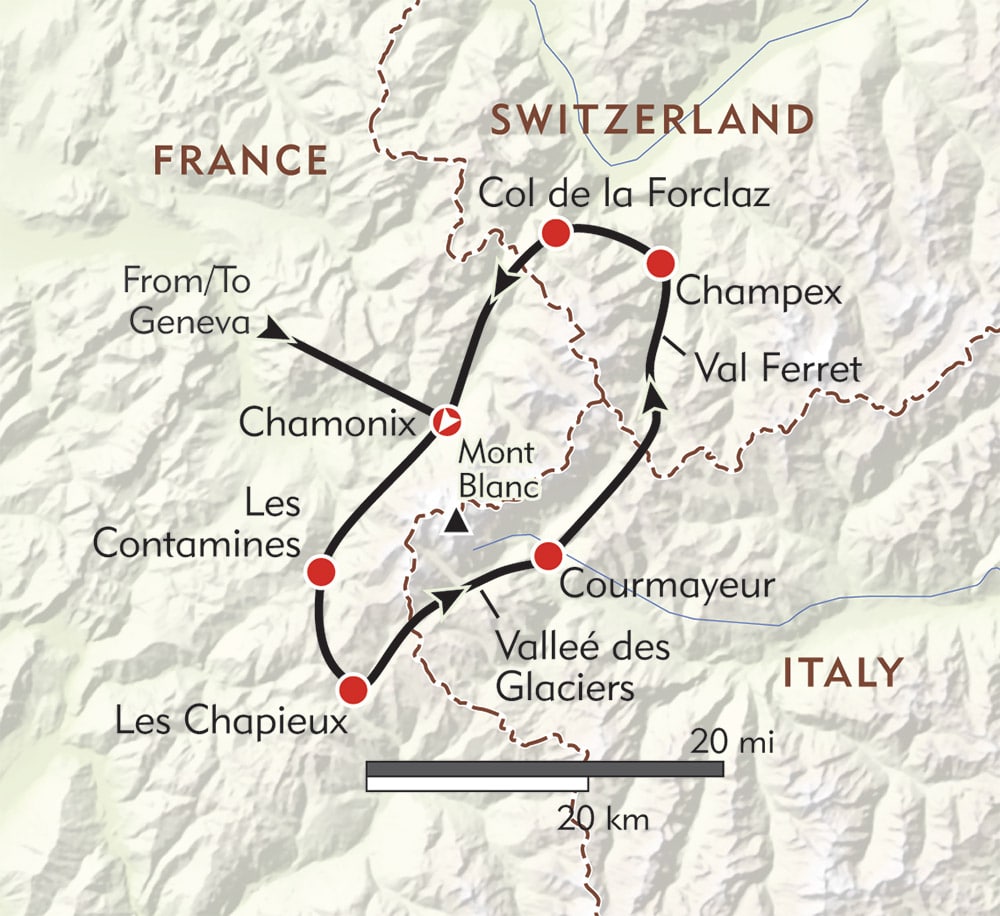
Arrive: Chamonix, France
Depart: Chamonix, France
- One of the world's classic hikes—and we do it right!
- Hike across three international borders on foot and enjoy magnificent mountain and glacier views
- Expert Trip Leaders on the trail, delicious mountain cuisines in each country
- Overnights in mountain villages with great charm and character
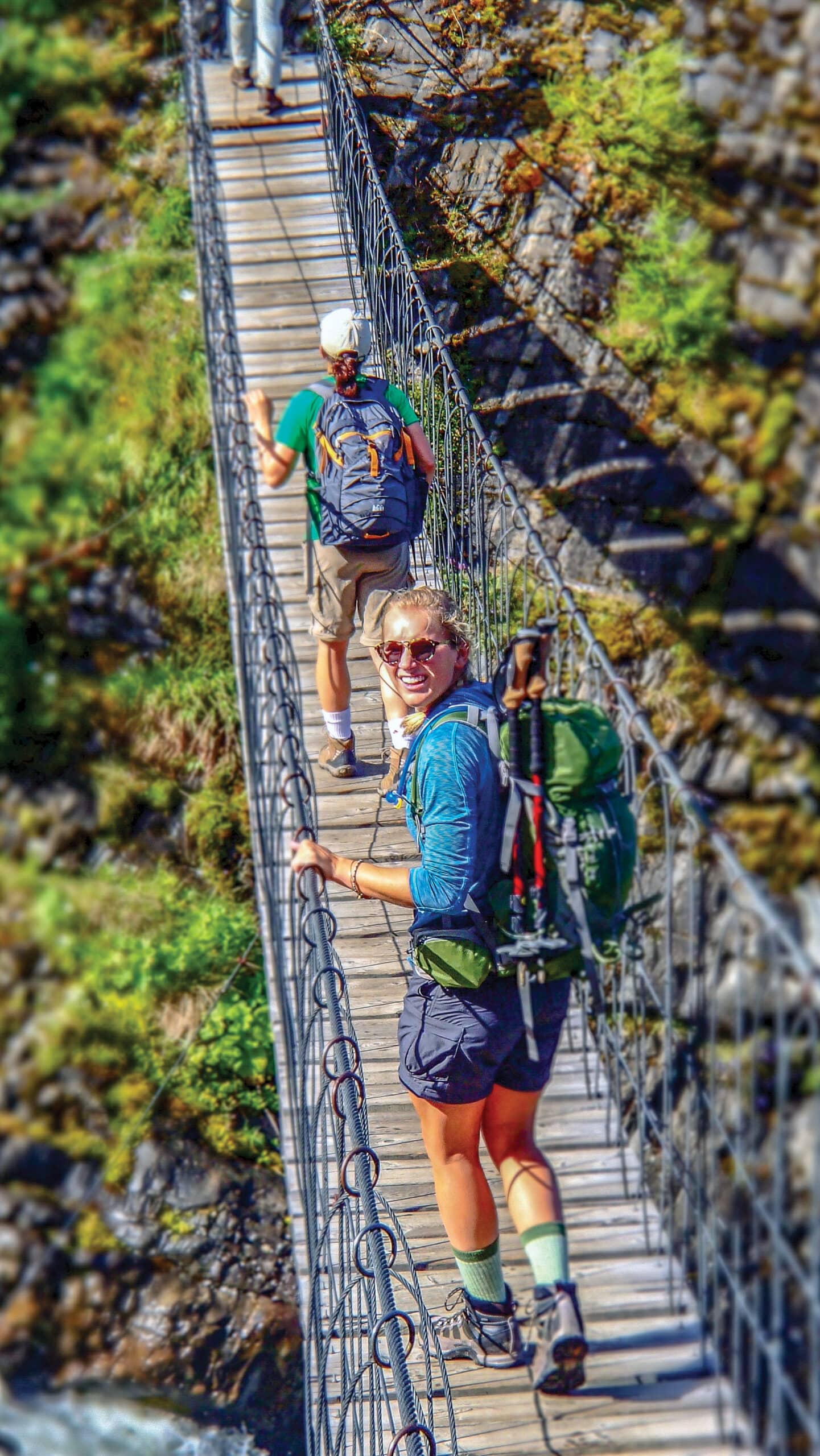
Dates & Pricing
Pricing below is per person and based on double occupancy. The earlier you book, the more choice you’ll have. WT also has the most generous cancellation and transfer policies in the industry, we make it easy if you change your mind. Have a small group of your own? Take over an existing date or choose your own. You’ll have your own private guide–and the adventure–all to yourselves!
Payment & Cancel Schedule
$600 due at time of reservation 90 days prior to departure: Balance
Cancellation & Transfer Schedule
Up to 91 days prior to departure: No Charge! 61-90 days prior to departure: 25% of trip cost 46-60 days prior to departure: 50% of trip cost 45 days or less: 100% of trip cost
- Expert leadership of two Wilderness Travel Trip Leaders
- Accommodations in hotels and small inns
- All meals included except 1 lunch and 1 dinner as indicated in Detailed Itinerary
- A glass of wine or beer with dinner
- All ground transportation and baggage handling from arrival until departure
- All activities as indicated in Detailed Itinerary
Not Included
- Travel to and from the arrival and departure location as indicated in Detailed Itinerary
- Additional hotel nights outside the trip's scheduled dates
- Optional gratuities to Trip Leaders or staff
- Optional travel insurance
- Other expenses of a personal nature (some alcoholic beverages, laundry, etc.)
Accommodations
Scroll through our signature accommodations for this trip below. Although it is highly unlikely, we may make substitutions when necessary.
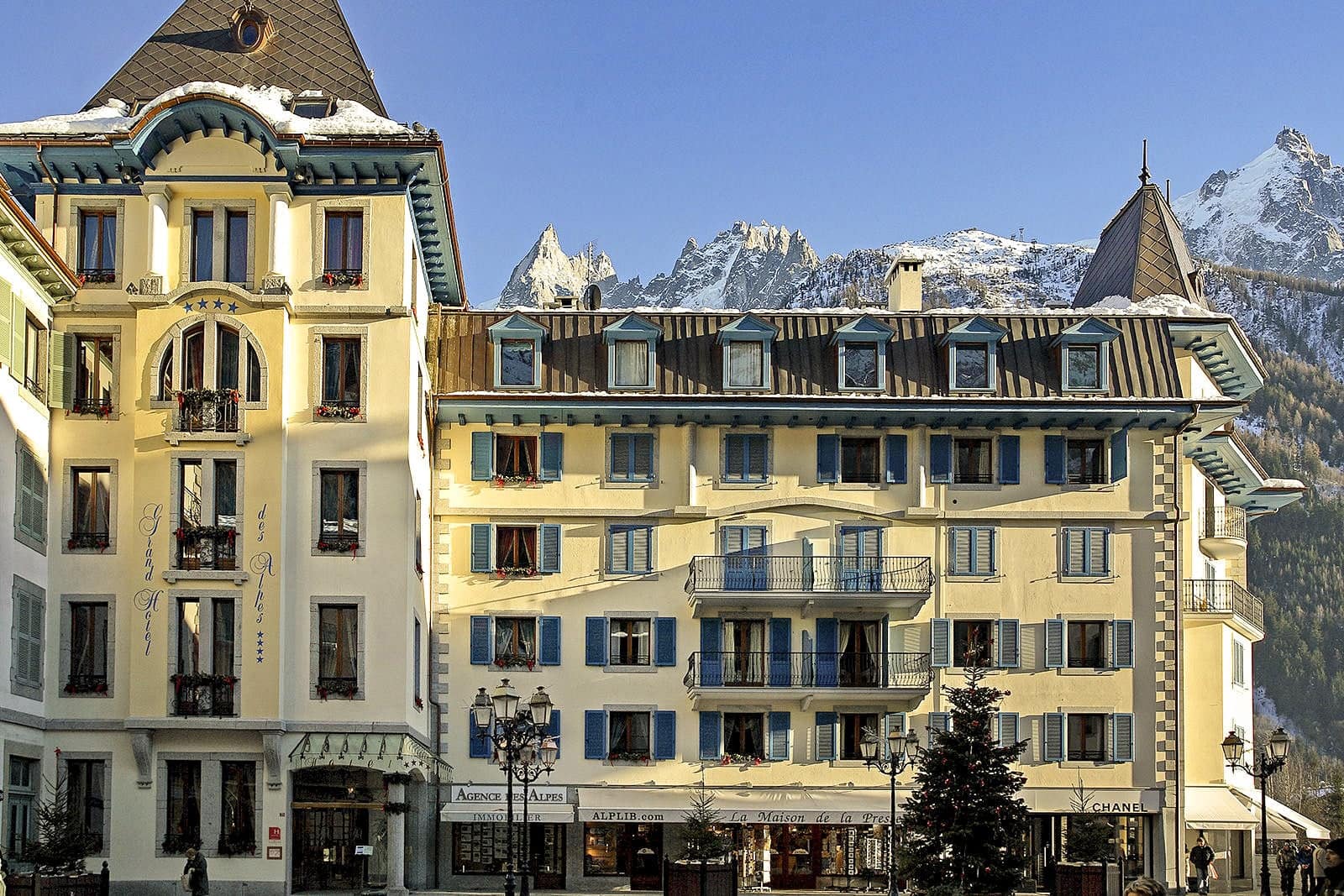
Grand Hotel des Alpes
Chamonix, France
Day 1 (1 night)
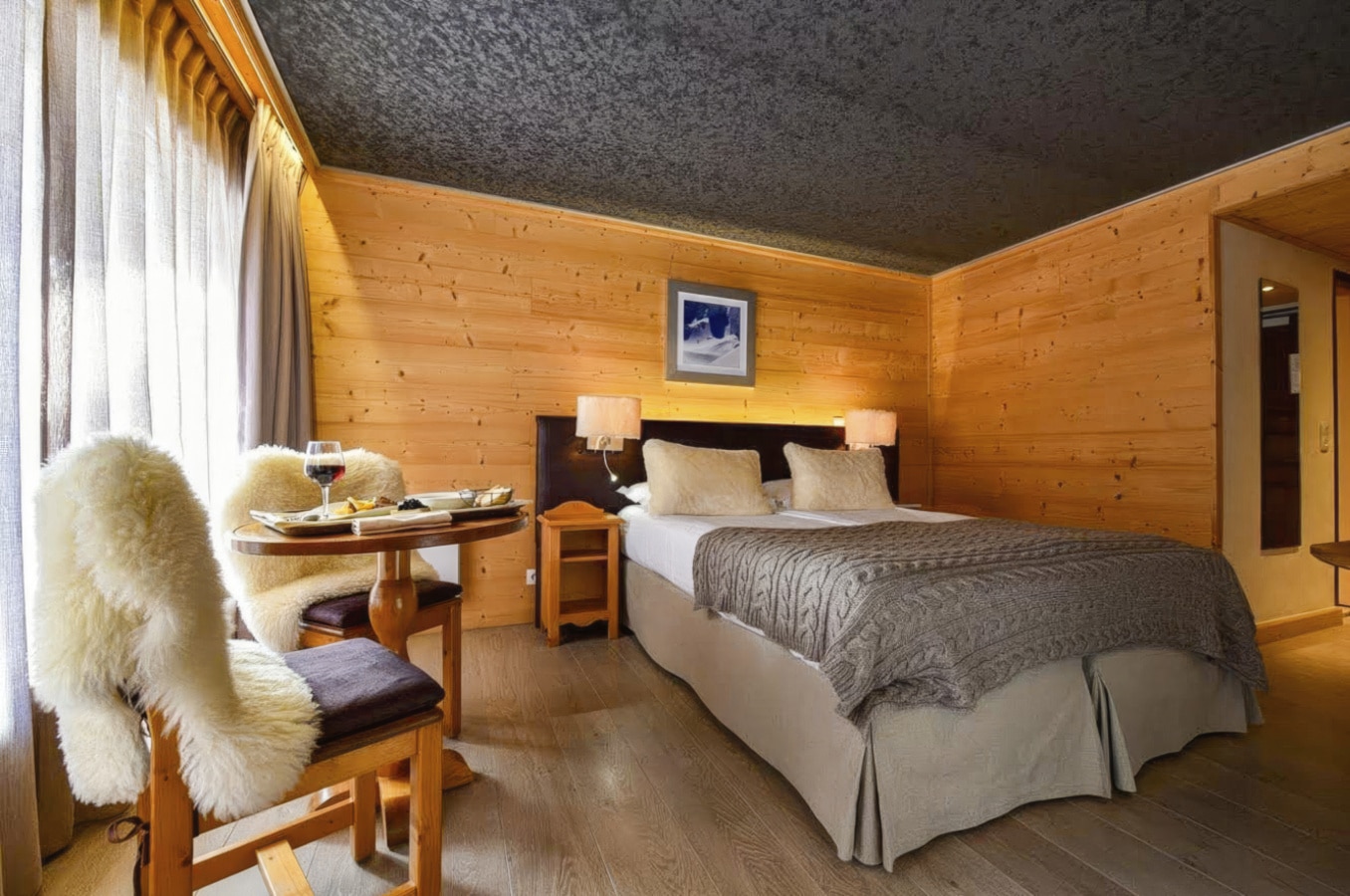
Hotel La Chemenaz
Les Contamines, France
Day 2 (1 night)
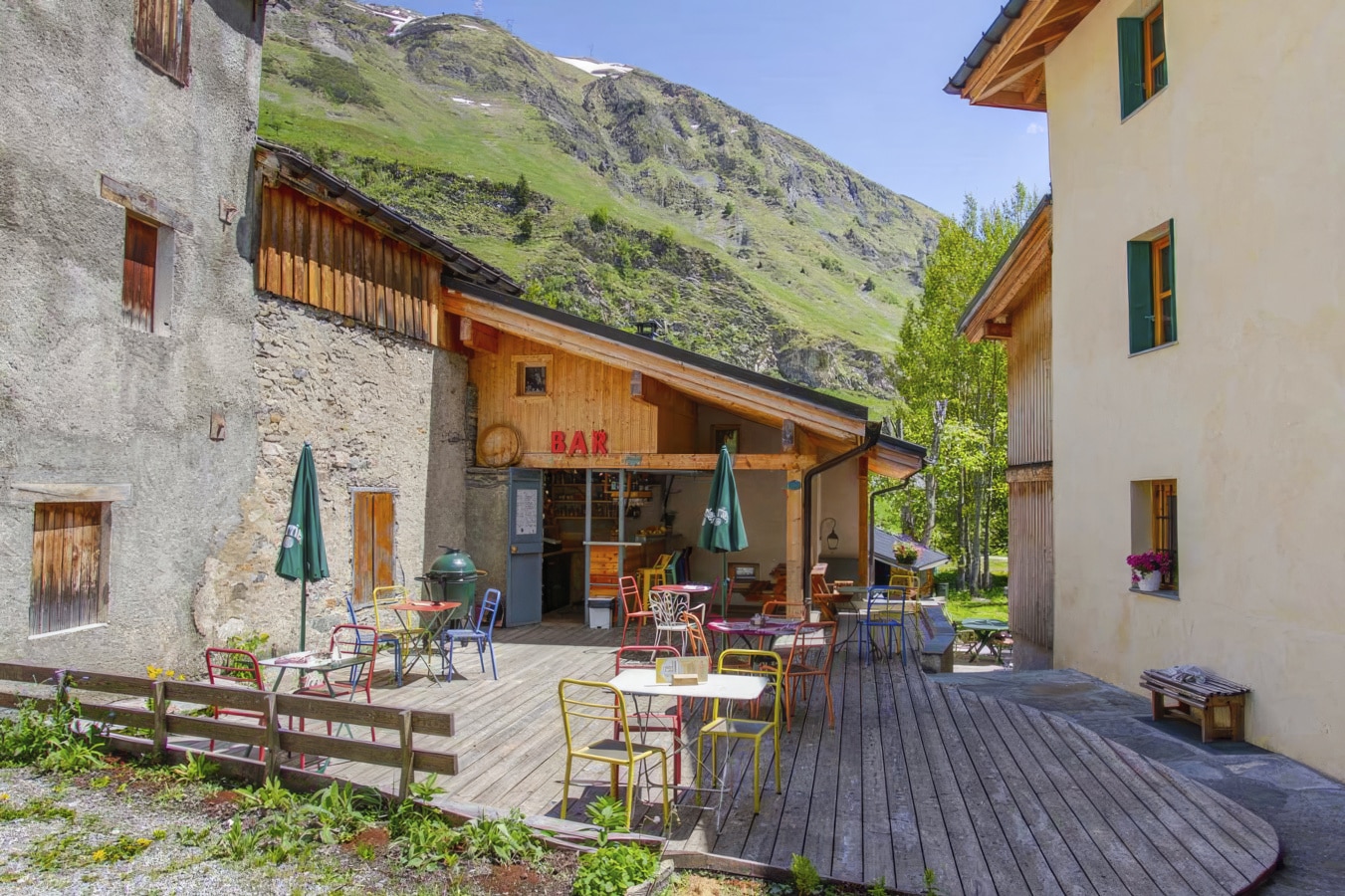
Les Chambres du Soleil
Les Chapieux, France
Day 3 (1 night)
Alternate Accomodation: Hotel Autantic
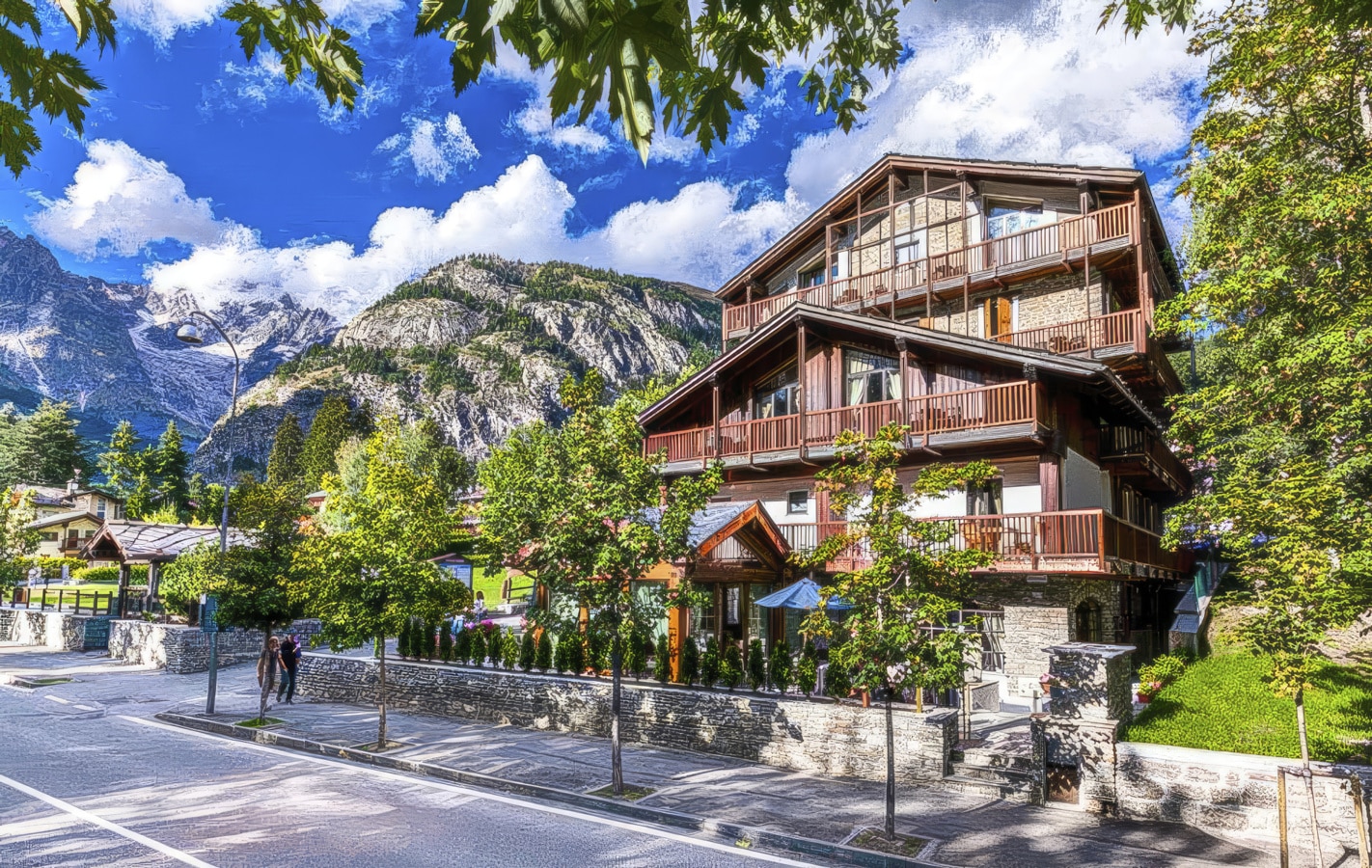
Hotel Lo Scoiattolo: Courmayeur
Courmayeur, Italy
Days 4-5 (2 nights)
Alternate Accomodation: Grand Hotel Courmayeur Mont Blanc
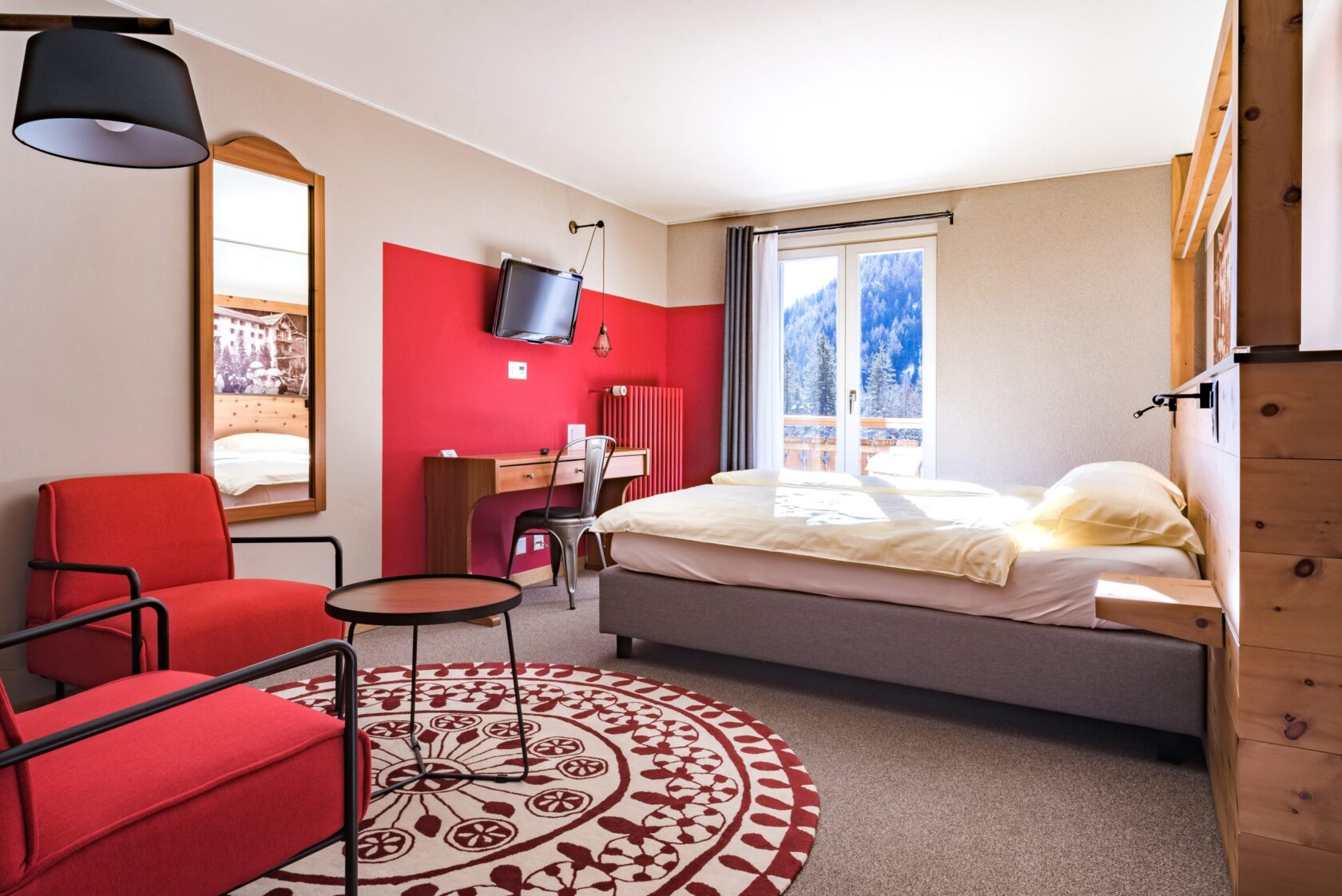
Hotel du Glacier
Champex, Switzerland
Day 6 (1 night)
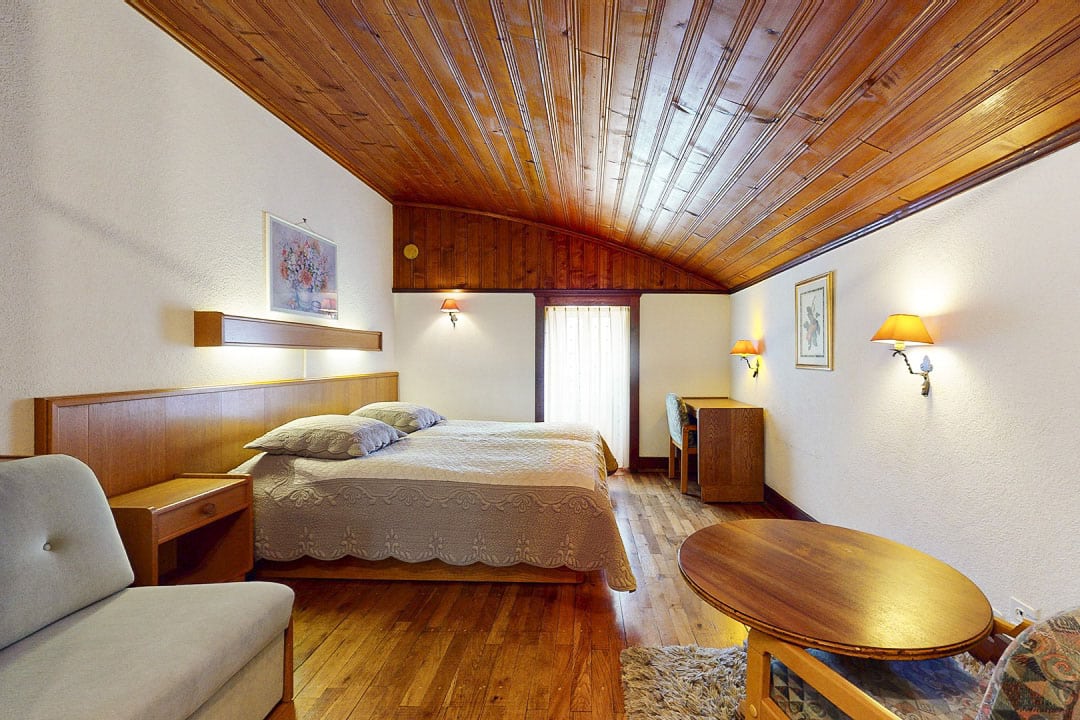
Hotel du Col de la Forclaz
Trient, Switzerland
Day 7 (1 night)
Day 8 (1 night)
Trip Leaders
Wilderness Travel Trip Leaders have a passion and a joy for creating an unforgettable journey. We are extremely proud of them and the incredible travel experiences they make possible. For more information, including client comments about them and which specific trips they will be leading, please click on their profiles below.
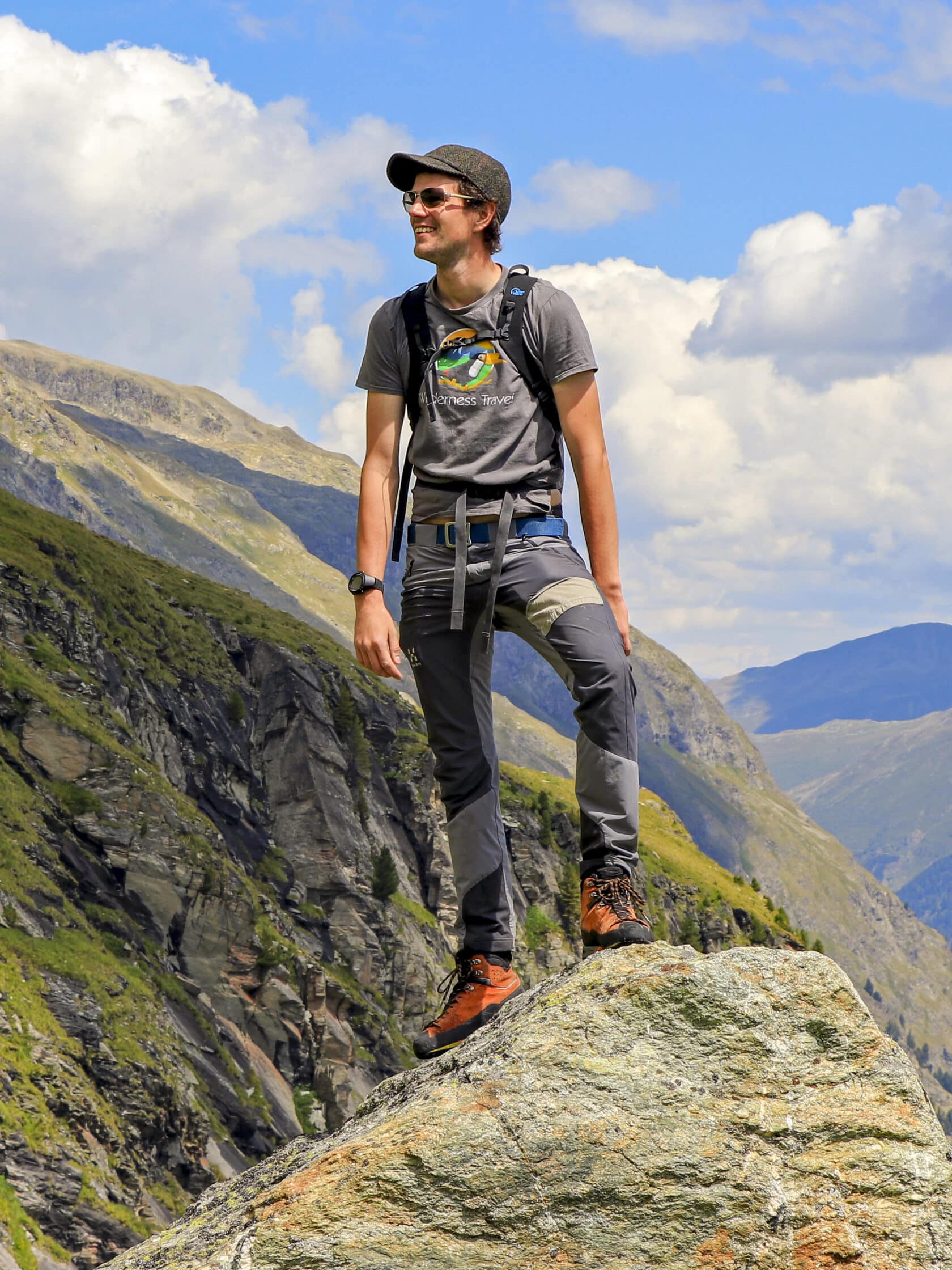
Killian Buckley
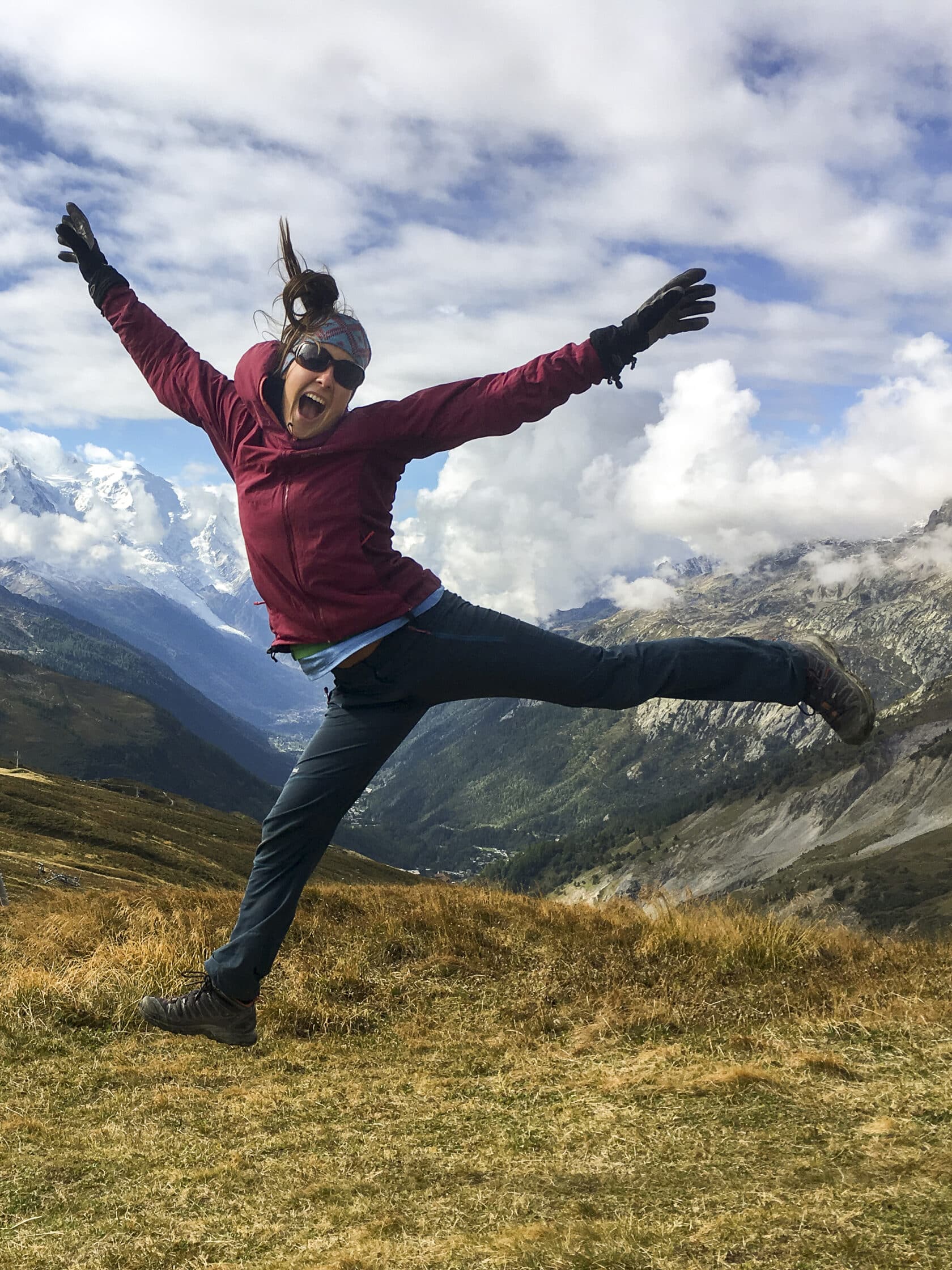
Heather Florence
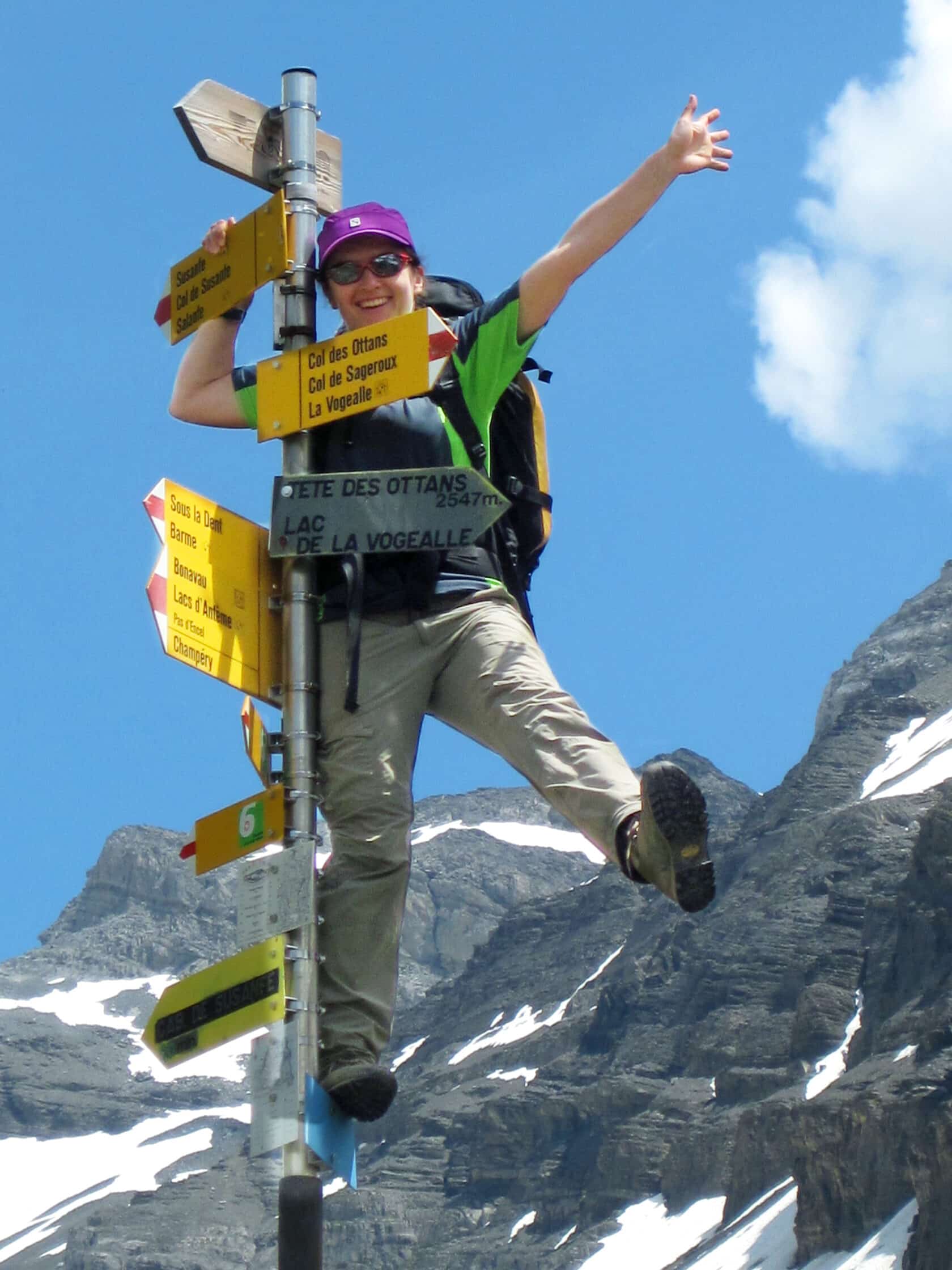
Laurence Frison
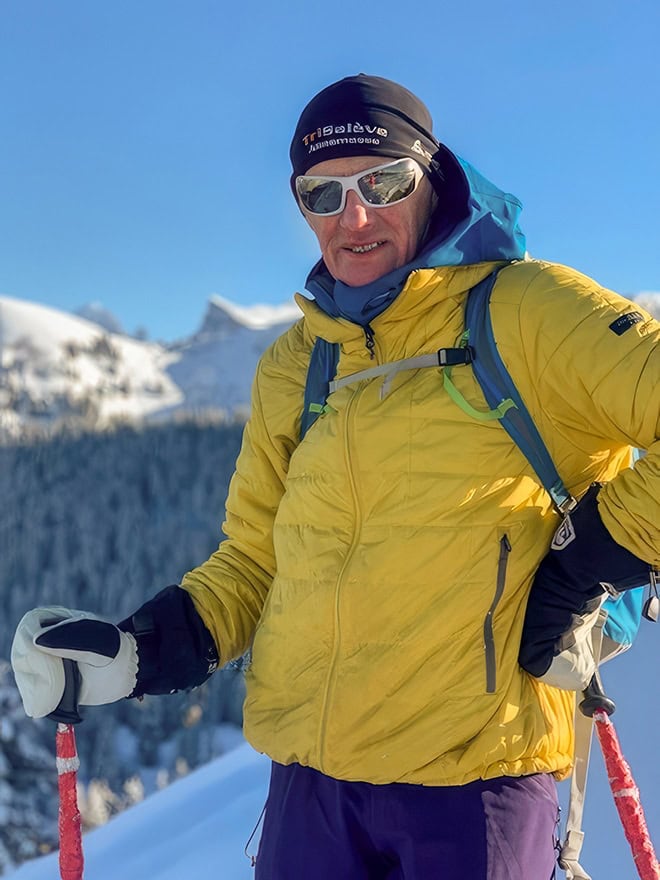
Peter Hallewell
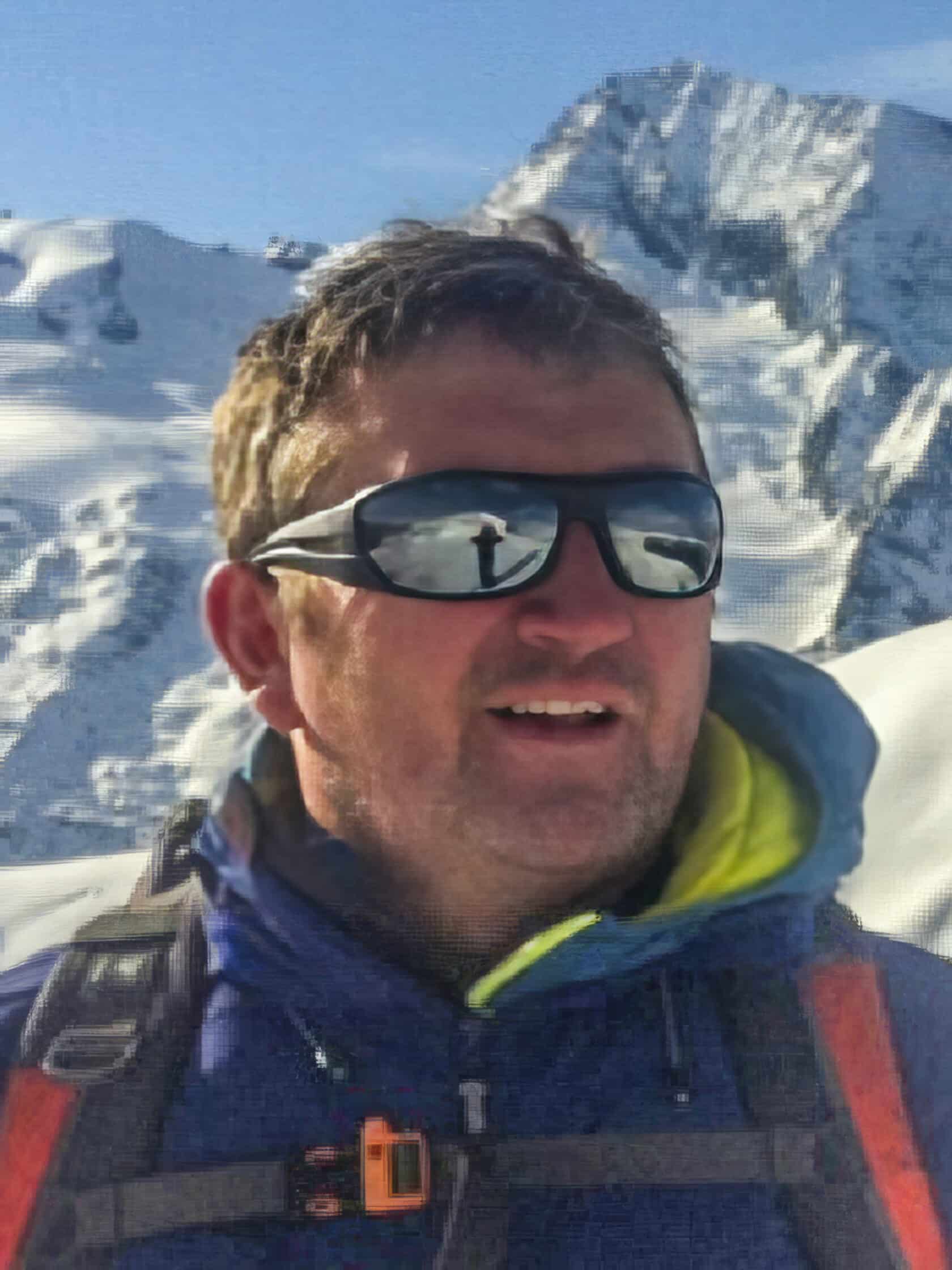
Katie L'Herpiniere
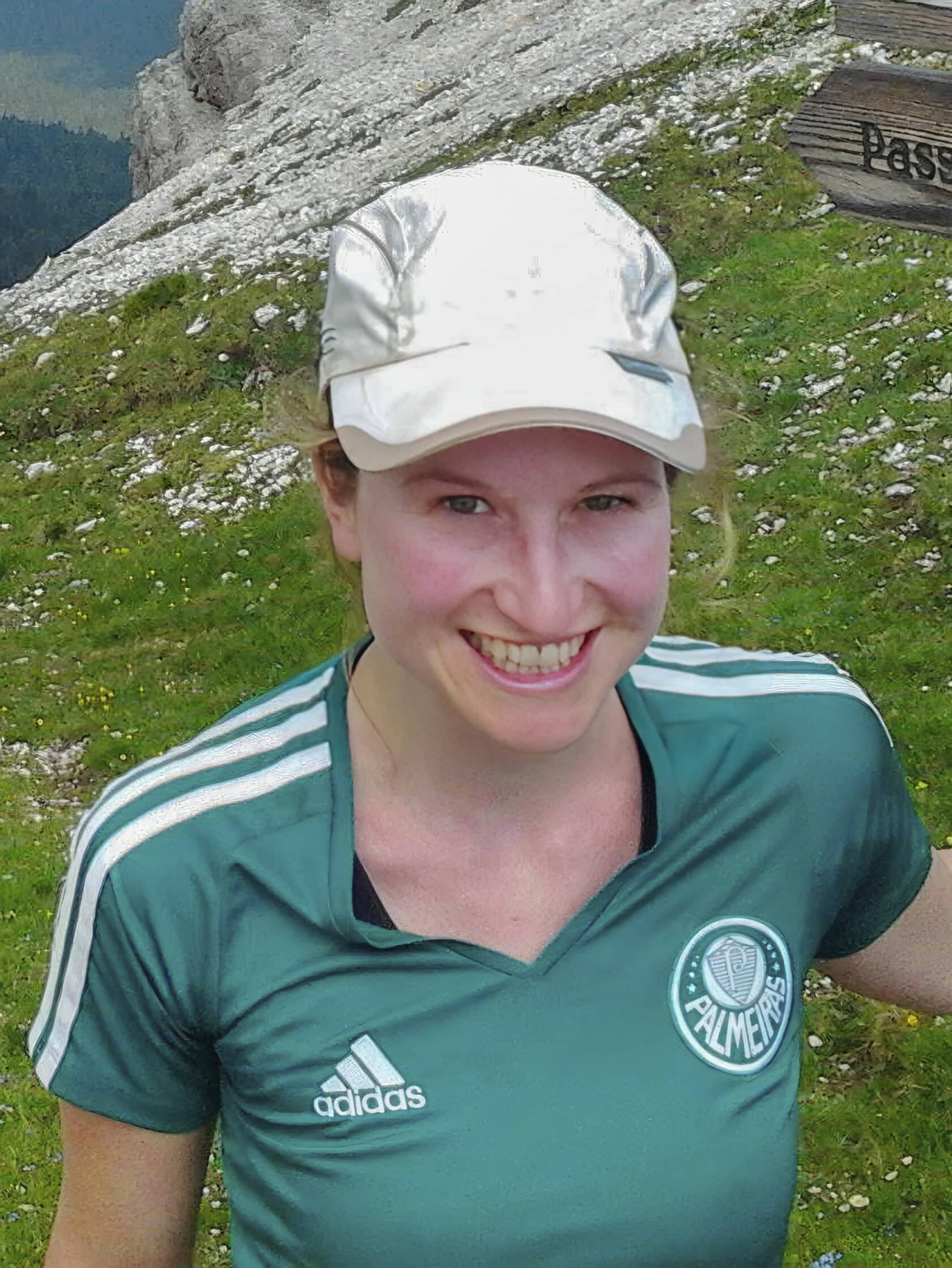
Clive Roberts
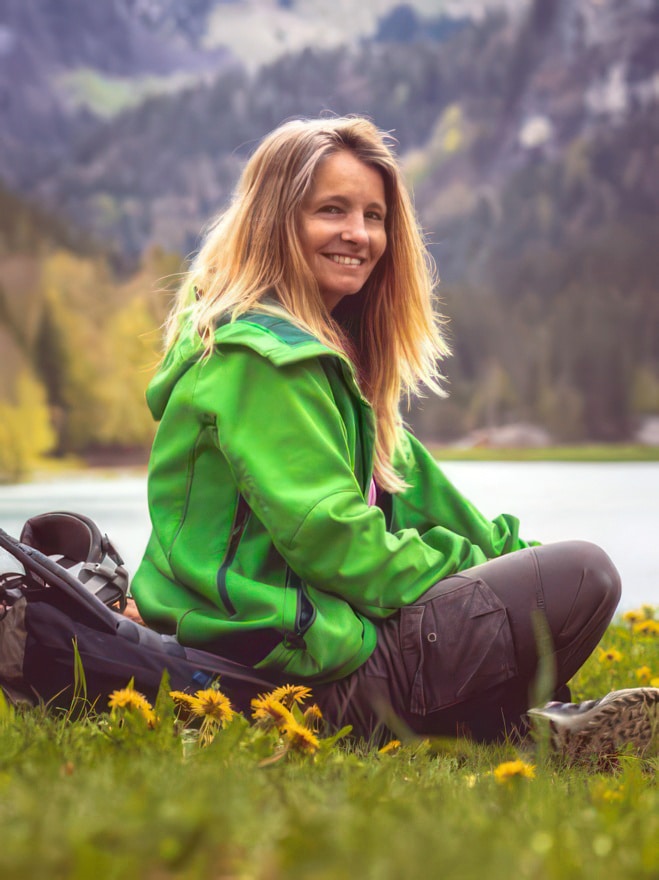
Simone Simpson
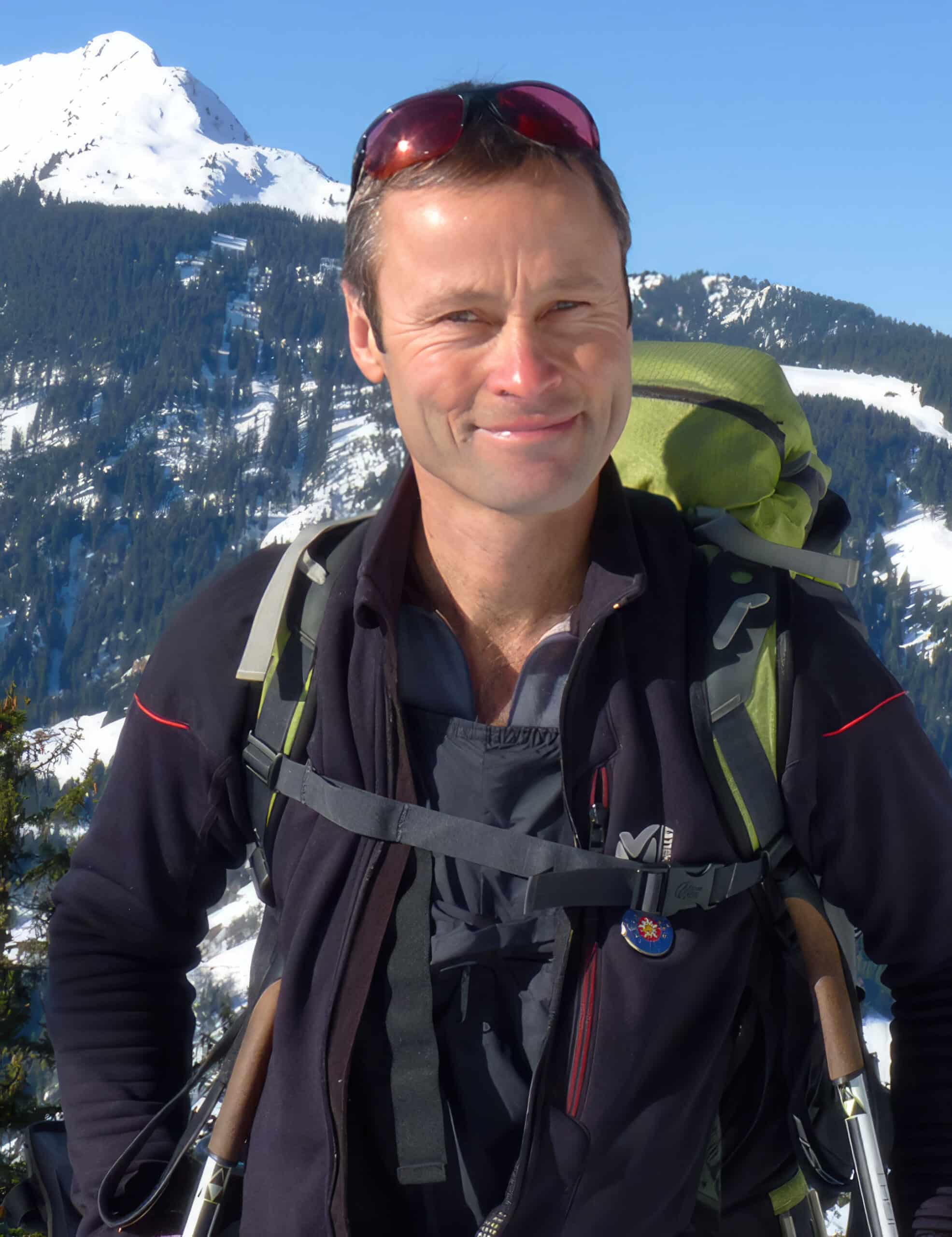
Mark Tennent
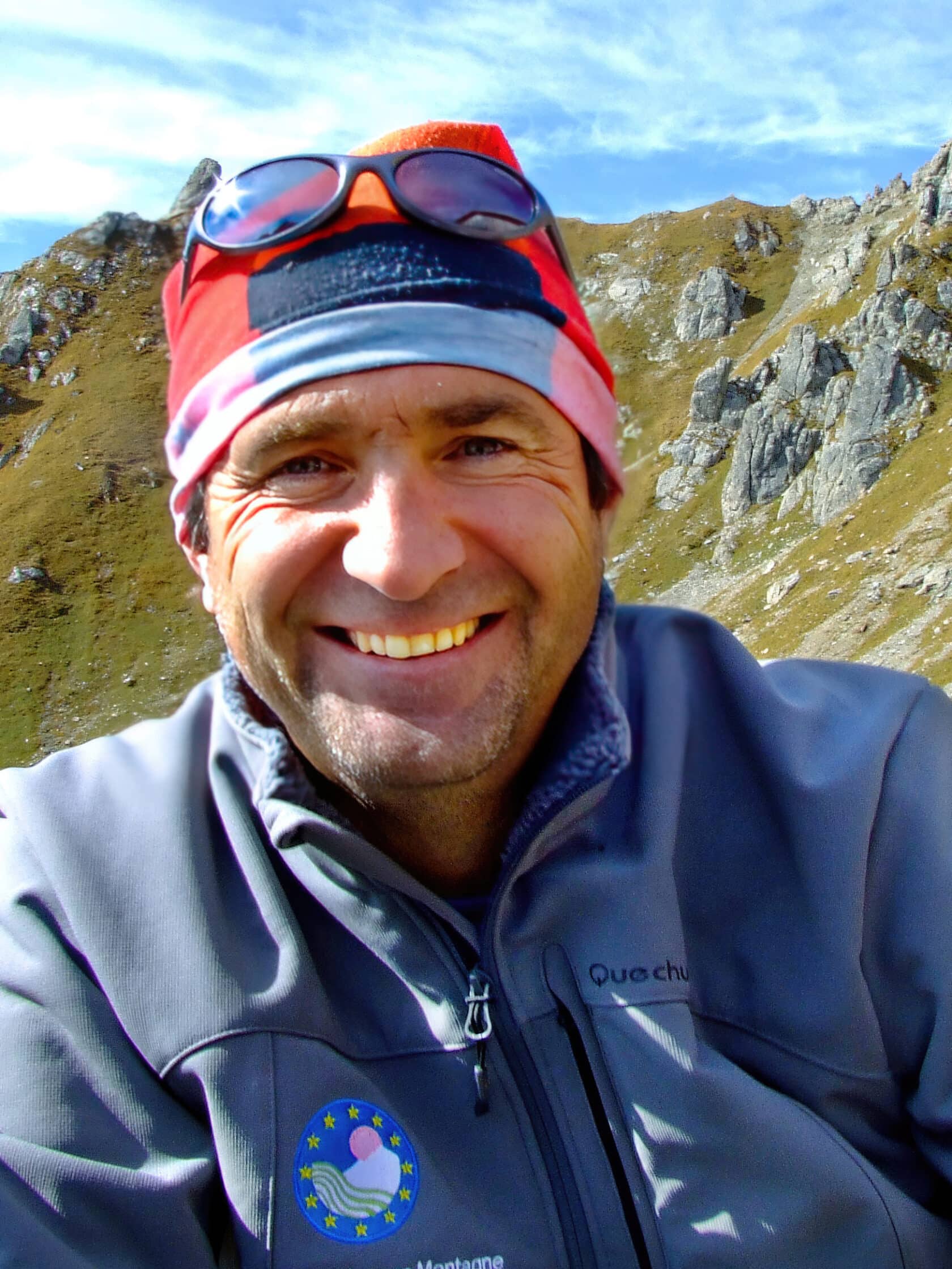
Stephan Renard
What the Trip is Like
- 2,700-3,000 feet gain/loss
- Altitudes range from 4,000-8,800 feet
- Day 3: 10 miles, 7-8 hours, 4,400 feet gain, and 3,200 loss; includes two passes
Client Testimonials
"We loved the trip—great itinerary, marvelous scenery, excellent food and drinks, and unparalleled service!"
Kenosha, WI
"From the surprise picnics to tasting grolla in the mountain hut, it was all wonderfully organized."
Chapmore Ends, England
"We have traveled with other tour companies in the past but Wilderness Travel is so far superior we will always use them!"
Pullman, WA
"I had an amazing time. Everything had been thought of and the trip ran perfectly. A tremendous and superb tour."
Wanaka, New Zealand
"Wonderful A+ trip. Well designed for trekking, very good hotels/auberges. We had a wonderful trip with a great group of guides who were professional, competent, and affable."
Berkeley, CA
"This trip would not have been half as amazing without our two amazing guides, Tania and Giuseppe. Their knowledge, professionalism, teamwork, and personal touches were beyond expectations. Thank you all for a memorable 50th birthday trip!"
Catherine R.
Sacramento, CA
"A great trip. I was ready to go back as soon as I got home."
Centennial, CO
"We had the time of our lives! I wouldn't have changed anything; I loved it all. Each guide was outstanding and we enjoyed all aspects of their knowledge and professionalism. Thanks for being so organized and awesome—you made it all so easy!"
Iron Ridge, WI
"This was the ninth trip I have done with WT. You continue to do a professional job that commands respect."
"The trip was great. It was hard work, but that was balanced out by great food and a comfortable bed at the end of the day! All the hotels were good."
Chevy Chase, MD
"I had an amazing experience! I would definitely travel with WT again."
Thousand Oaks, CA
"We could not have imagined a better honeymoon. From sweeping views of valleys/mountains to sweet accommodations to singing guides, this trip had everything we were looking for. We definitely worked hard to earn our views, and were always greeted by the Mont Blanc Massif. Thank you for your coordination, planning, and celebration of this special time in our life!"
"Challenging hike with gorgeous scenery, well organized, a nice variety of accomodations and food, great guides! Perfect in every way!"
Los Gatos, CA
"I loved exploring the unique villages and variety of hotels. Food was outstanding (as was the wine)!"
Mary Kay S.
Oak Park, IL
"I had so much fun. This trip truly was better than I expected...and I had high expectations coming in."
New York, NY
"What an amazing trip! The scenery, the trails, the food, the guides—all were incredible. I just got home and I want to go back!"
"Trip of a lifetime. Amazing, amazing! The guides are what made the trip fantastic, and of course, Mt. Blanc was beautiful at every turn. I found myself saying ‘wow’ almost every fifteen minutes the whole trip. The food was fantastic as well. Lovely wines and desserts. We will be talking about this trip for a long, long time."
Meredith B.
Raleigh, NC
"We really enjoyed this tour. The route was excellent as was the level of activity, and the guides added to our overall enjoyment of the adventure. The location of the tour was the ultimate part of the experience."
Michelle E.
Lafayette, CA
"A once-in-a-lifetime experience where the beauty of the mountains, the quality of the food/lodging, and the hiking challenges were just magnificent."
"Wilderness Travel and their personnel were able to allow me to experience the Alps and Mont Blanc in many ways—the rugged hikes, beautiful views everywhere, the people, and the food."
Missoula, MT
"We had a blast and enjoyed all aspects of our trip. The hiking was incredible, scenery spectacular, food and wine amazing!"
Ketchum, ID
"The trip was incredible, The scenery was fantastic (helped by good fortune with the weather), our lodging along the way was quite good, and the interaction of the hikers and the guides was interactive and stimulating."
"This was a trip of a lifetime for me. The scenery was truly mind-blowing. The hikes were certainly challenging and facing big elevation changes every day was tough but I loved every minute of this trip. I felt totally immersed in nature and the vistas were breathtaking. I would recommend this trip to anyone who enjoys hiking; I can’t imagine any place more beautiful than this."
"This trip was a highlight of my life. I'm already planning the next one!"
Calgary, Alberta
"The guide team was outstanding—professional, knowledgeable, and lots of fun. It was clear that they loved what they did and worked very well together to make sure that we had an amazing Tour du Mont Blanc experience. Thank you for an amazing vacation!"
Manhattan Beach, CA
"Our guides were excellent and made the trip a 20 on a 10 scale! I'm very eager to take another trip with Wilderness Travel after this experience."
"This trip exceeded our hopes and expectations. We had a fabulous time!"
Other Trips You Might Like
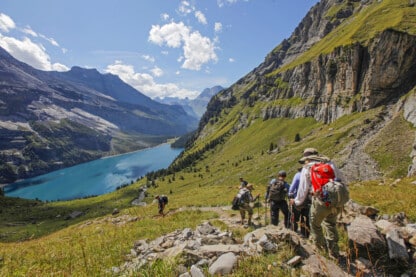
Small Group Adventure
Hiking Switzerland’s Via Alpina
Switzerland
From $7,295
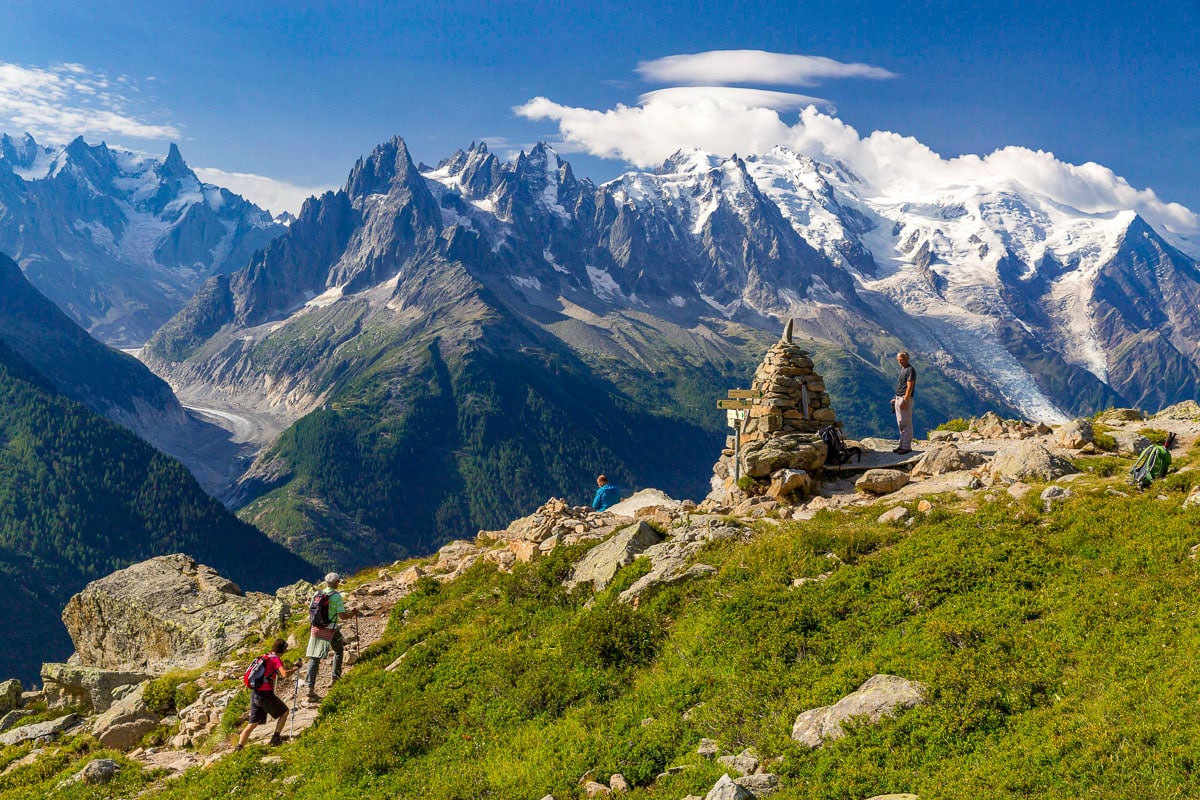
Hiking the Haute Route
France, Switzerland
From $5,595
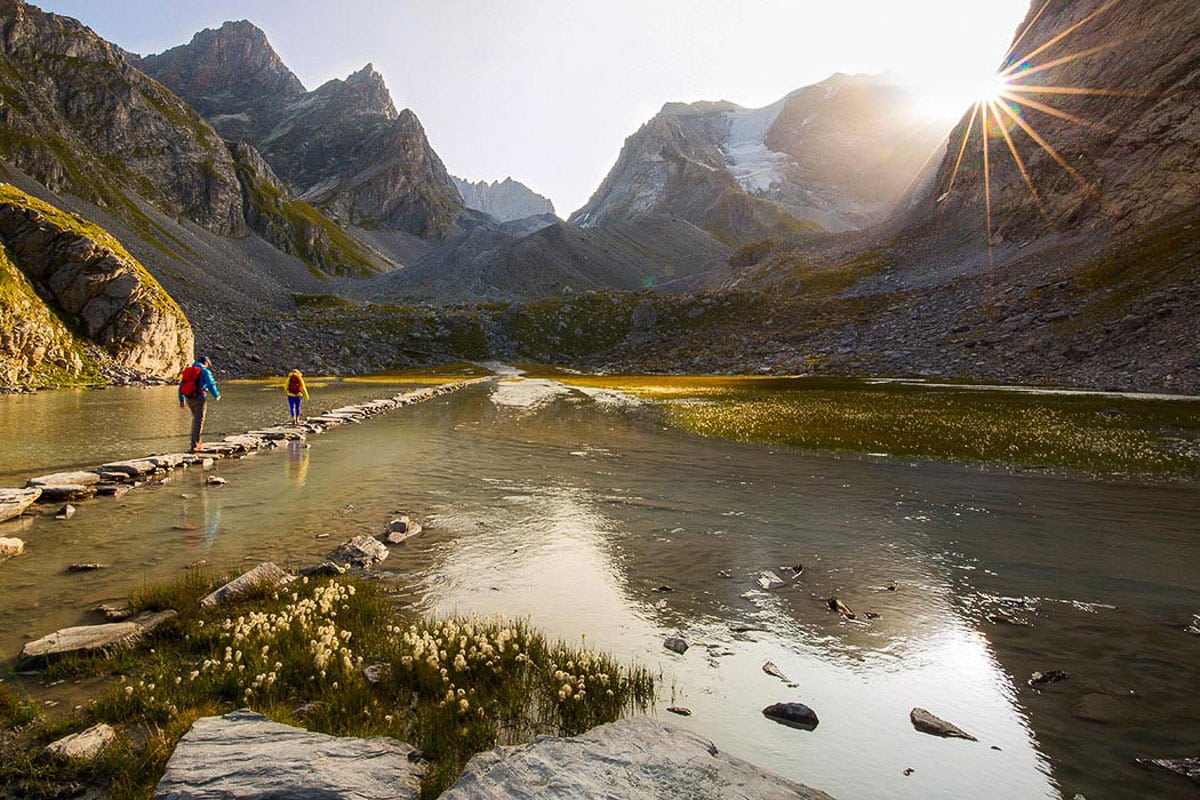
Mont Blanc to the Mediterranean
From $7,395
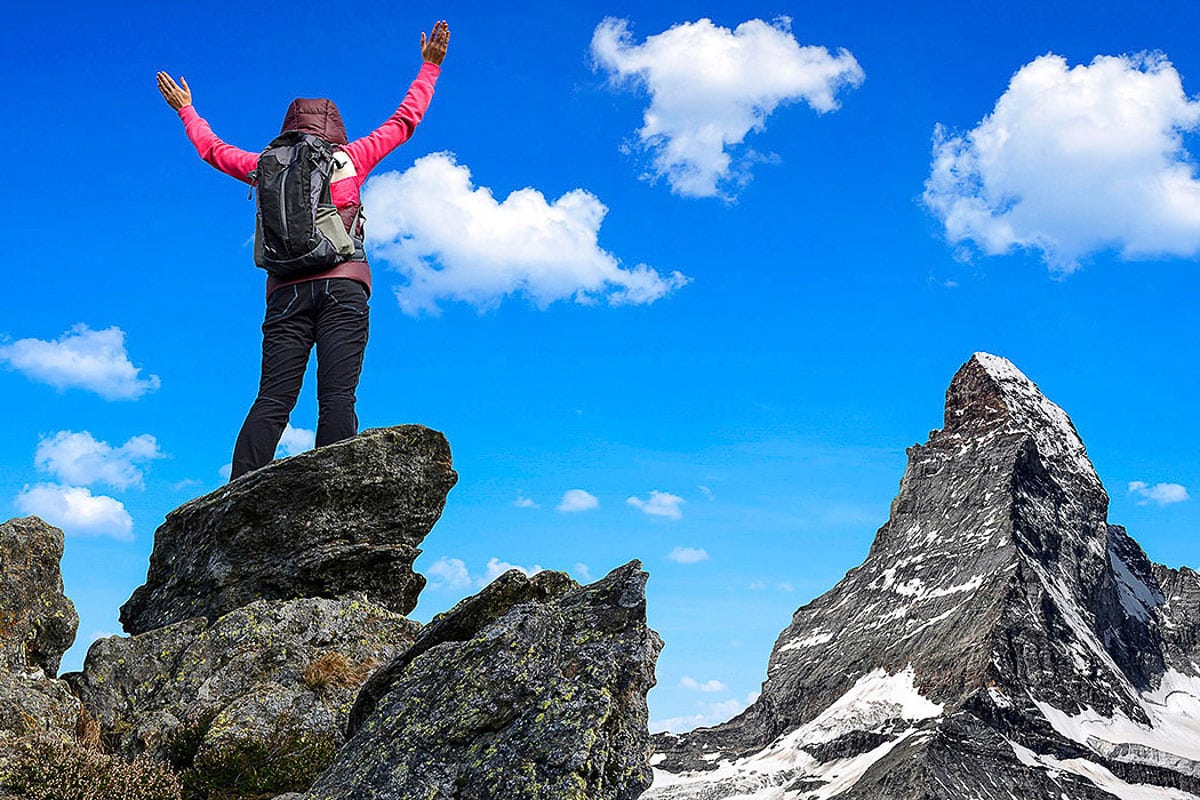
Ultimate Haute Route
From $6,995
Book your trip today
Our Area Specialists know every detail about our tours. They will be happy to answer any questions and help you choose the journey that’s right for you. Contact us to learn more or book your trip today!
Submit the form below to download itinerary
Trip Download Itin
Trip Levels
With more than 200 different adventures to choose from, we want to help you find the trip that’s right for you. Our Trip Level system ranks each trip in two ways: a number rating from 1 to 6 according to the activity, and general travel rigors. 1 is the easiest and 6+ the most difficult—see descriptions below for explanations of each number. A plus (+) sign means the trip is a bit more strenuous than other trips of that level. The detailed explanation of each trip—below the bar with the number rating—is perhaps more important, specifying activities, altitudes, hiking, and travel conditions. The Detailed Itinerary, available by download or mail, gives further information. Our Area Managers can also answer questions and guide you to the trip that best suits your interests.
Level 1 – Easiest
Non-camping journeys, optional walks, little elevation gain or loss.
- Royal Rajasthan and Villages of India
- Small ship cruises
Level 2 – Easy to Moderate
Hotel nights and/or safari-style camping, hikes of two to four hours on some days. Other physical activities are sometimes included, such as optional sea kayaking.
- Our African safaris
- Costa Rica Wildlife
Level 3 – Moderate
Half- to full-day hikes (3-6 hours) over rolling countryside on most days, occasional steep trails. Many of our hotel-based walking tours are in this category, as are our snorkeling adventures.
- Tuscany & the Cinque Terre
- Argentina: Hikes and Estancias of Patagonia
- Palau Snorkeling & Sea Kayaking
- Some trips with minimal hiking but rugged travel conditions or long drives, such as Tribal Ghana, Togo & Benin, are Trip Level 3.
Level 4 – Moderate to Strenuous
Full-day hikes (4-6 hours), mountainous terrain, significant elevation gains and losses (hiking up or down as much as 3,000 feet) on many days. Altitudes no greater than about 10,000 feet.
- Ultimate Patagonia
- Hiking the Spanish Pyrenees
Level 5 – Strenuous
Full-day hikes (4-8 hours), mountainous, steep terrain (hiking up or down as much as 3,500 feet) on many days. Trips with hiking at average altitudes of 10,000 to 12,000 feet are in this category.
- Inca Trail to Machu Picchu
- Everest Lodge to Lodge
Level 6 – Very Strenuous
Full-day hikes (5-8 hours), mountainous, steep terrain (hiking up or down as much as 3,500 feet) on many days. Most hikes take place at altitudes above 10,000 feet, with some days ascending as high as 18,000 feet.
- Everest Base Camp
- Climb Kilimanjaro!


- Trip Finder
- Newsletter Signup
- Request a call
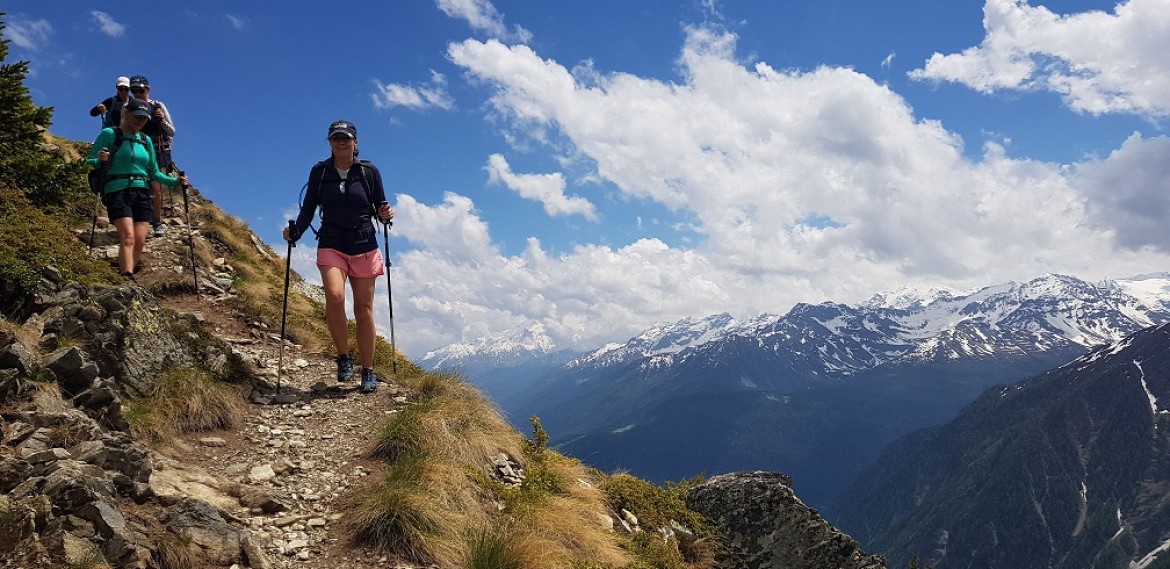
Tour du Mont Blanc - Deluxe, Guided Edition
Europe's most popular trek. Without huts, with luggage transfers and expert guides
Down from Mont Chetif along the Tour du Mont Blanc trail.
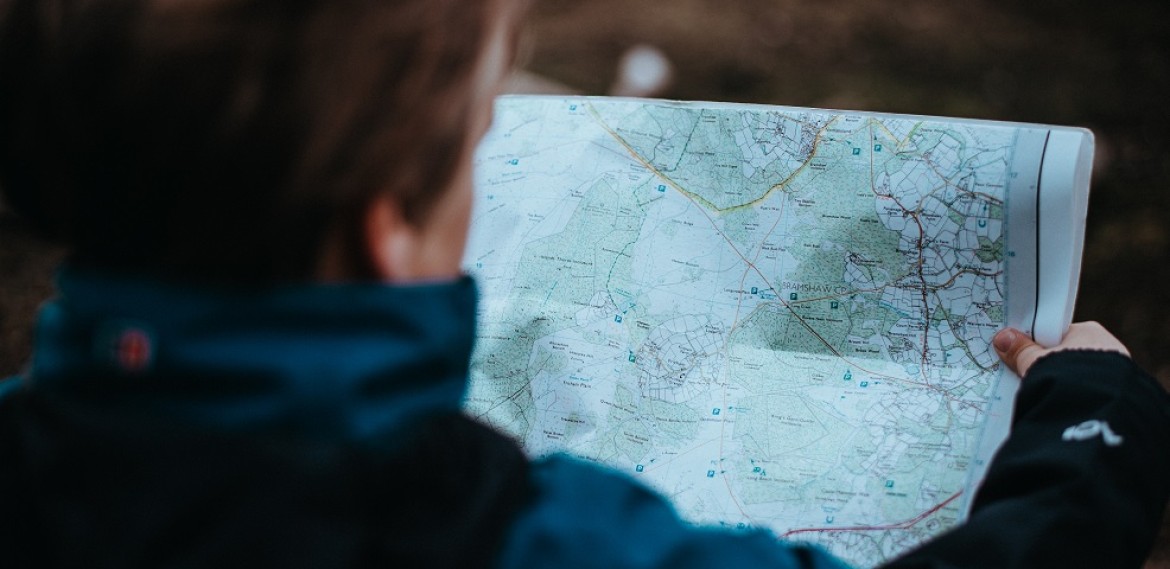
Self-Guided Tour du Mont Blanc
Self-Guided Trekking for the Independent Traveler
Photo by Annie Spratt
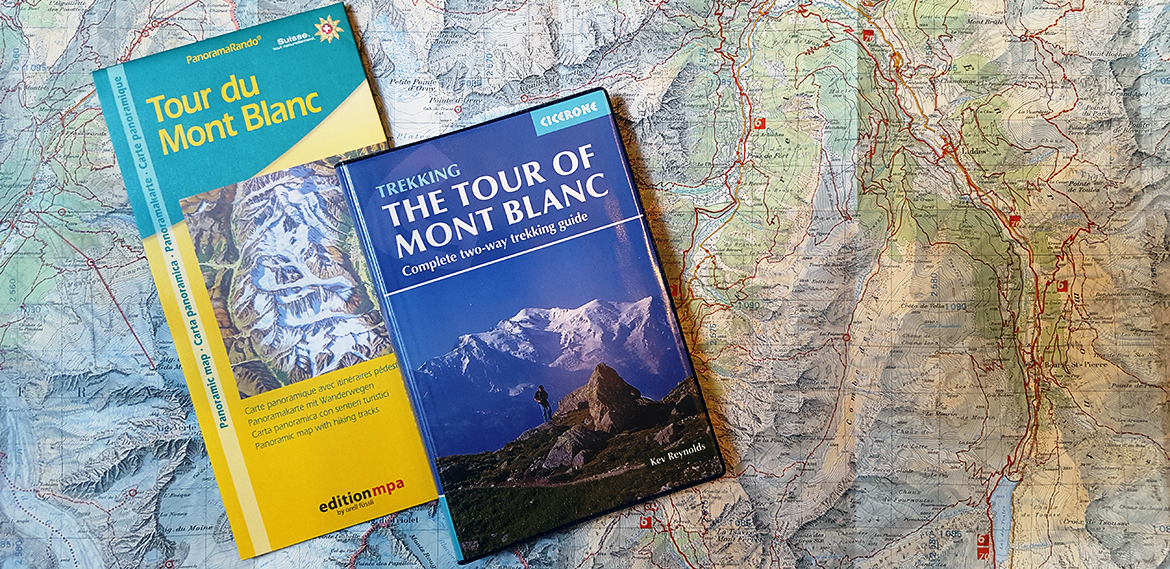
Maps, Books, and Gear
Go prepared with everything you need for a perfect trek
Some of the available maps and books on the Tour du Mont Blanc. Photo by Alpenwild

Tour du Mont Blanc Trekking
Guided and self-guided alpenwild tour options.
Hike and Trek around Mont Blanc, which rises over 15,770 feet (4,808 meters) above sea level, and is the snow-capped queen of the Alps. Its flanks, glaciers, and deep valleys straddle three countries—France, Italy, and Switzerland. Hiking the Tour du Mont Blanc is the trip of a lifetime. As you circle the base of Mont Blanc you’ll experience the immense snowfields, hanging glaciers, wild-flowered meadows, and dense forests that decorate its walls. More than just a single peak, the Mont Blanc Range, which we compass, contains ten other major summits—each over 4,000 meters high. And with all that elevation you’ll find abundant glaciers, including the Mer de Glace and the Miage Glacier—the longest glaciers in France and Italy, respectively.
A classic Alps adventure awaits as you join one our guided or self-guided Deluxe Tour du Mont Blanc treks.
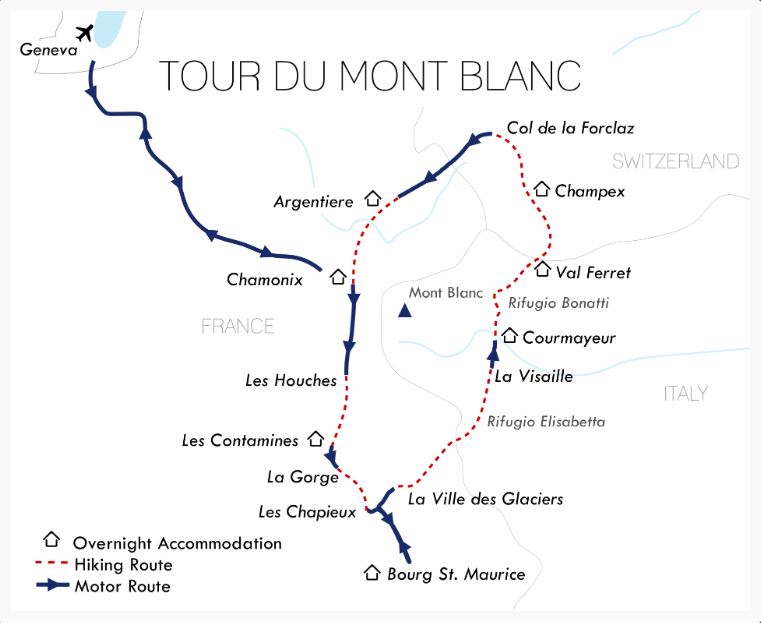
Starting in Chamonix, France, the 12 days and 11 night Deluxe Tour du Mont Blanc Alpenwild trek includes:
- Handpicked inns and hotels (no huts)
- Luggage transfers
- Experienced and qualified guide
- Incredible meals
- Transportation to and from the airport and during the tour
- Les Hauches cable car
- Bioonassay suspension bridge
- Visit the 15th century baroque chapel of Notre Dame de la Gorge
- Courmayer rest day
- Skyway Monte Bianco – cable car
- Courmayer nature gardens
What are you waiting for? Come join us on the Tour du Mont Blanc this summer!
Do you have any questions or concerns? Talk with an expert (who has actually done the tour) email [email protected] or call 801-226-9026.
Tour du Mont Blanc: A Trek of a Lifetime
With nothing to do but book flights and get in shape for this classic trek, prepare to have the adventure of a lifetime. At Alpenwild, we are Tour du Mont Blanc tour experts. You will thoroughly enjoy the trails, accommodations, meals and comradery along the trail.
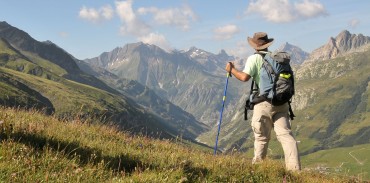
Tour du Mont Blanc Overview
Let’s start planning your Tour du Mont Blanc hike with the basics. Where. When. How.
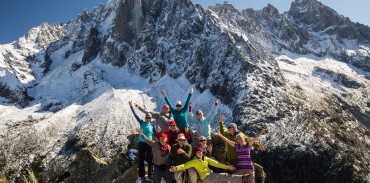
A Mont Blanc Trek Above the Rest
Discover what features make Alpenwild's Tour du Mont Blanc stand out from the rest.
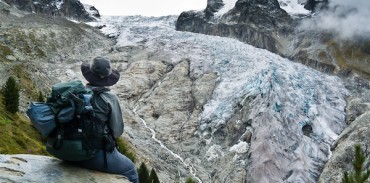
Trek Packing List
We've been there, done that and share our packing list so you can go there, without forgetting that.
The Perfect Way to See the Alps
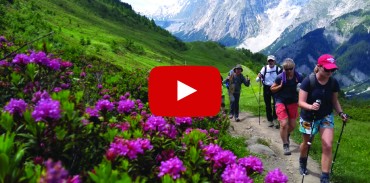
Tour du Mont Blanc
Be a part of the Tour du Mont Blanc for just 4 minutes in this new Alpenwild video
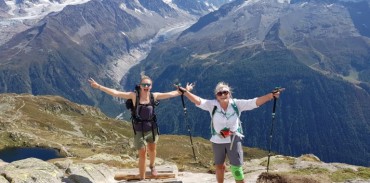
Guides and Trip Leaders
Alpenwild guides are the best in the Alps. Meet them. Read their stories. See what our guests say about them.
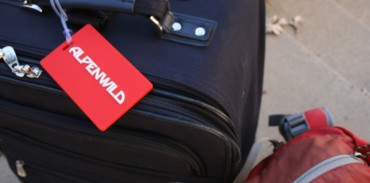
Luggage Transfers and Shuttles
Hike light and enjoy the trek. Luggage transfers make all the difference
The Tour du Mont Blanc is a classic inn-to-inn alpine trek—one which Alpenwild has refined with many creature comforts, exquisite cuisine, and superb accommodations. As you trek the Tour du Mont Blanc, you’ll experience the culture, the rich history of the Alps along with the stories of how this massive mountain has beckoned hikers and mountaineers for over 250 years. Our 12-day guided trip sets a new standard, and on our self-guided treks you can adjust the itinerary to perfectly suit your skills and interests.

See our Privacy Policy.

IMAGES
VIDEO
COMMENTS
The classic route: between 9 and 11 days. The shortened route: 7 days. The Haute Route: an alpine variant. The first and most complete one is to do the whole Tour Du Mont Blanc. Depending on your itinerary and your pace, you will hike 9 to 11 days, covering nearly 170 km and facing more than 10,000 meters of vertical drop.
3 reviews. 1. Re: Tour Du Mont Blanc in October. 6 years ago. Save. There will be some accommodations available in the towns that are open year round, but most huts will be closed. As far as spaces for tents, the one campground I know of that is right on the route is already closed for the season. You would need to just find a place for your ...
The Tour du Mont Blanc spans 170.0 km, granting plenty of time to bask in the wild, undulating scenery stamped by the intoxicating Mont Blanc Massif. Most trekkers complete this incredible outdoor adventure in 8 to 11 days, but transportation assistance can shorten your time. Taking alternate routes along the trail may also manipulate how long ...
The Tour du Mont Blanc (TMB) is a captivating multi-day hike that circuits the Mont Blanc massif in usually 10-11 days, passing through France, Italy and Switzerland. The main Tour du Mont Blanc route is 170 km (105 miles) long and involves 10,080 meters (33,071 feet) of elevation gain and loss. The Mont Blanc mountain range takes its name from ...
The Tour du Mont Blanc is a 168 km (104 mile) trail that goes around the Mont Blanc Massif and has a total height gain and loss of 32,000 feet (10,000m) depending on the variants you choose…that's the equivalent of climbing Mount Everest (without the high altitude of course). Mont Blanc isn't solitary. It's surrounded by a breathtaking ...
Circling the largest peak in the Alps, Mont Blanc, the trail covers 170km (105 miles), climbs more than 10,000m (32,800ft) in cumulative altitude, and weaves through three Alpine countries: France, Italy and Switzerland. Typically, the route begins and ends in Les Houches, France, and follows a counterclockwise loop around the mountain range.
Welcome to the Tour du Mont Blanc (TMB) 3 countries, one identity, 10,000 m in altitude and about 60 hours of walking, 170 km of discovery for a total of 10 days of satisfaction!
Tour du Mont Blanc Difficulty. Stages Tour du Mont Blanc Itinerary 5 Days. Stage 1: Les Houches to Les Contamines. Stage 2: Les Contamines to Refuge du Col de la Croix du Bonhomme. Stage 3: Col de la Croix du Bonhomme to Cabana Combal. Stage 4: Cabana Combal to Courmayeur. Stage 5: Courmayeur to Rifugio Bonatti.
Tour Du Mont Blanc Itinerary. 10-Days Itinerary. Day 1: Chamonix - Les Contamines. Day 2: Les Contamines - Les Chapieux. Day 3: Les Chapieux To Rifugio Monte Bianco. Day 4: Rifugio Monte Bianco - Courmayeur. Day 5: Courmayeur - Val Ferret. Day 6: Val Ferret - La Fouly. Day 7: La Fouly - Champex-Lac.
The Tour du Mont Blanc (TMB) is a 170-km trek that circles the Mont Blanc massif. The route is traditionally walked in the anti-clockwise direction over 11-stages. The TMB starts and finishes in the French village of Les Houches, which sits adjacent to the popular mountain town of Chamonix.
The best time to hike the Tour du Mont Blanc is between June and September. July and August are peak months, meaning a busier trail but fantastic weather. Mont Blanc's summer months boast lush greenery cloaked with wildflowers, attracting a range of adventurers. However, the pretty scenery comes with a price— congested trails and ...
Tour du Mont Blanc Hiking - Routes, Maps and Itineraries. The Tour du Mont Blanc is a 170 km trek that encompasses the whole of the Mont Blanc Massif; with nearly 10 000m of cumulative descent and ascent it is usually completed in a number of days. The TMB has a variety of accommodations along its way (hotels and mountain huts with possibility ...
Kev Reynold's Trekking the Tour du Mont Blanc is the most longstanding and popular guidebook, although we love the detailed maps in Trailblazer's Tour du Mont Blanc by Jim Mathorpe. ... October 7, 2023. 3. Money on the TMB October 6, 2023. 4. Trekking the Tour du Mont Blanc in June - early season September 25, 2023. 5. Water stops on the TMB
Tour du Mont Blanc from Les Houches in 12 days. This is the traditional 12 day, anti-clockwise route starting at the village of Les Houches, in the Chamonix Valley, just 6km from the town of Chamonix. The alpine arcadia that lies ahead hits you as soon as you arrive, and your walking holiday gets off to a gentle start, taking a cable car up to ...
September is a good time to hike the Tour du Mont Blanc, as long as you're happy to hike in cooler, but not chilly weather. The average temperature range for September is 9 - 21C (48 - 70F). By September school holidays will be over for most, so the trail will be noticeably quieter, and rainfall figures for the month are fairly typical, an ...
Tour du Mont Blanc accommodation costs can really mount up for a family to hike the TMB with typical refuge tariffs between 50-60 euros per night, going up to easily 80-85 Swiss francs (around the same in euros) in Switzerland. ... Tel: 00 33 479 313 022 in season (mid-May - Oct) Email: [email protected] (out of season) www ...
The Tour du Mont Blanc is a 170 km trekking trail through France, Italy and Switzerland. Circumnavigating Western Europe's highest mountain, Mont Blanc, it is one of the world's classic multi day treks and is on every serious hiker's bucket list. Tour du Mont Blanc Hike is a blog dedicated to all aspects of the famous Tour du Mont Blanc ...
The Tour du Mont Blanc, one of the world's most classic treks, is a circuit hike around western Europe's tallest mountain. On your traverse around the Mont Blanc mountain range, you'll hike through France, Italy, and Switzerland thereby enjoying views of this spectacular mountain from many different angles. Because the Mont Blanc stands ...
The Tour du Mont Blanc features in the World's top ten 'must do' treks and it's not hard to understand why, as this trek is outstanding with amazing views day after day. The full circuit takes you on a 170 km journey around the Mont Blanc mountain range accumulating 10,000m of height gain and descent. You will trek through three alpine ...
Day 1 - Arrive Geneva. Transfer to Chamonix. Day 2 - Depart Chamonix. Les Houches to Les Contamines-Montjoie. Day 3 - Contamines to Les Chapieux, Bourg-Saint-Maurice. Day 4 - Ville des Glaciers to Courmayeur. Day 5 - Courmayeur Rest Day. Day 6 - Courmayeur to Lavachey. Day 7 - Lavachey to Champex-Lac.
The Tour du Mont Blanc difficulty level is somewhat subjective to the hiker. The Gouter route is relatively easy because it takes about two days to reach the ascent and does not require extensive ...
Glacier-clad Mont Blanc, western Europe's highest peak, has seven major valleys radiating into France, Italy, and Switzerland and a fantastic array of ecosystems. A multi-day hike circling this entire massif crosses from one country to the next—on foot! The Tour du Mont Blanc is one of the Great Hikes of the World, and we've honed this classic to perfection. Impeccably designed days bring ...
Hike and Trek around Mont Blanc, which rises over 15,770 feet (4,808 meters) above sea level, and is the snow-capped queen of the Alps. Its flanks, glaciers, and deep valleys straddle three countries—France, Italy, and Switzerland. Hiking the Tour du Mont Blanc is the trip of a lifetime. As you circle the base of Mont Blanc you'll ...
60 likes, 0 comments - nithoalif on October 21, 2023: "Tour du Mont Blanc Pt. 1 — Bourg-Saint-Maurice, France , September 2023 - Standing on the Col des Fours, one of the two highest point of the TMB (2665m) - Marching on through the mountain pass while battling the end-of-summer heat - Taking the alternate route/variants to avoid crowds - Ascending the seemingly endless path towards Col du ...